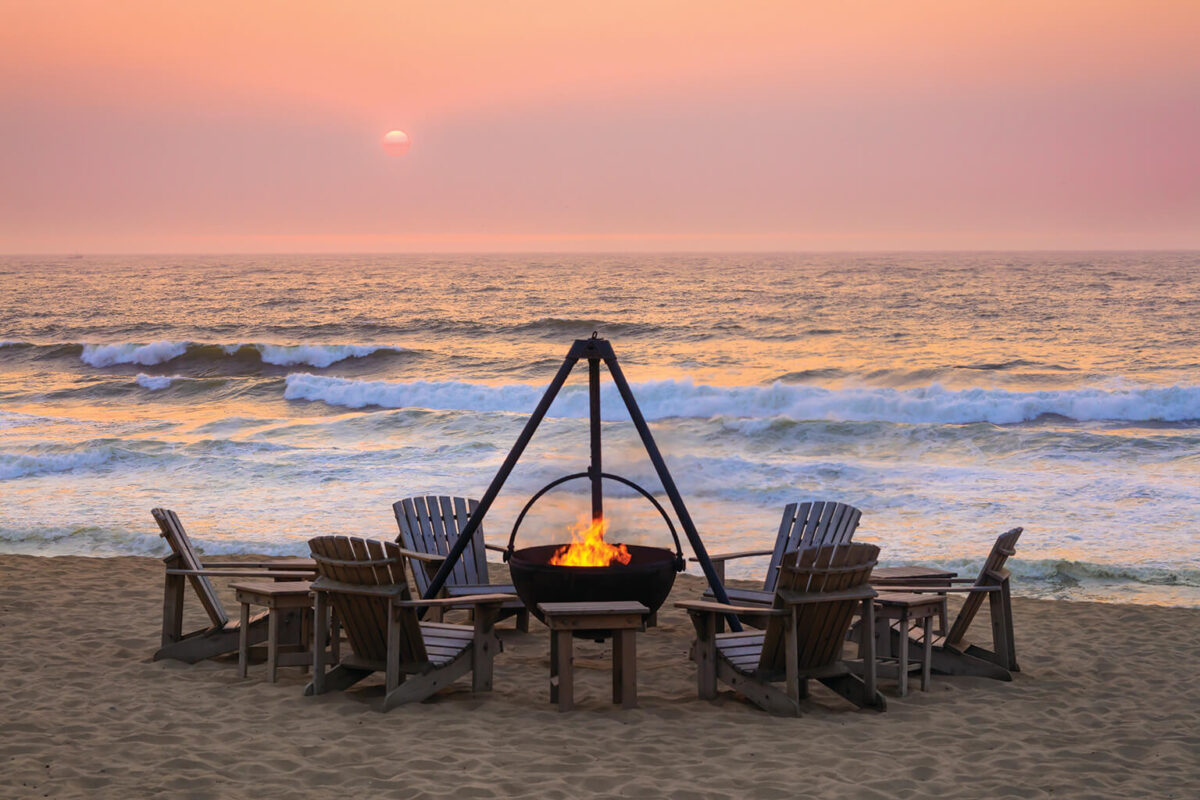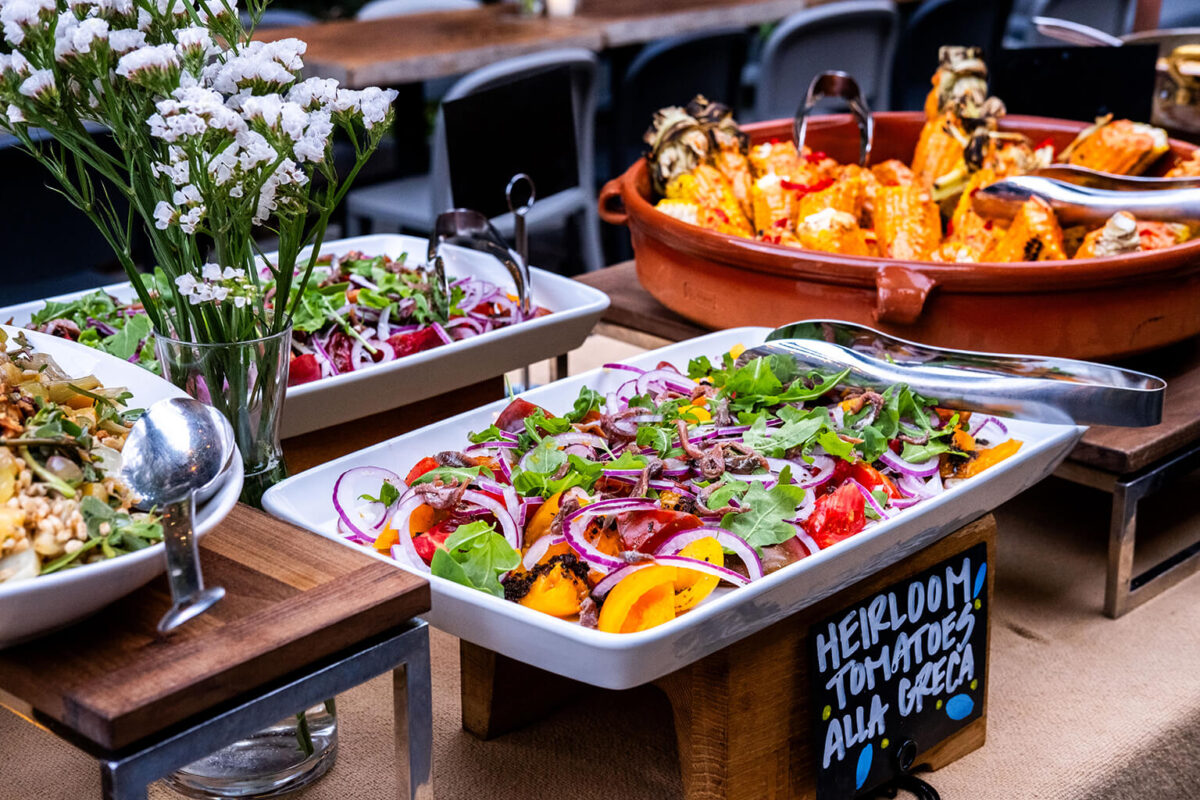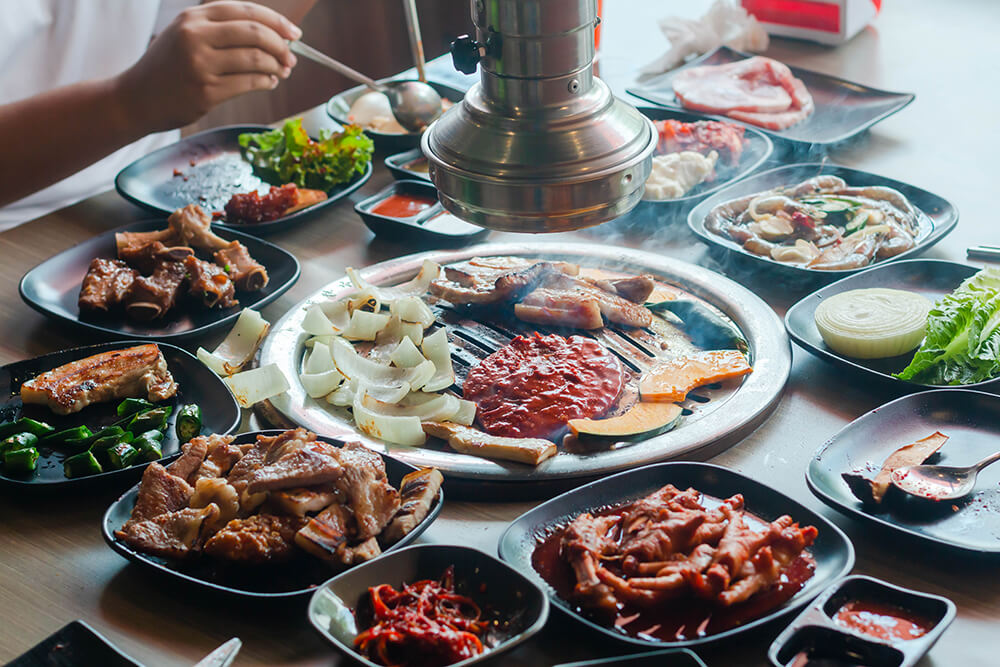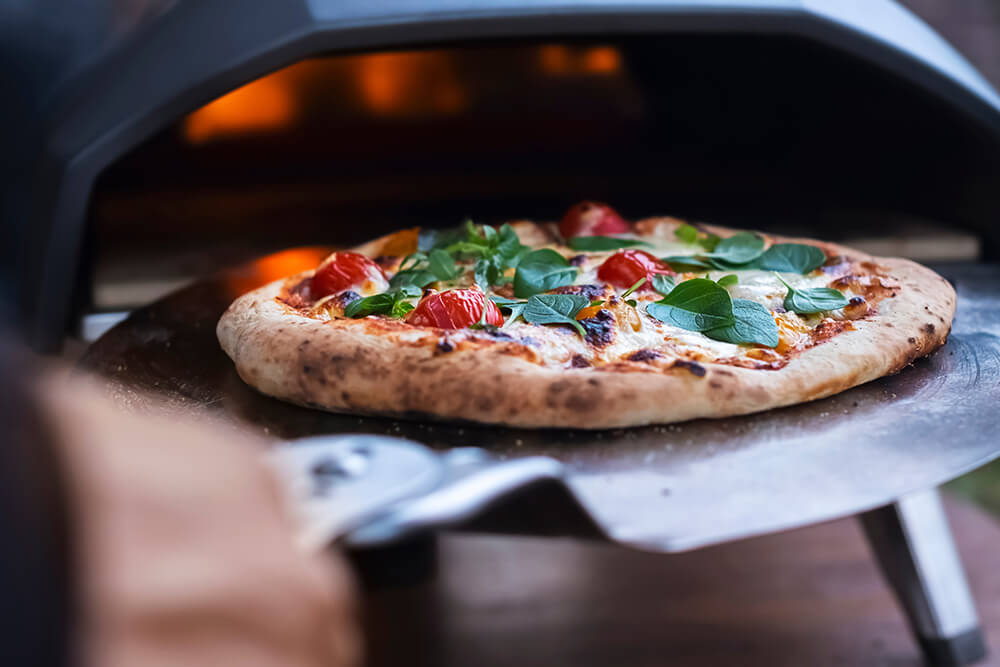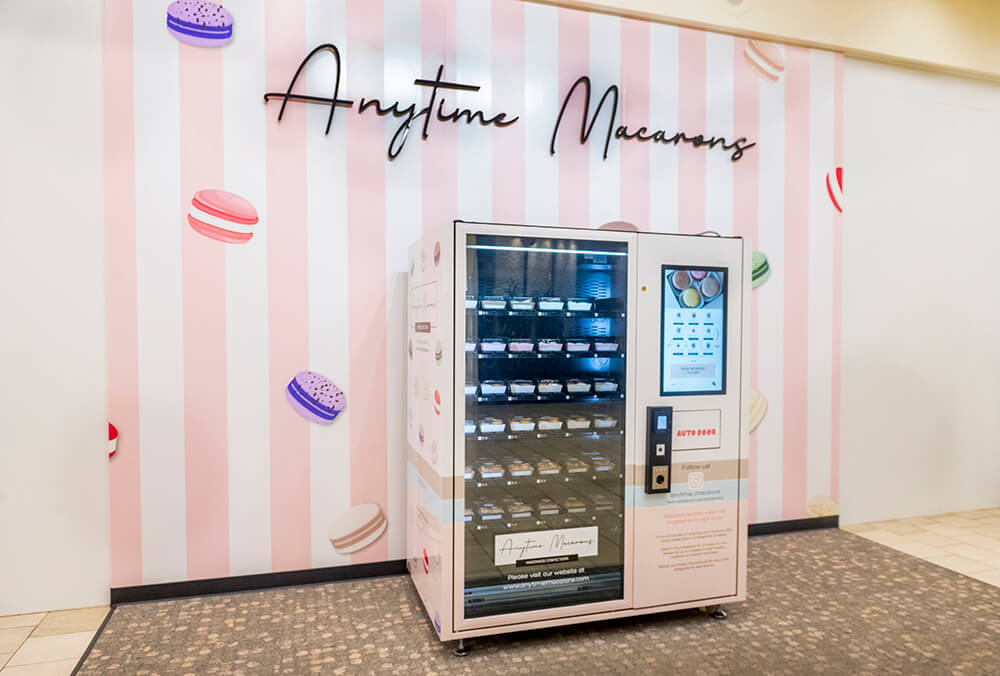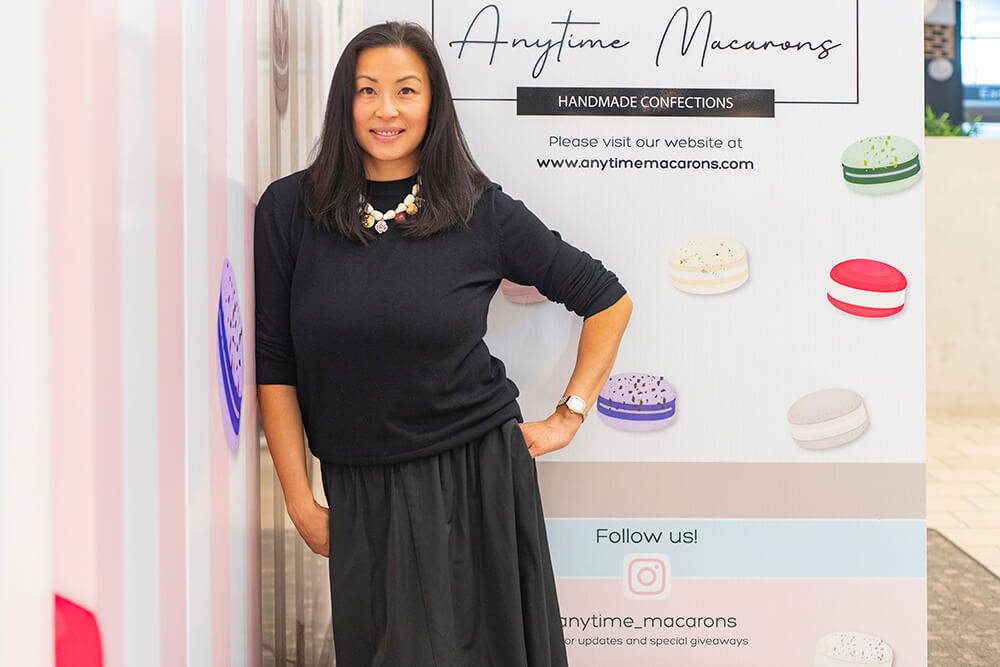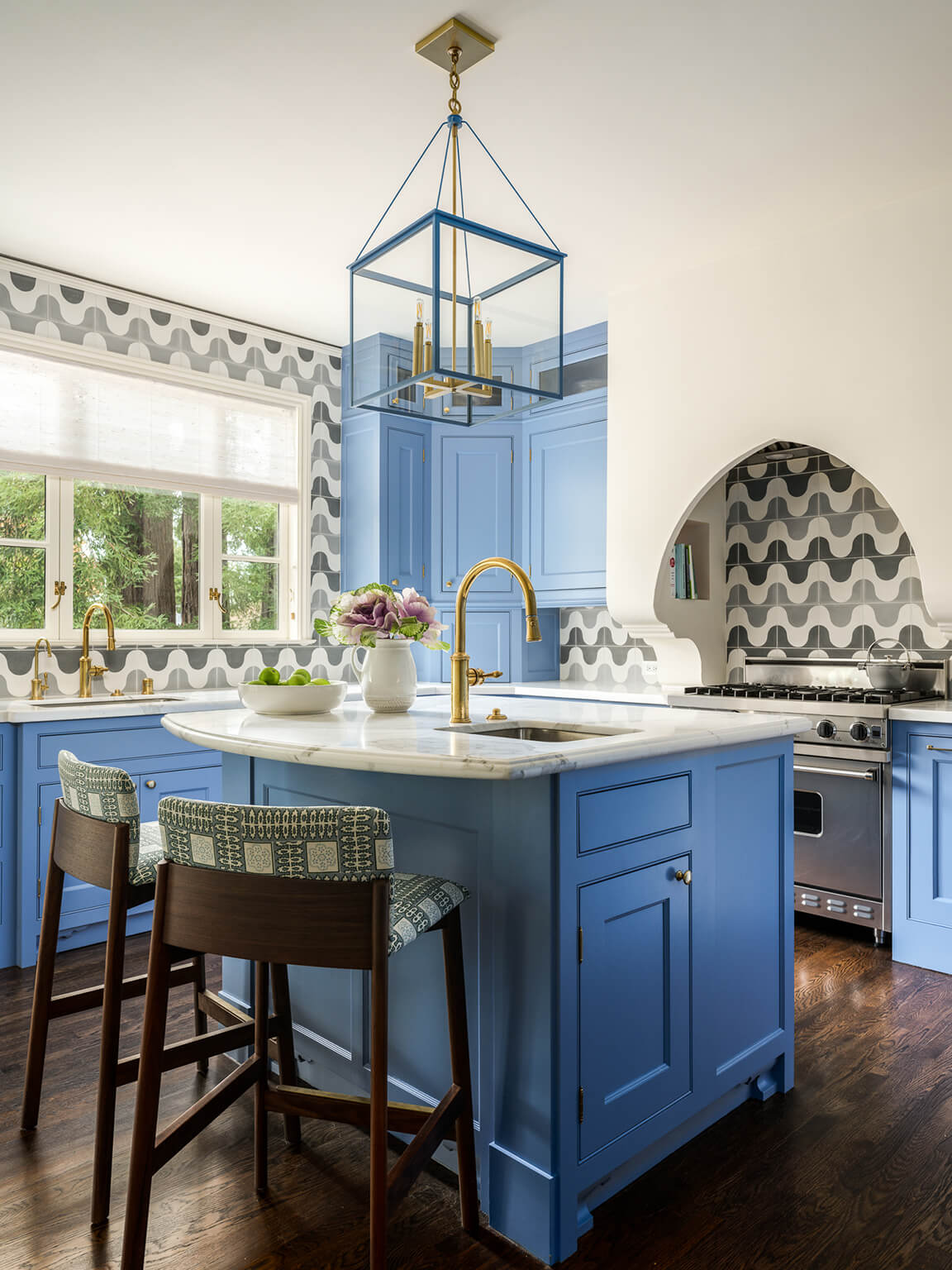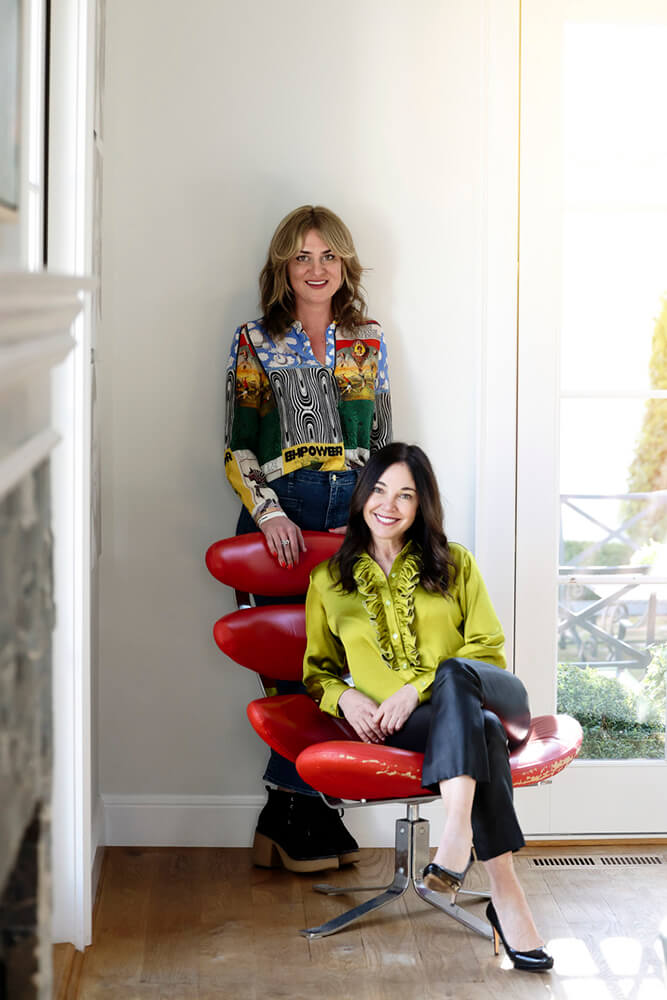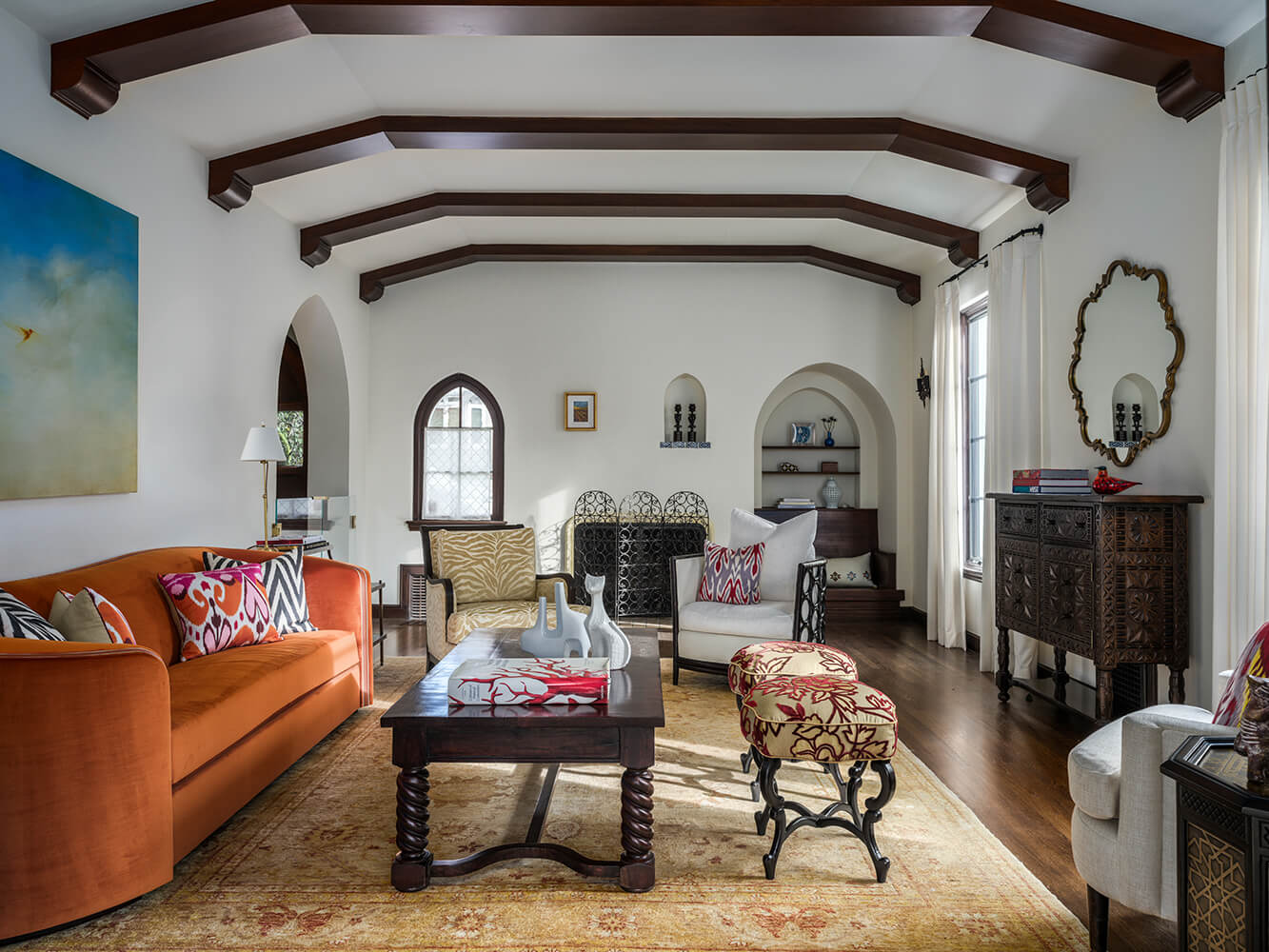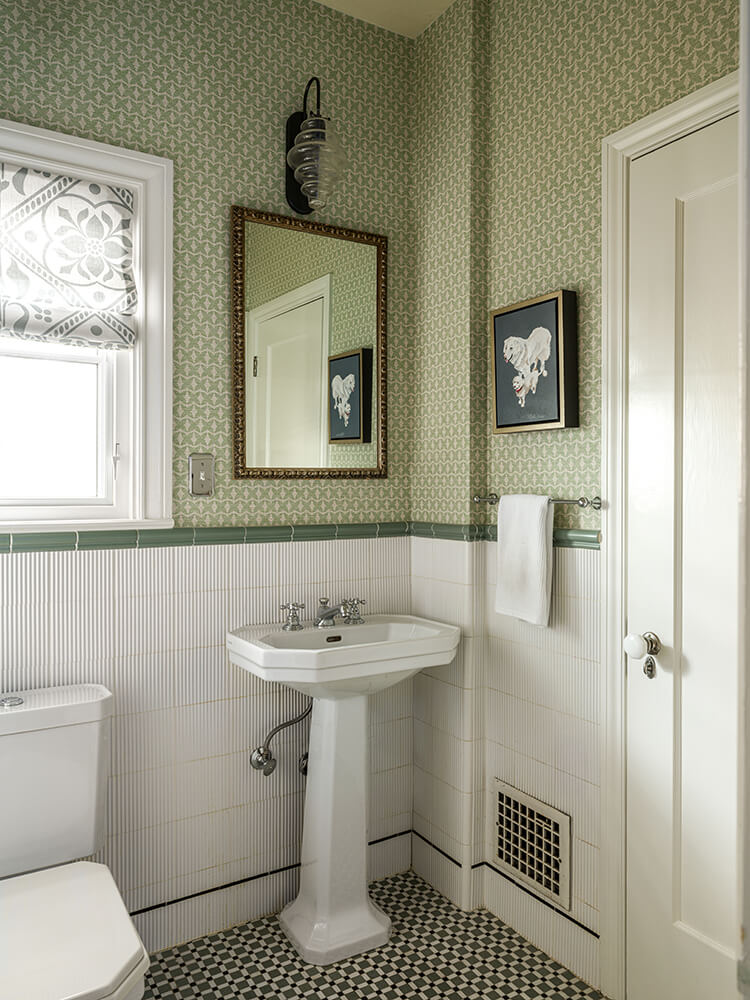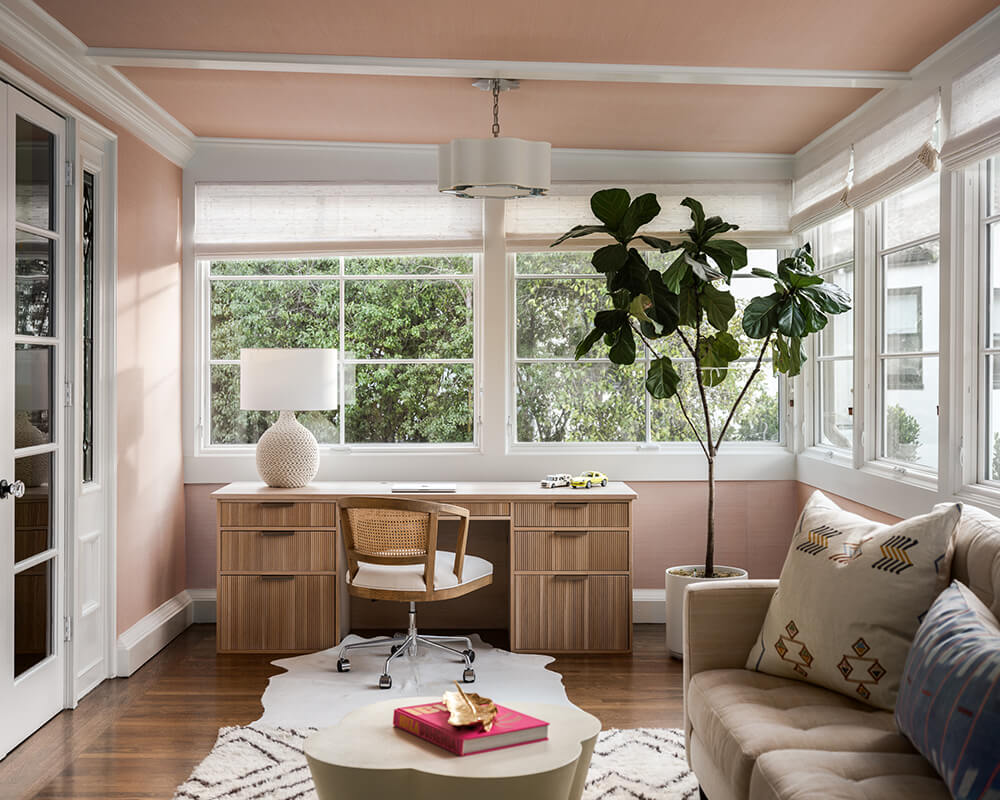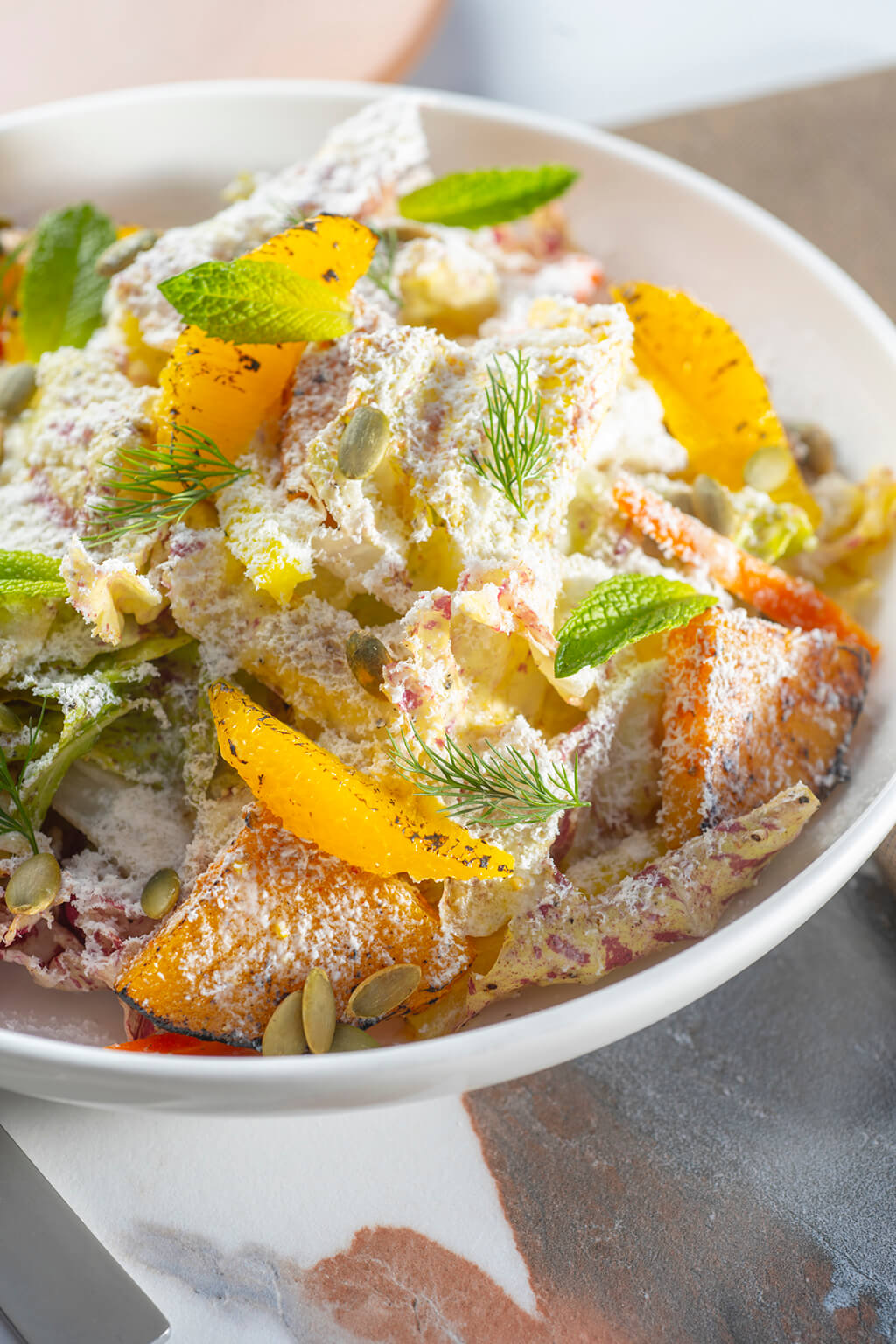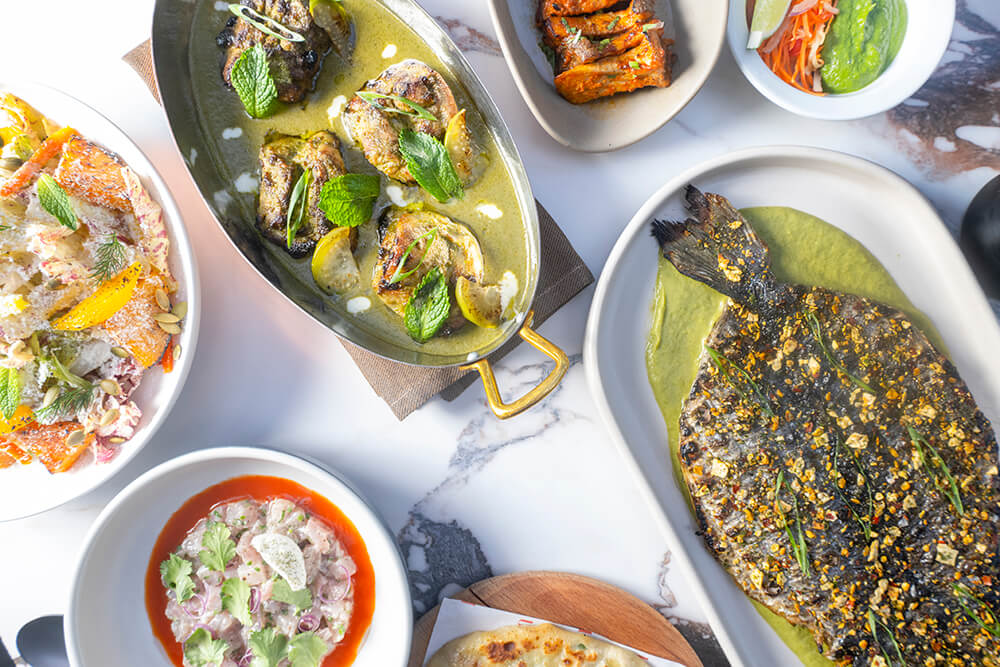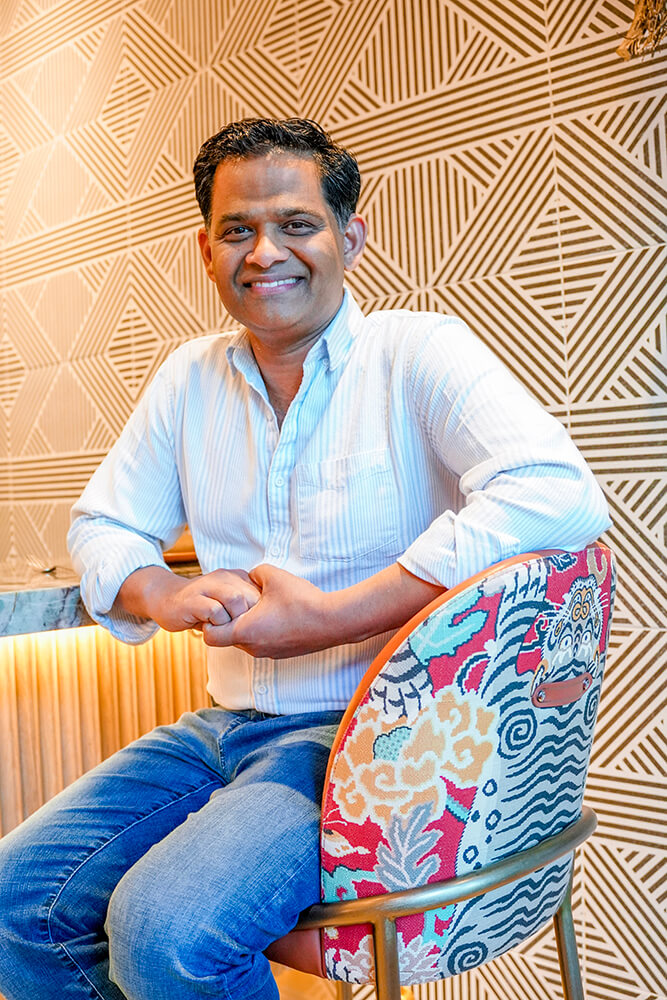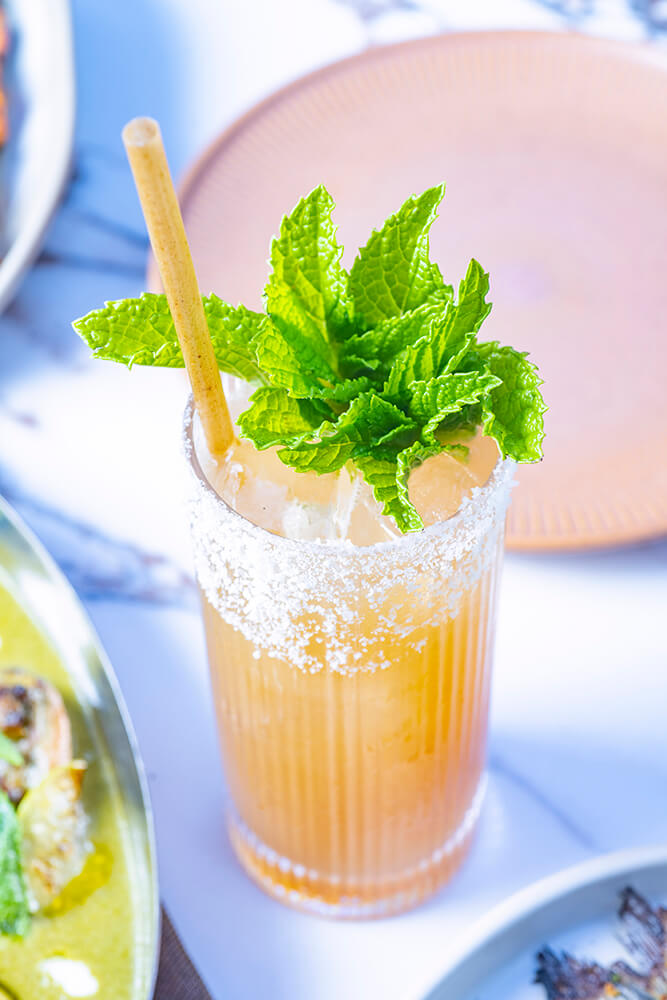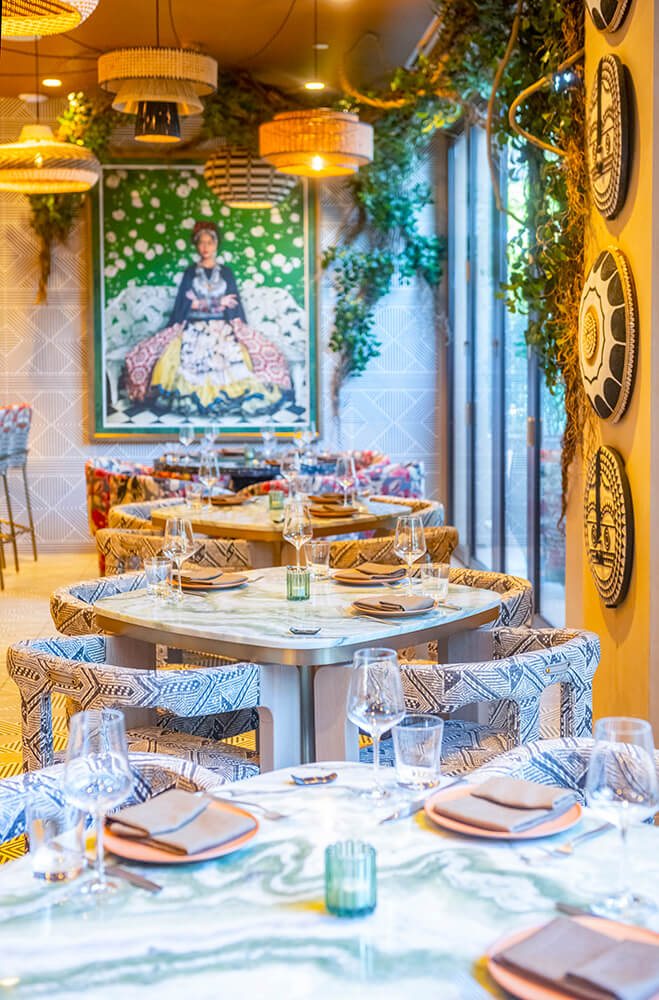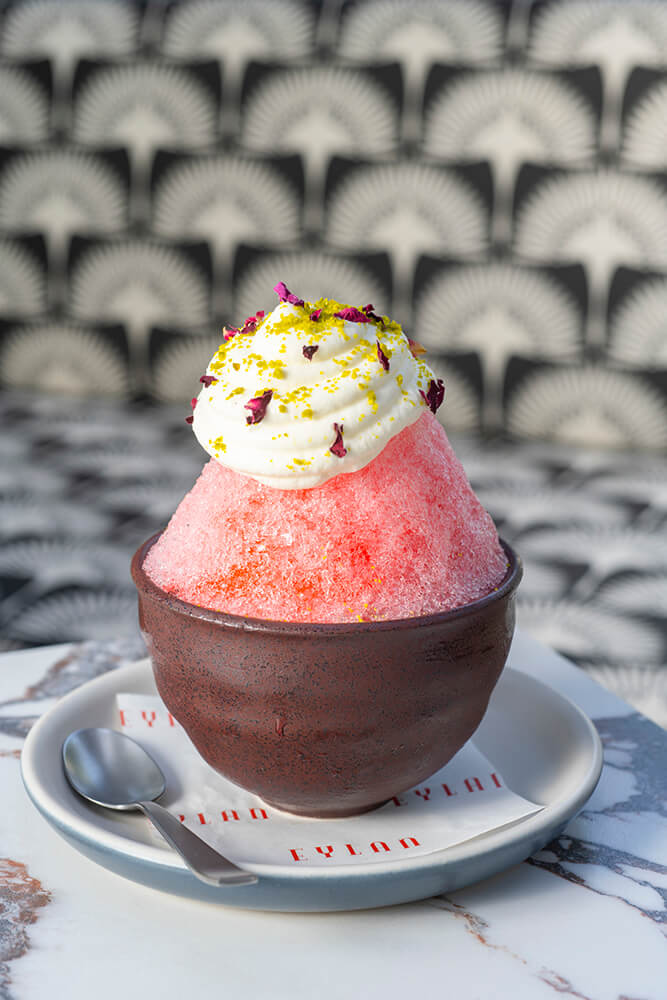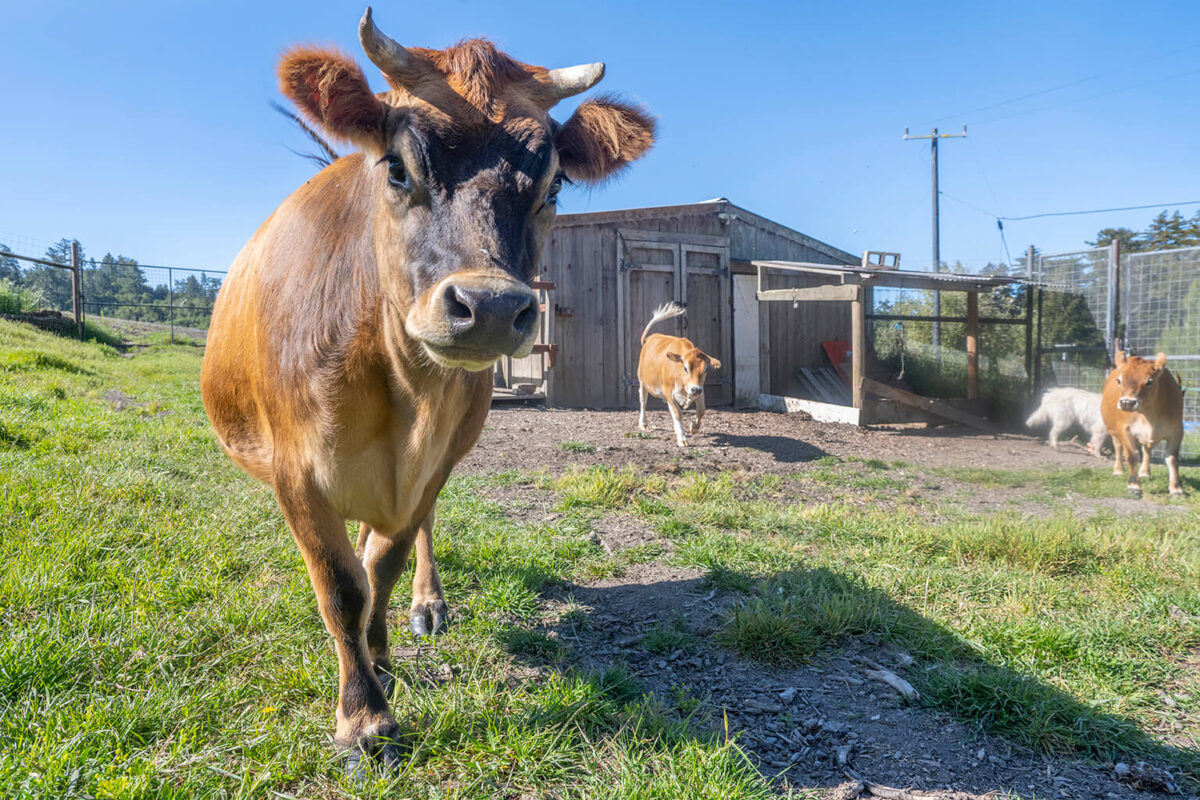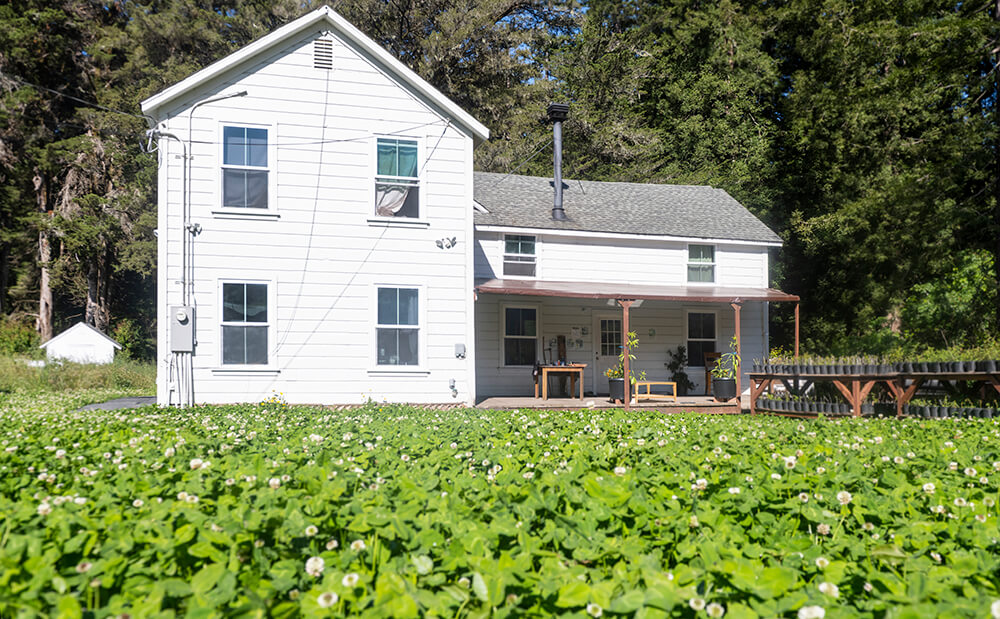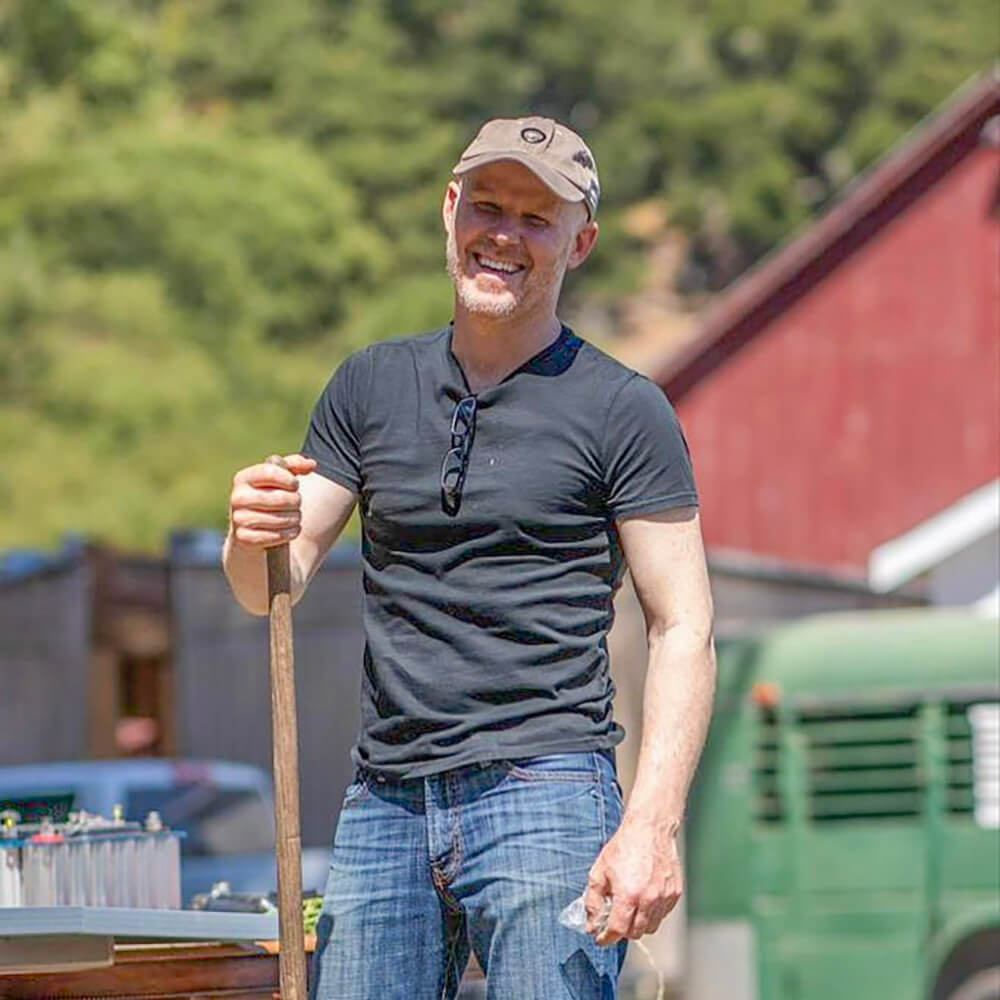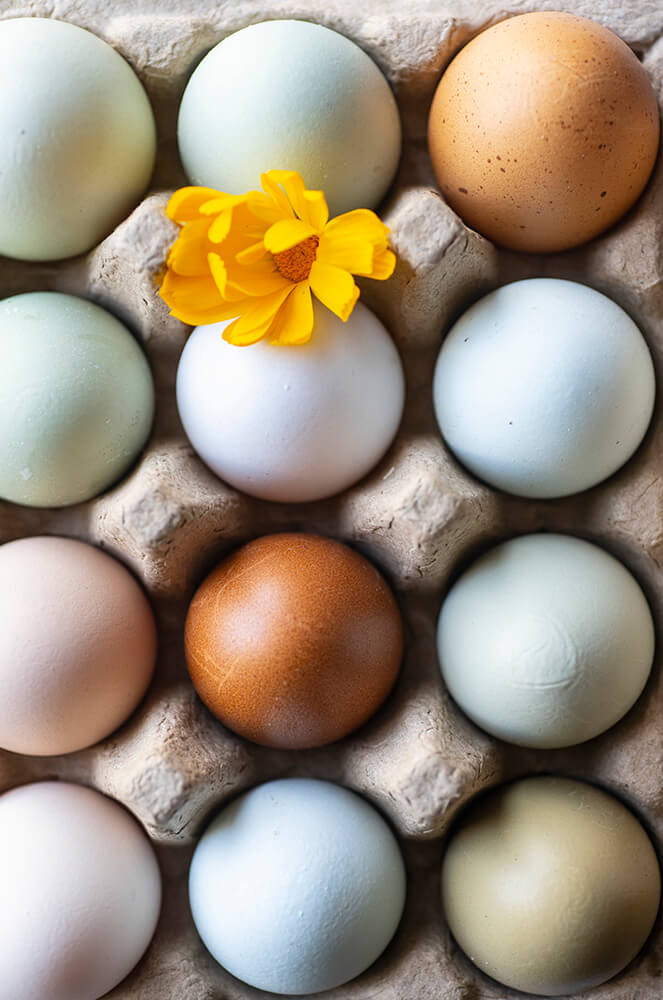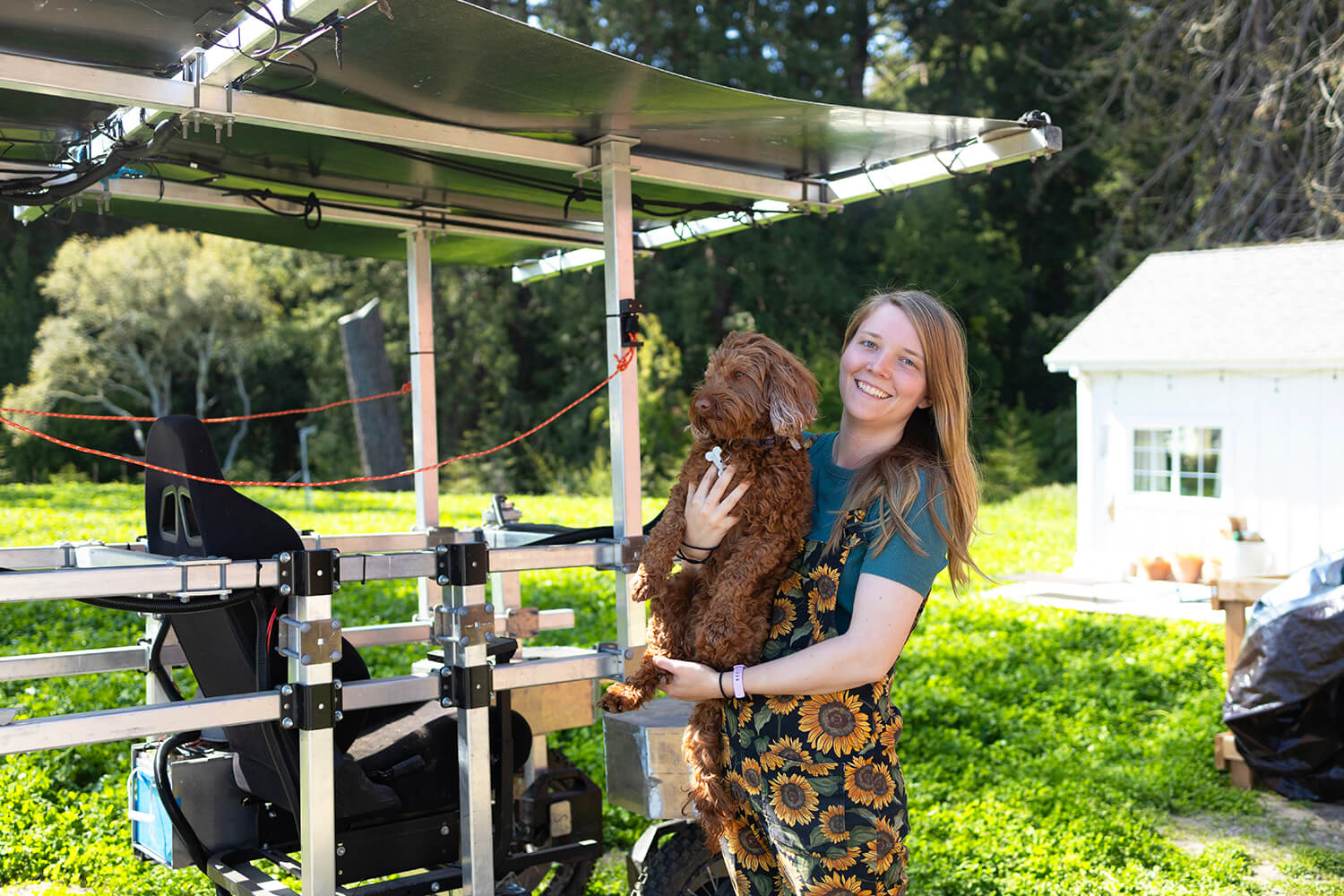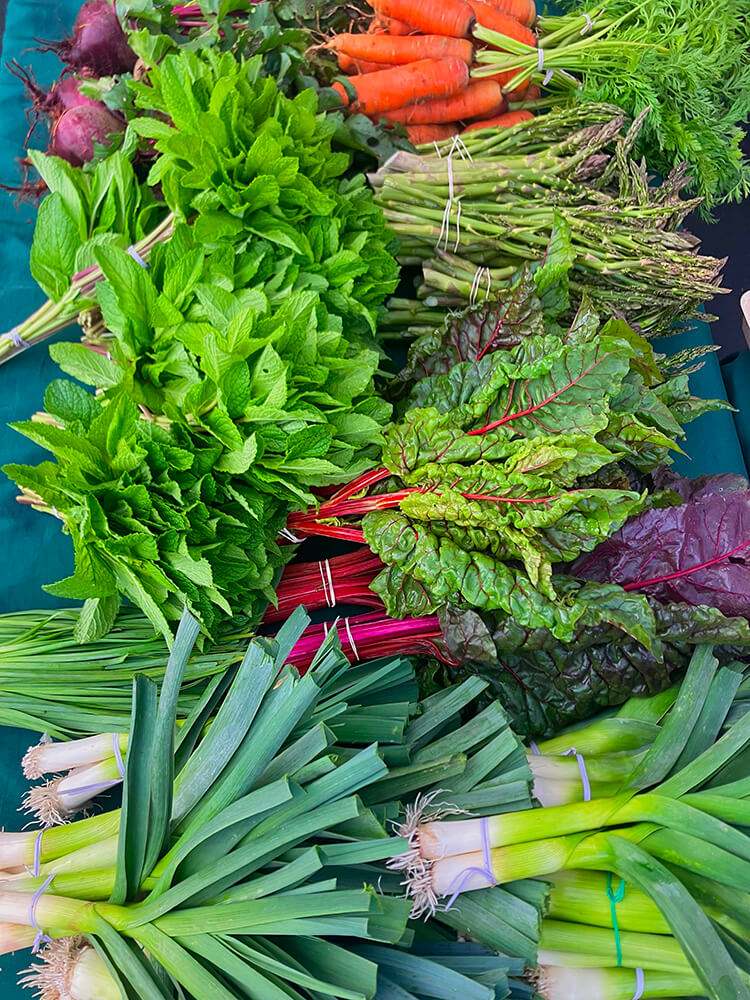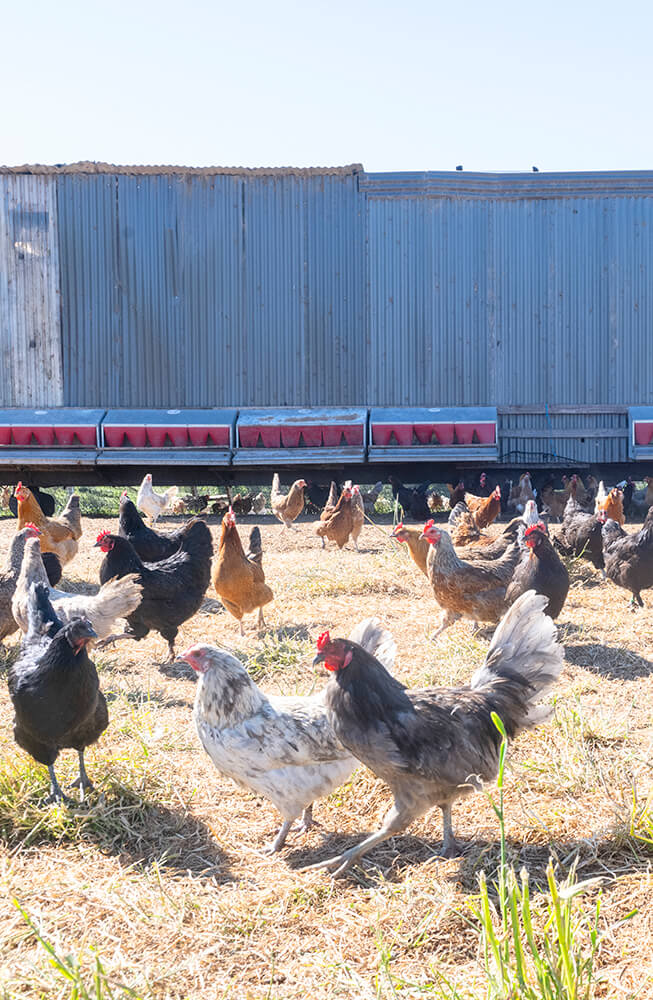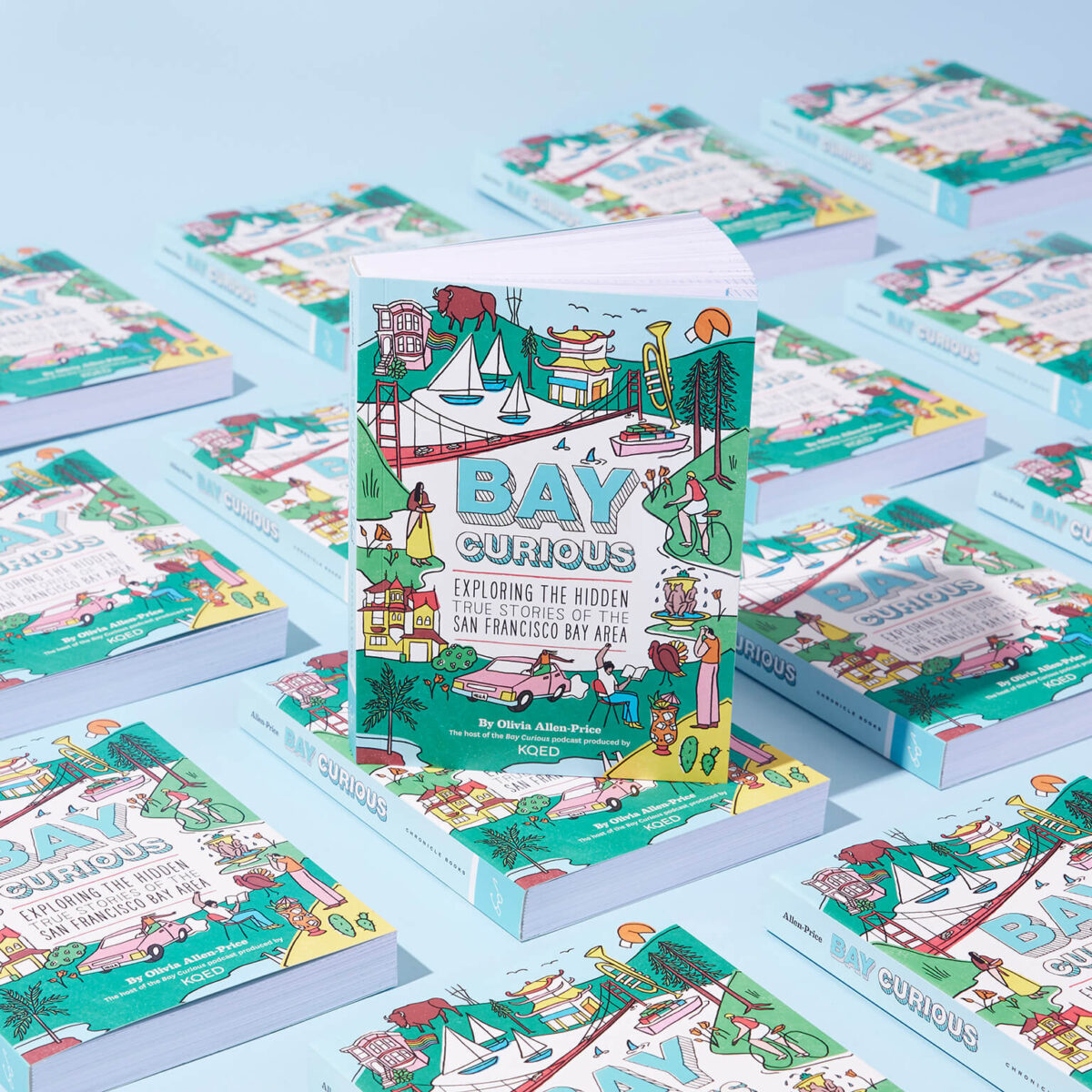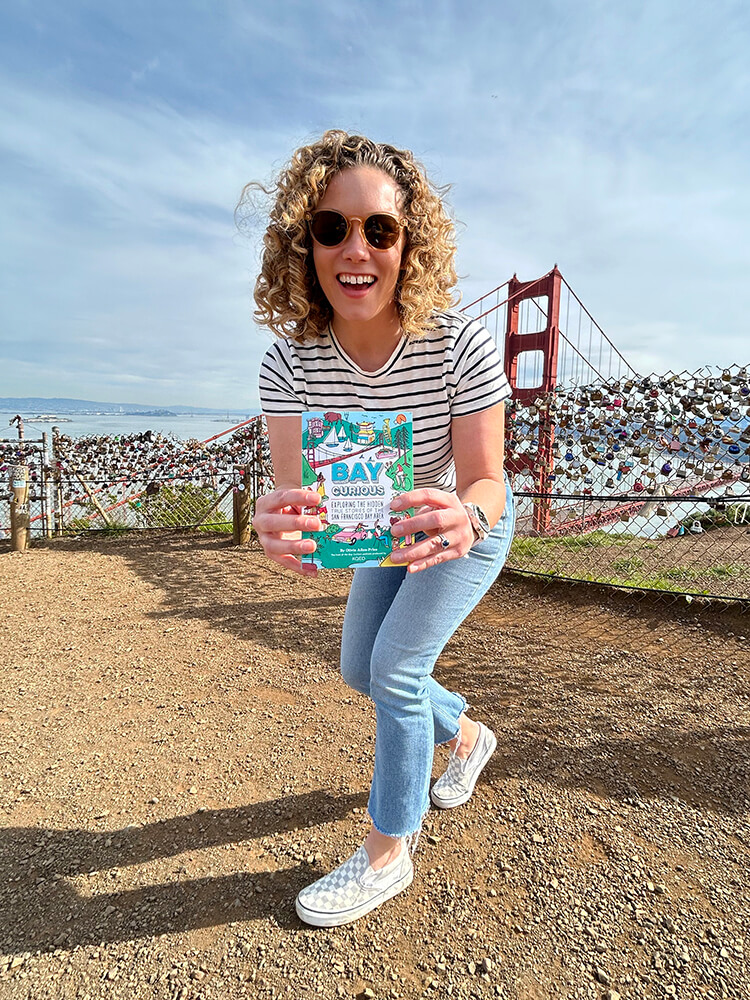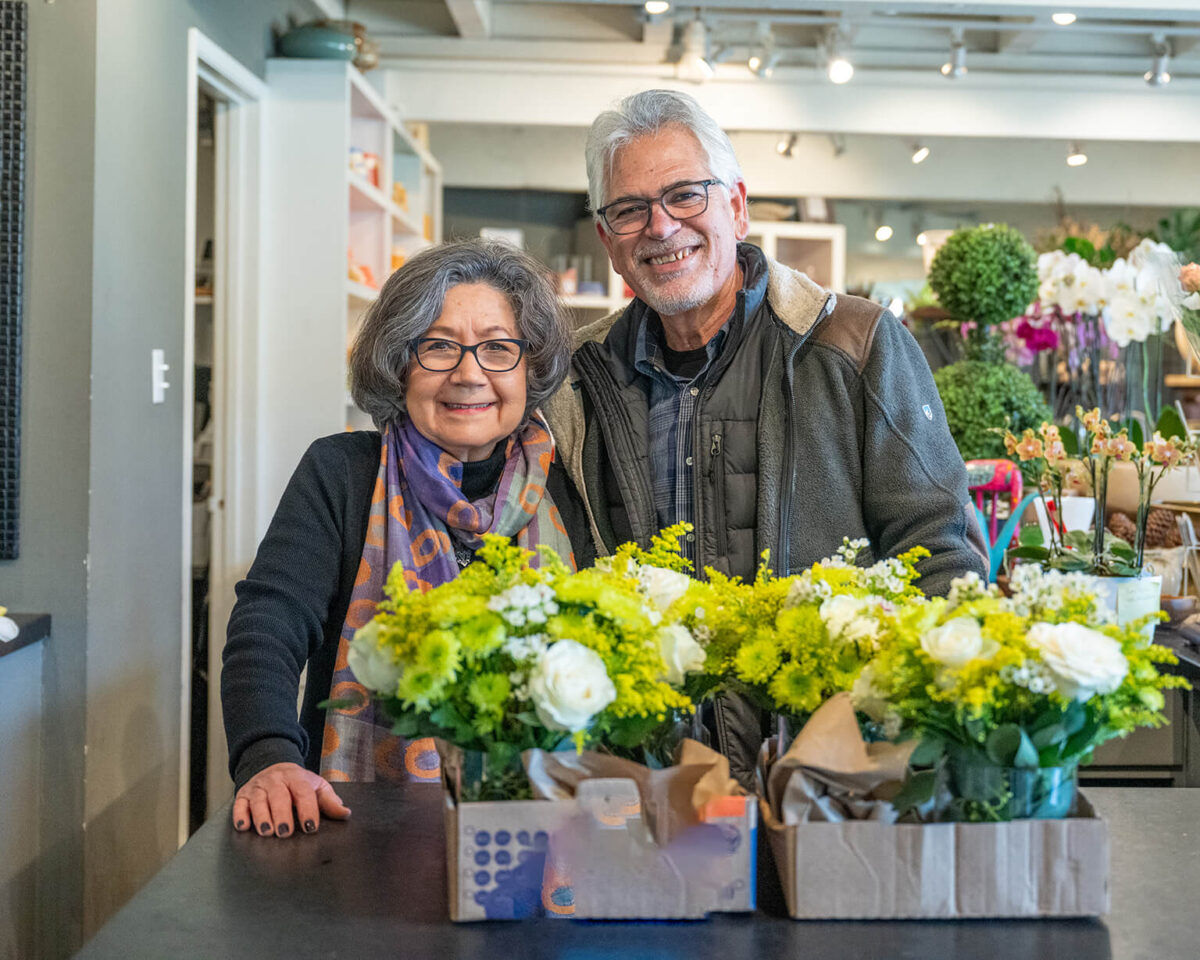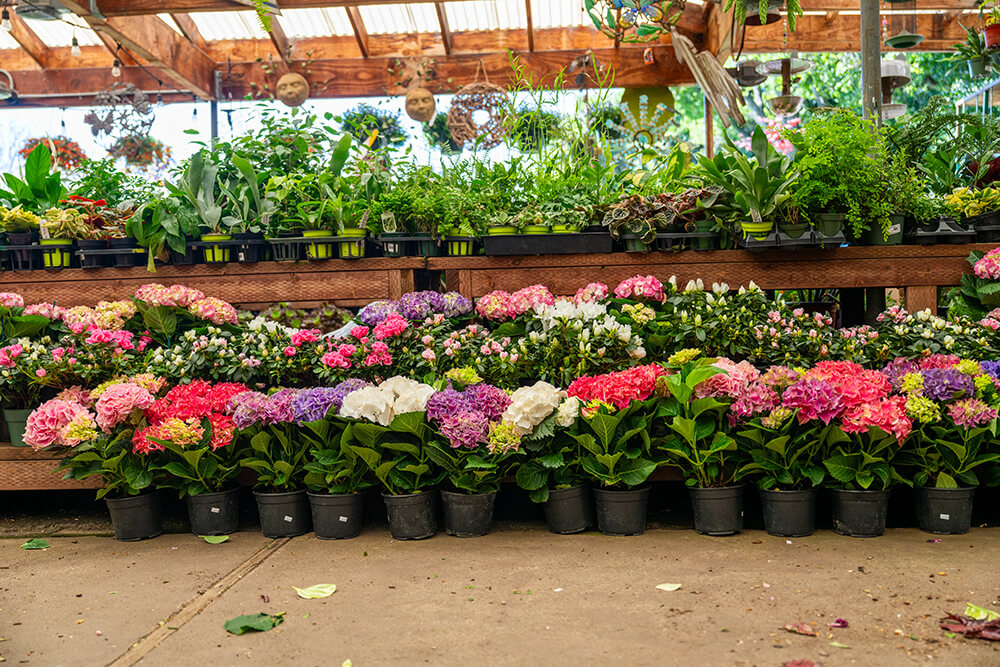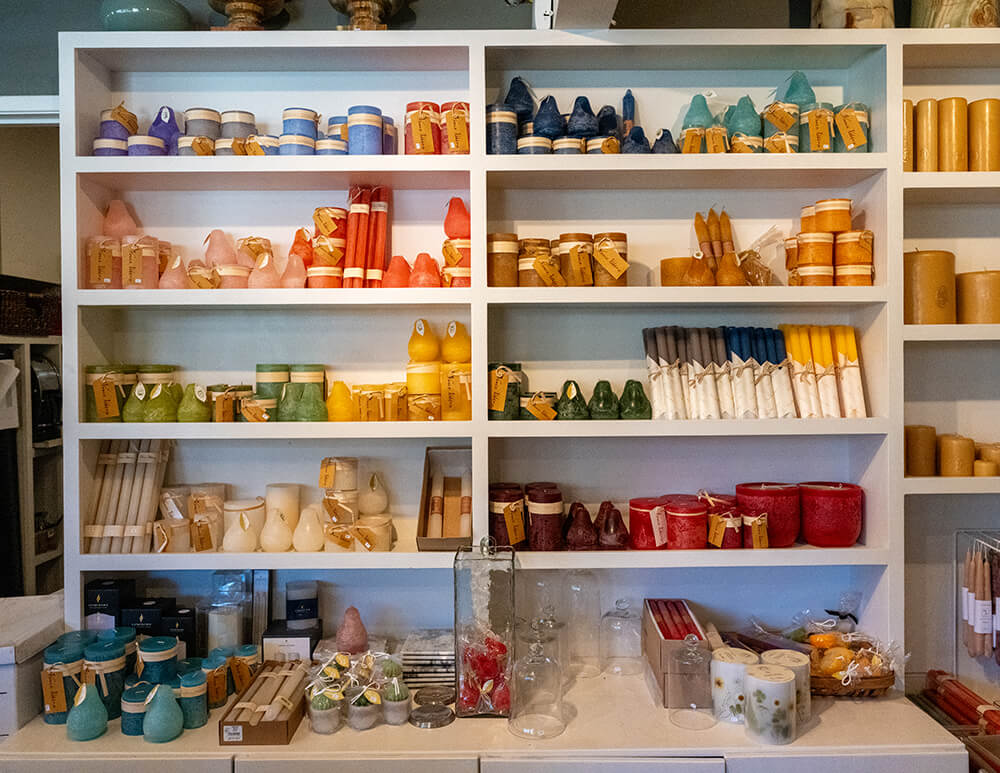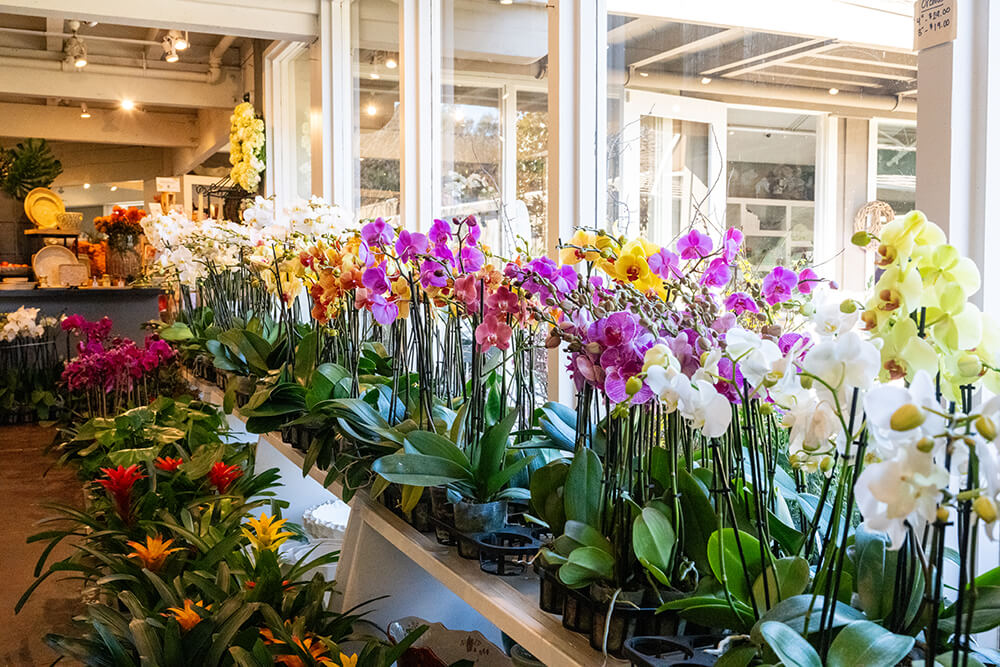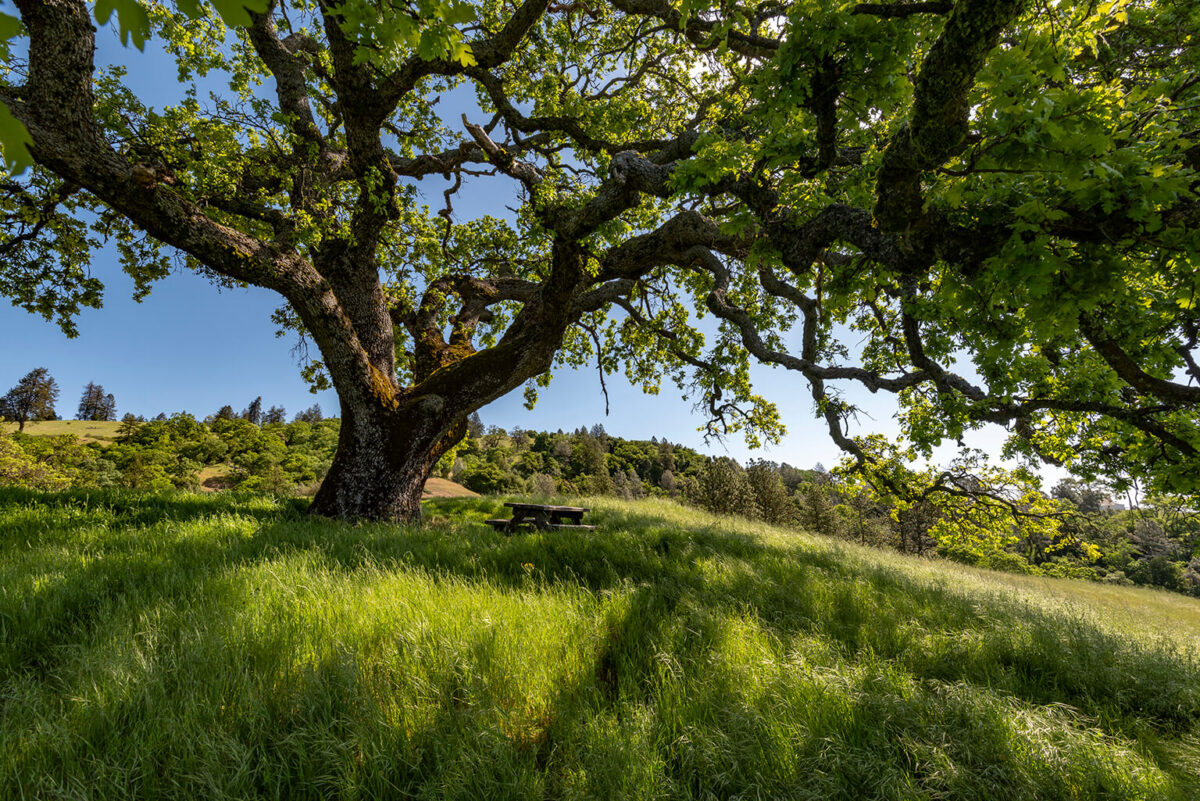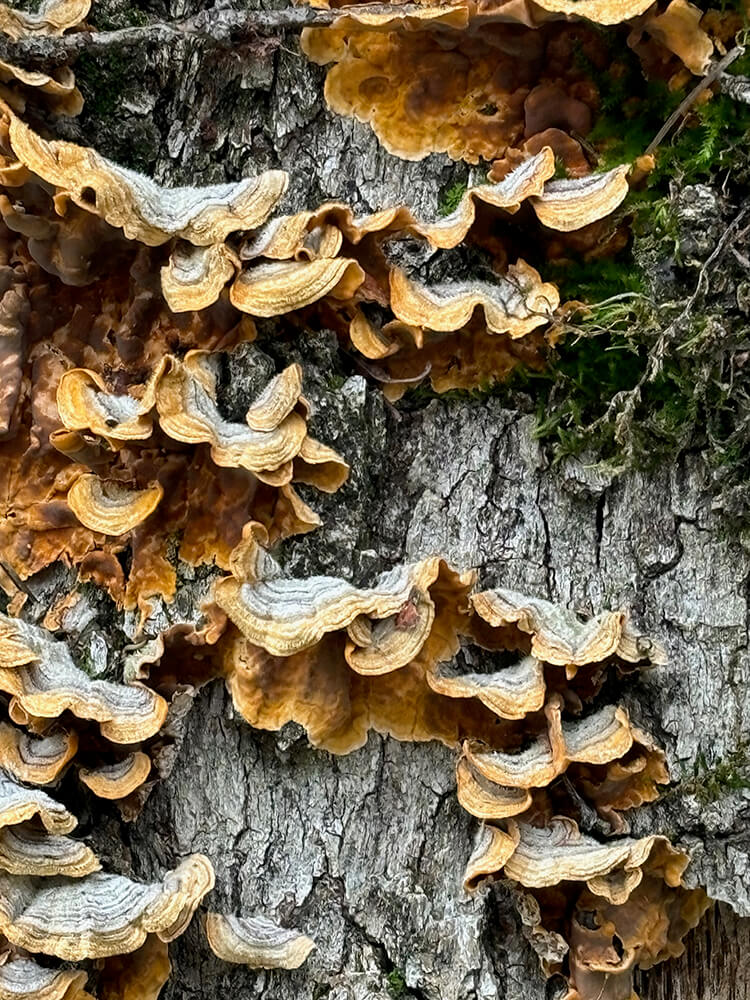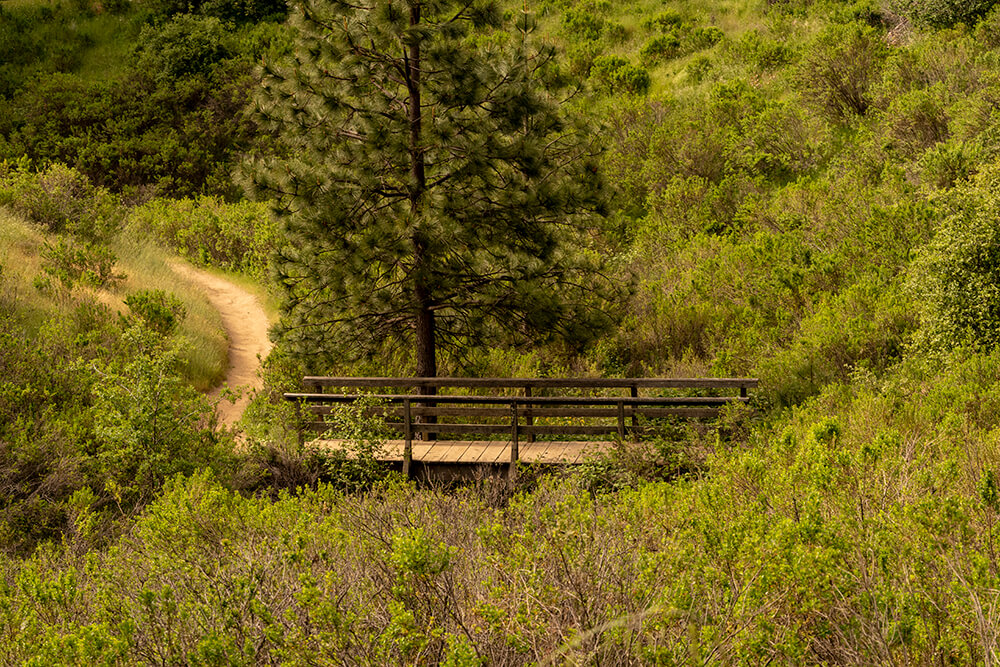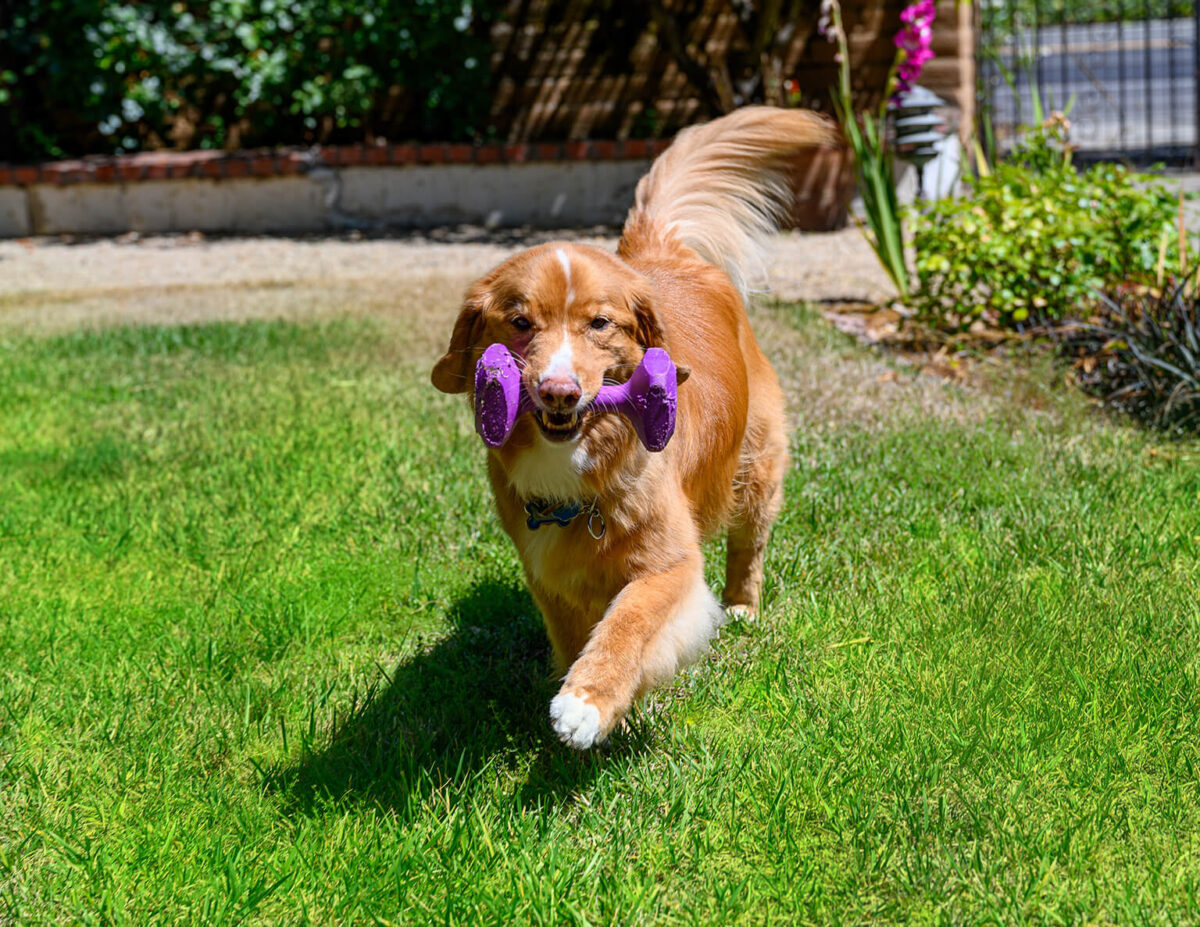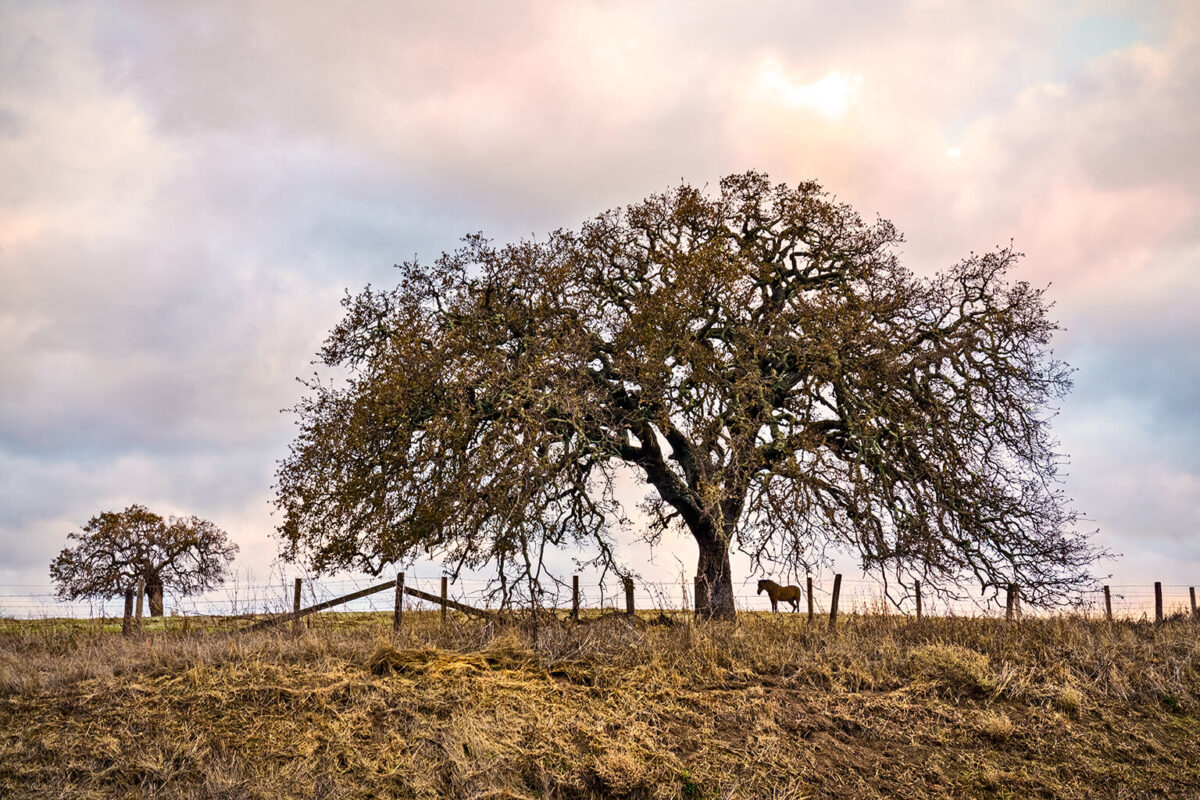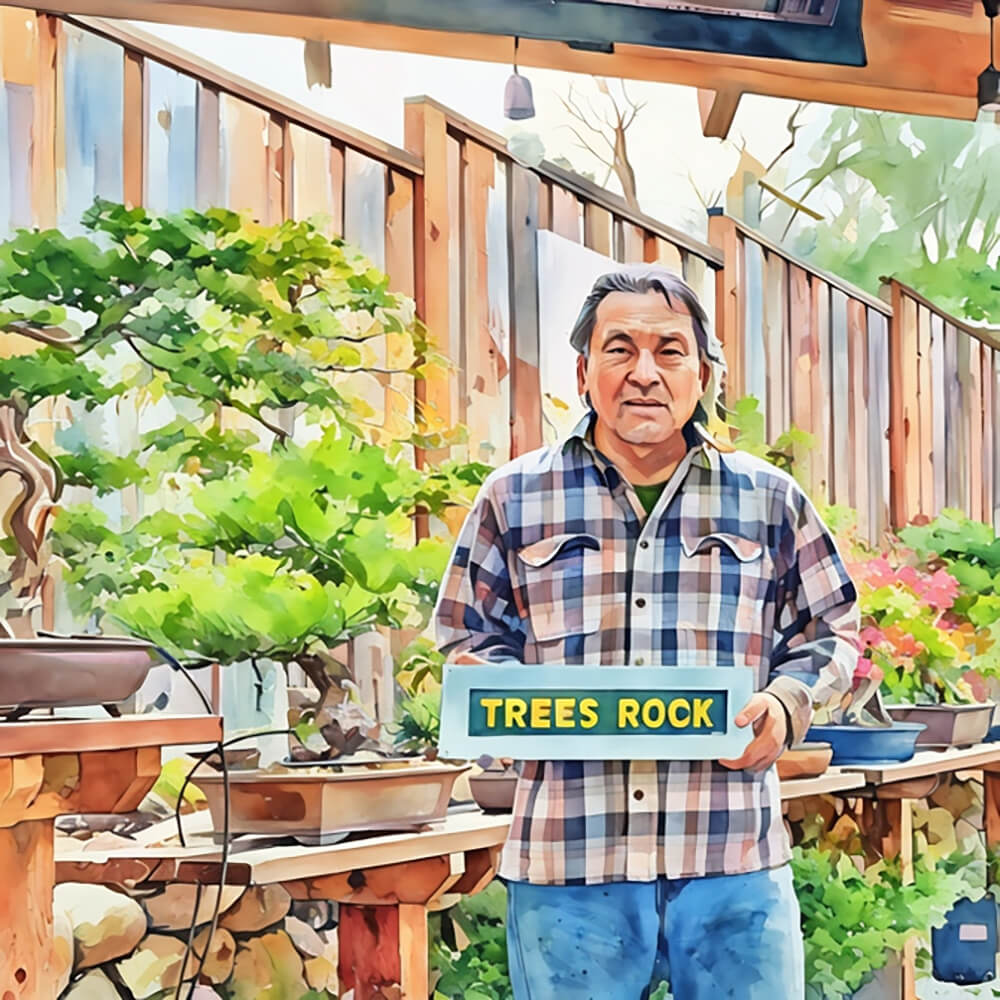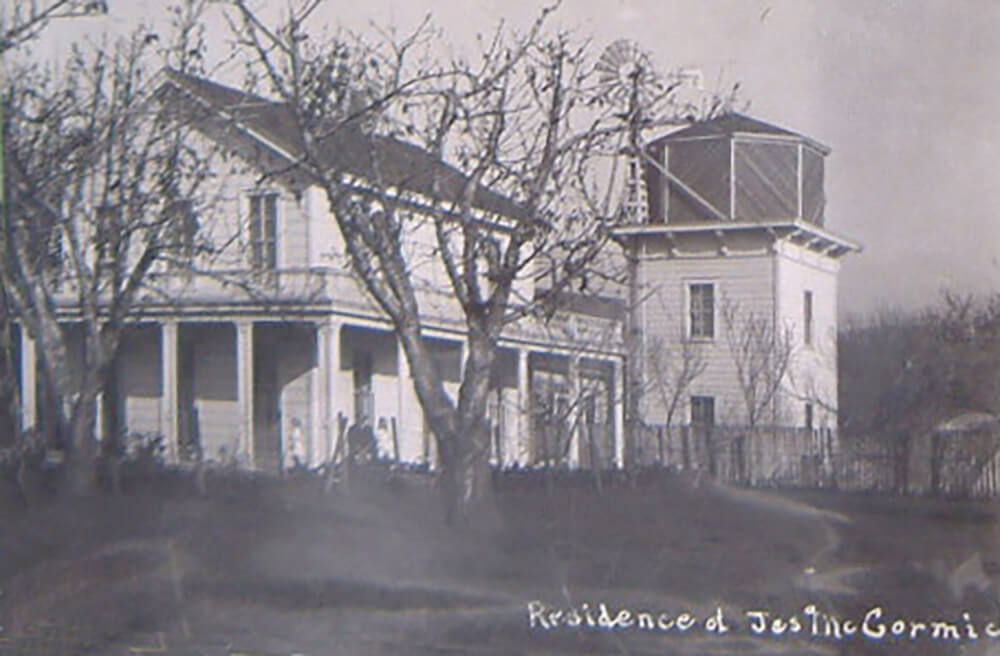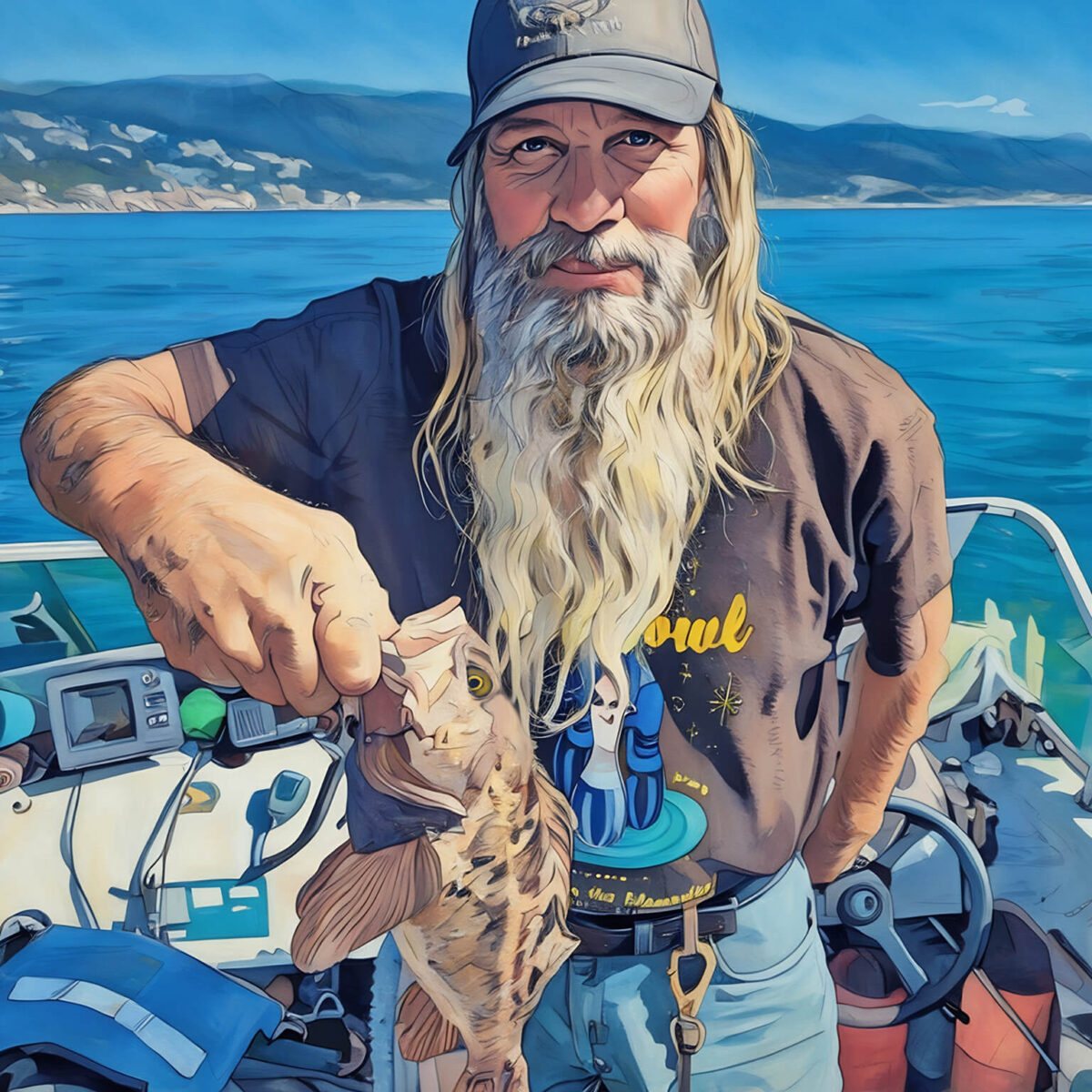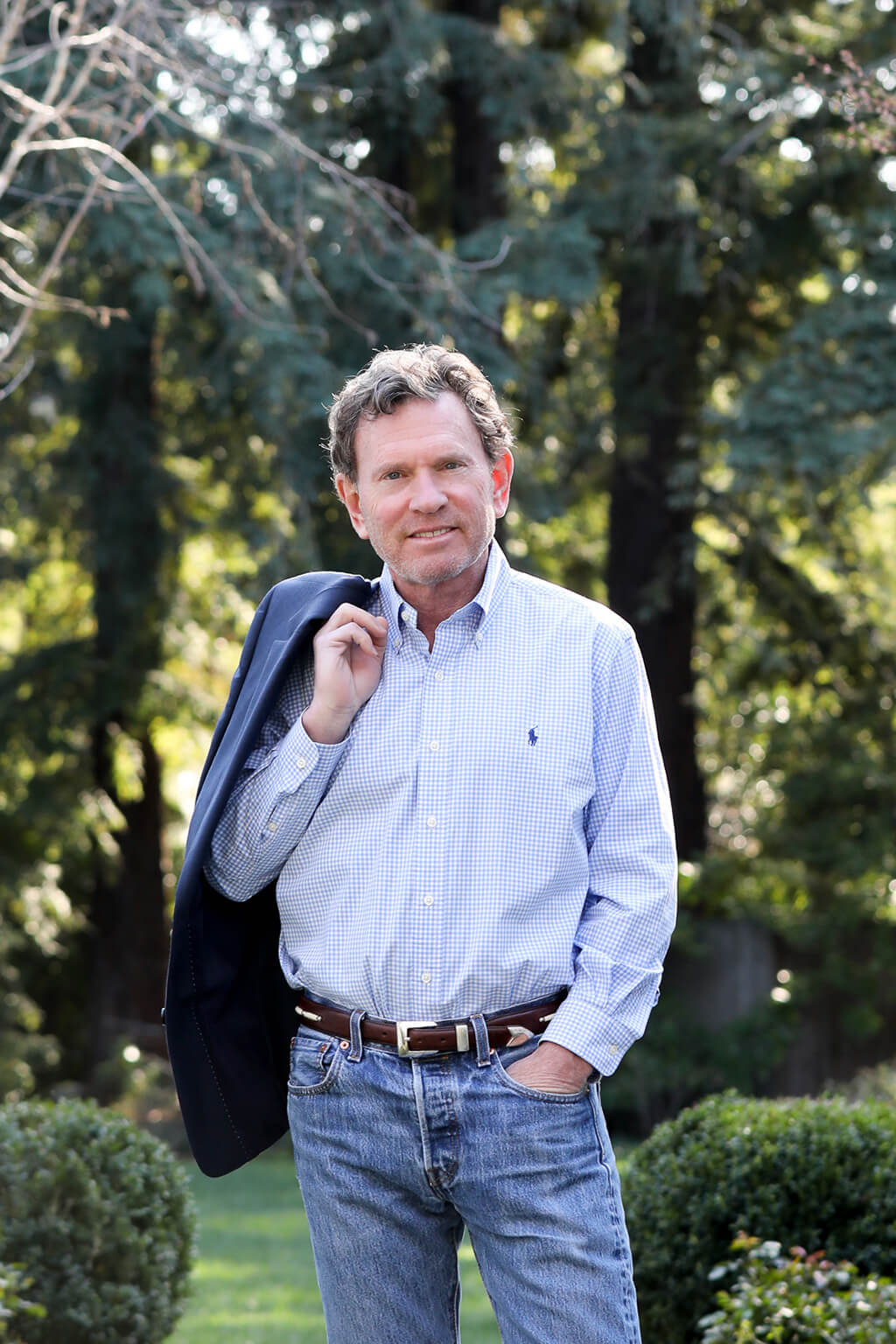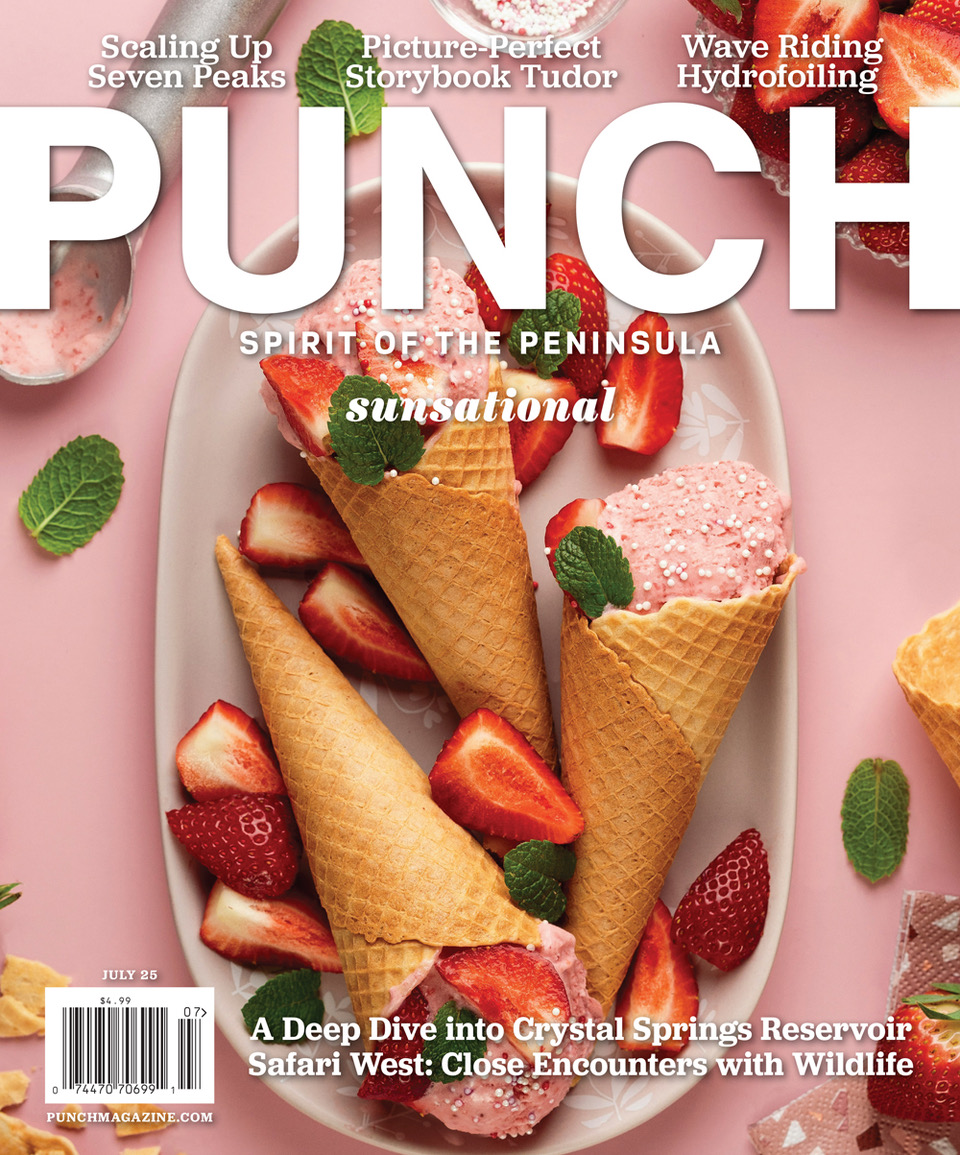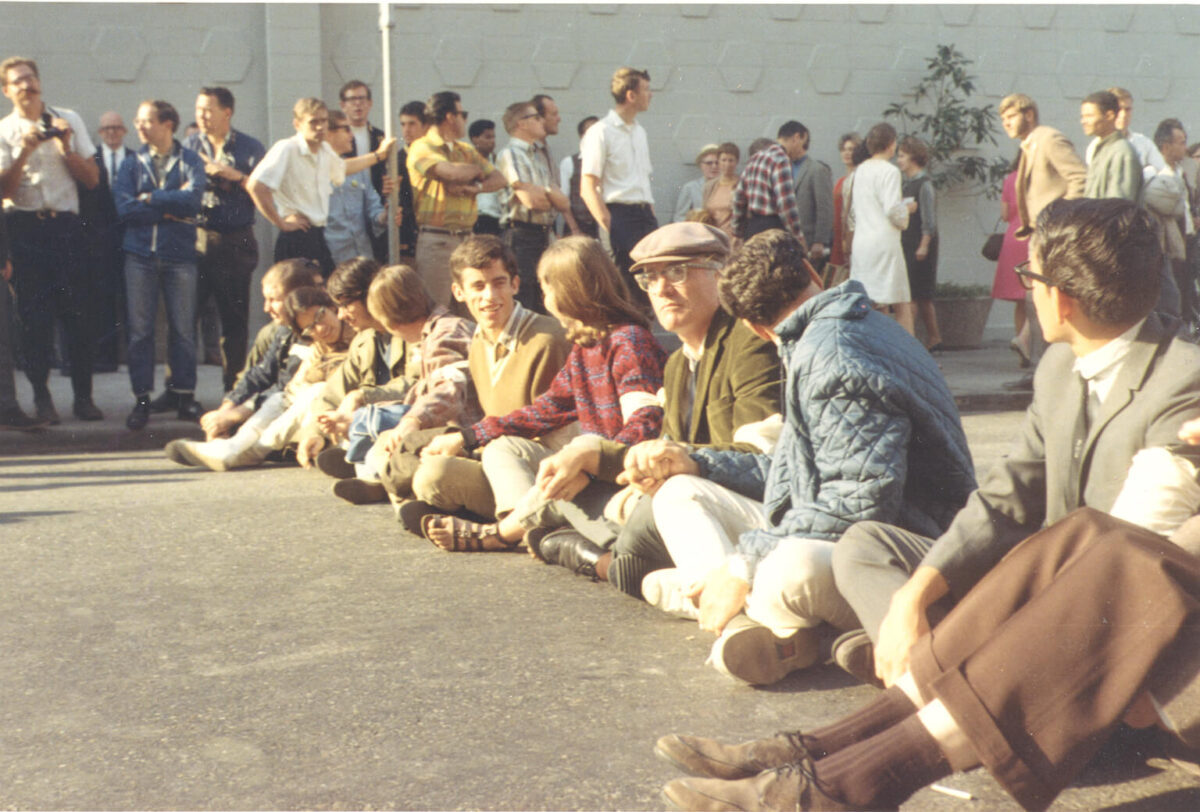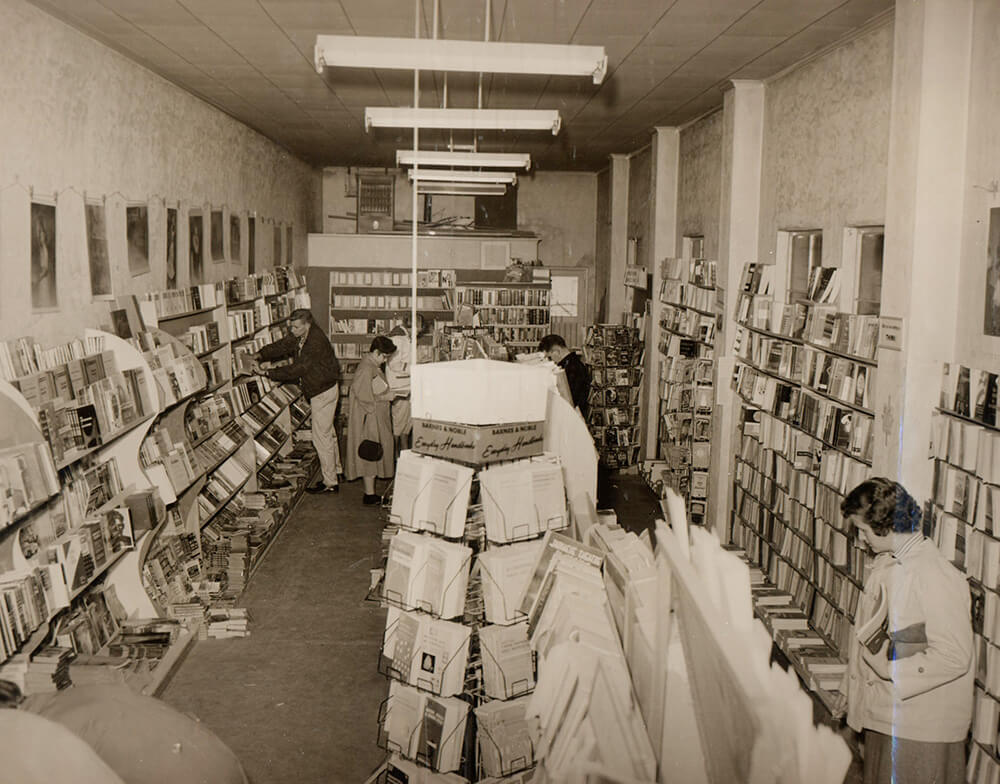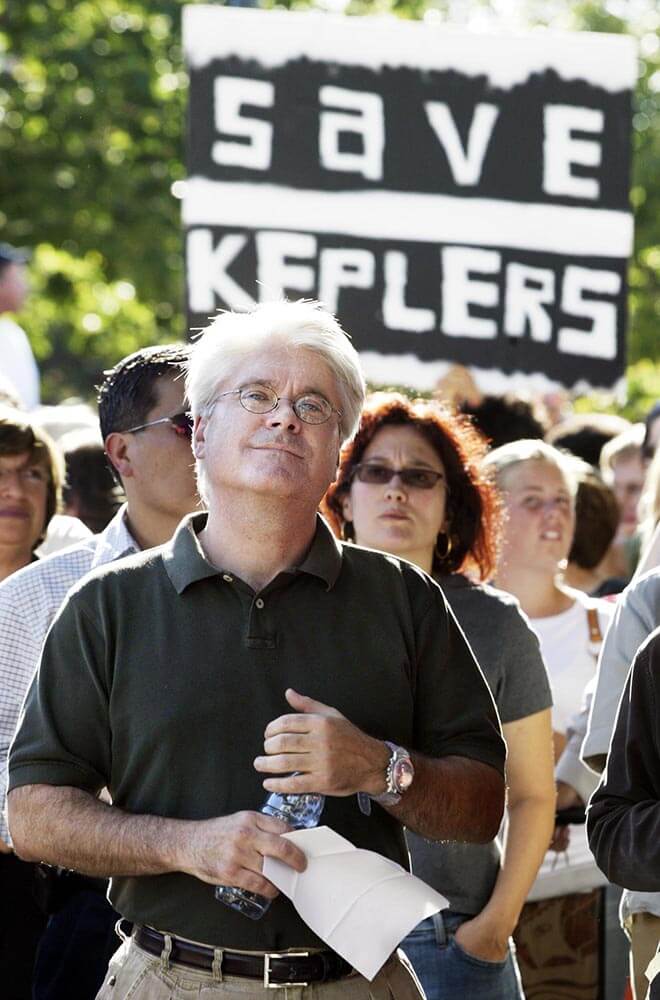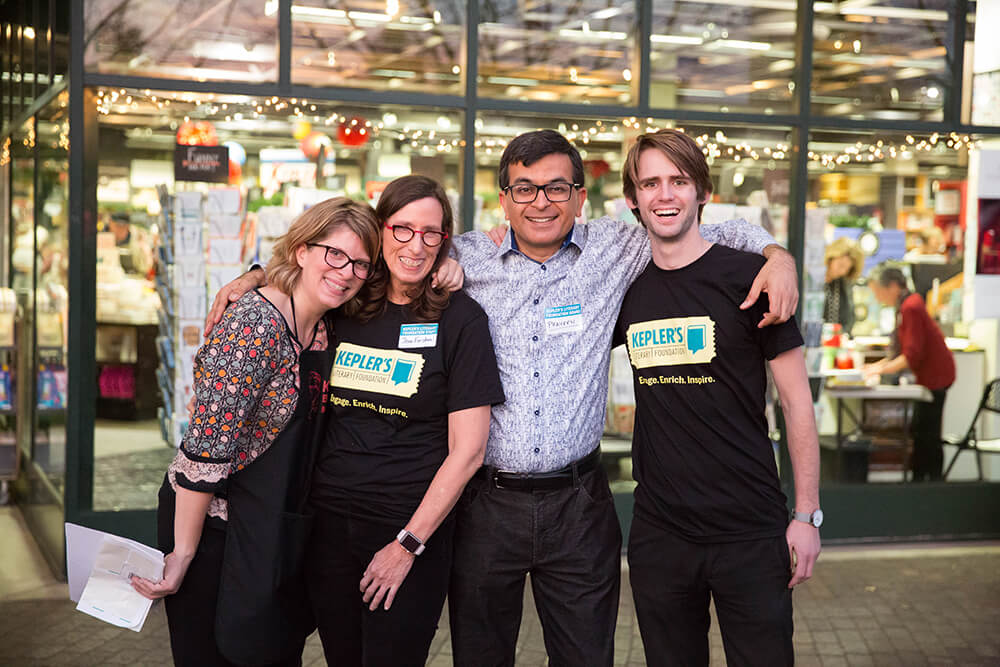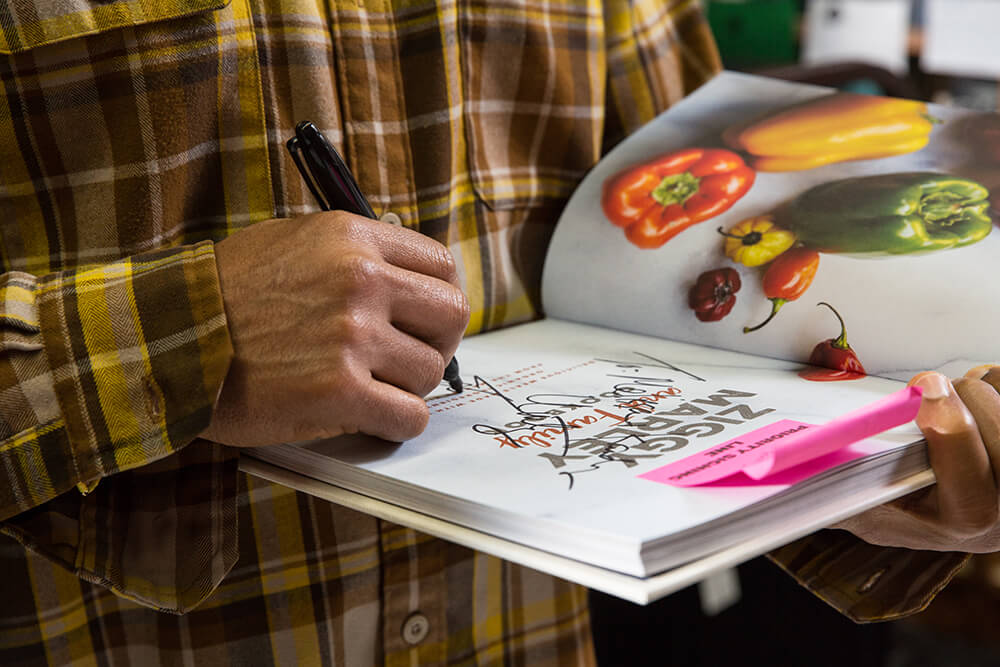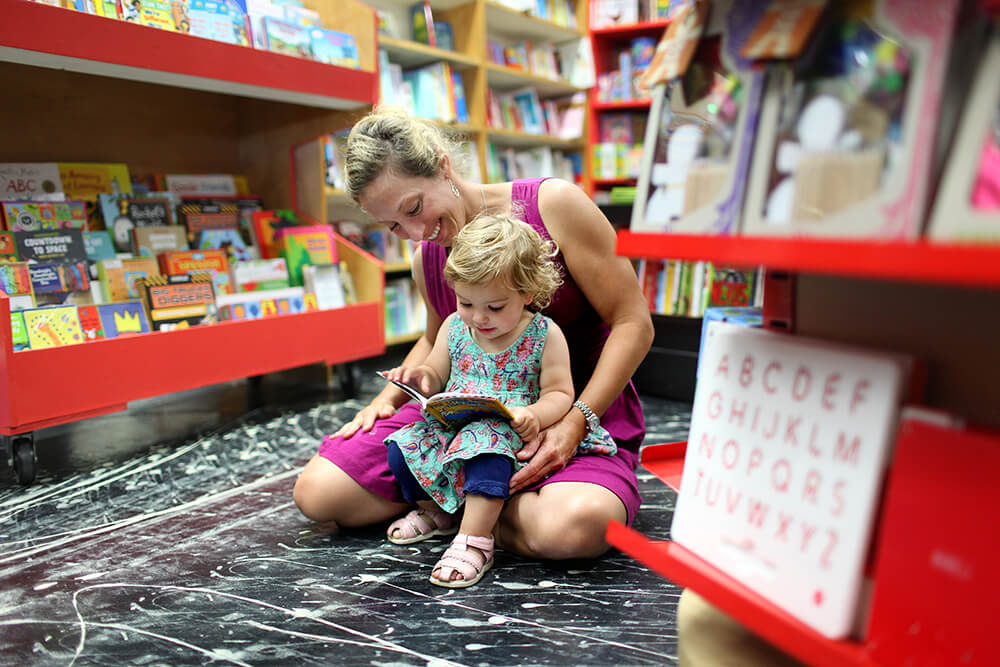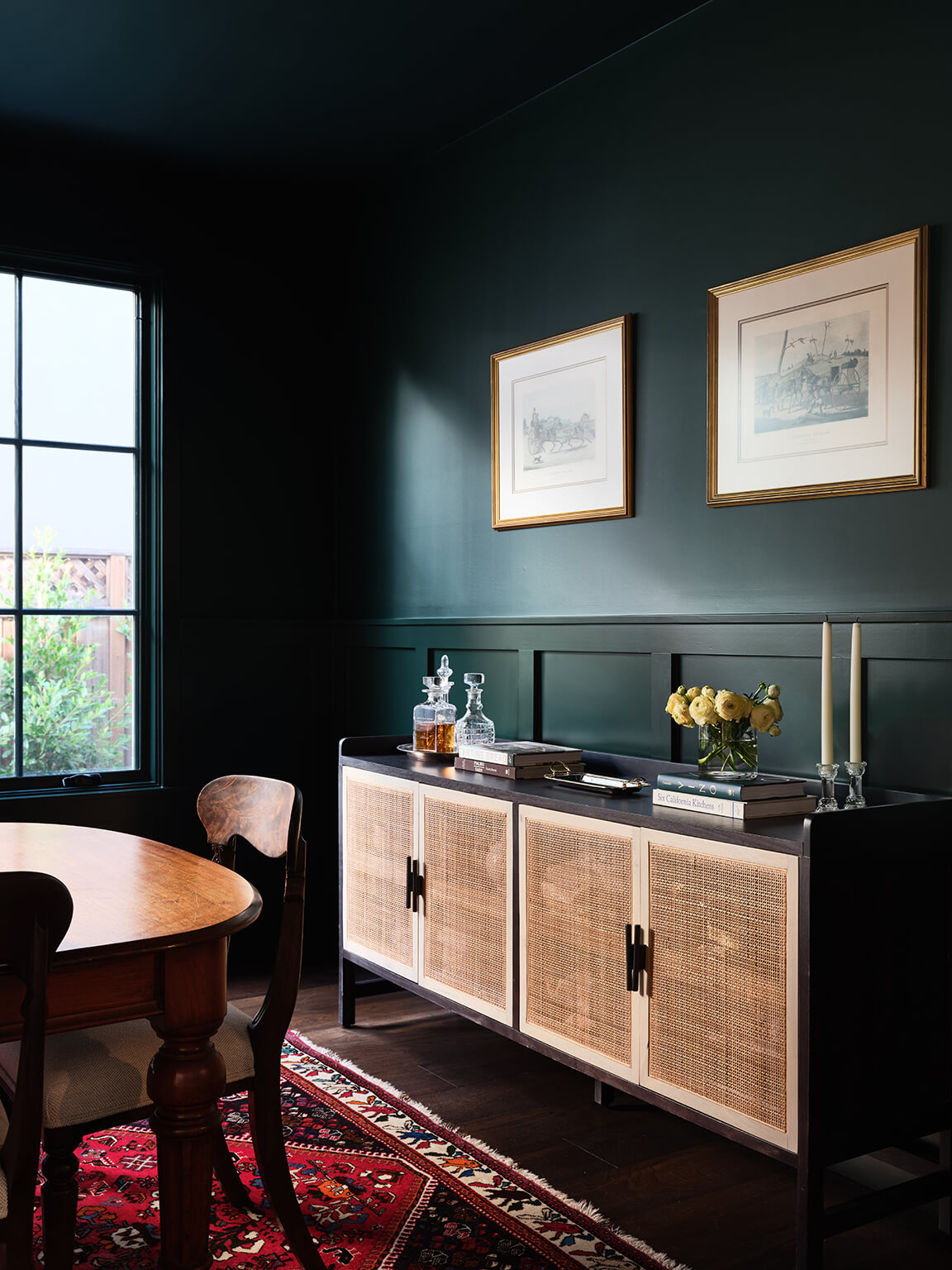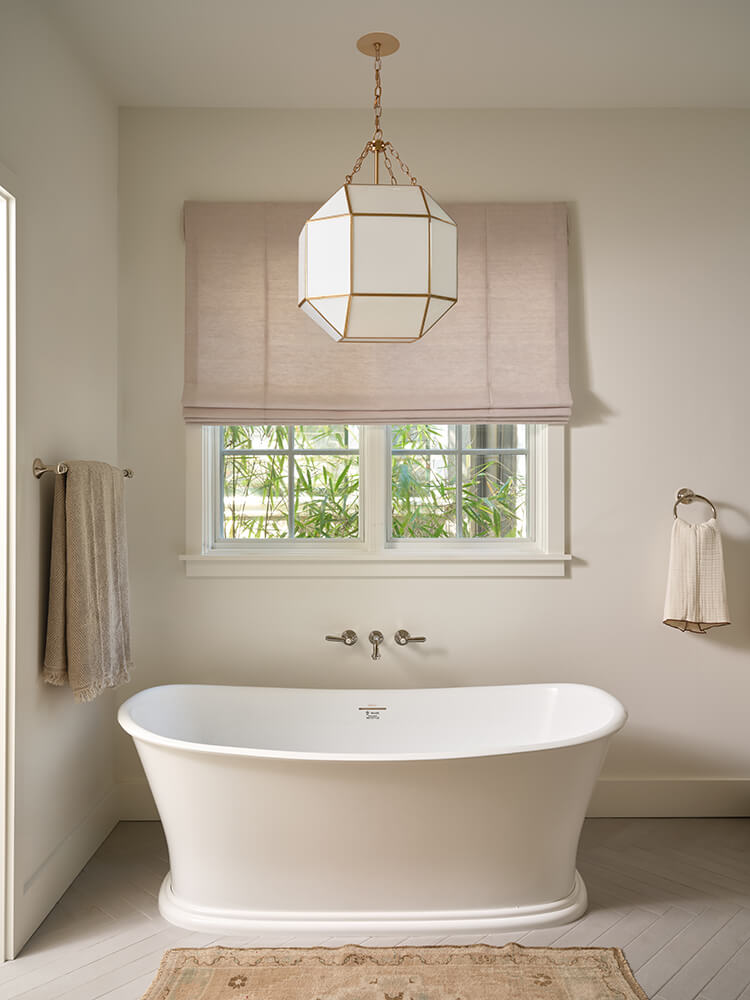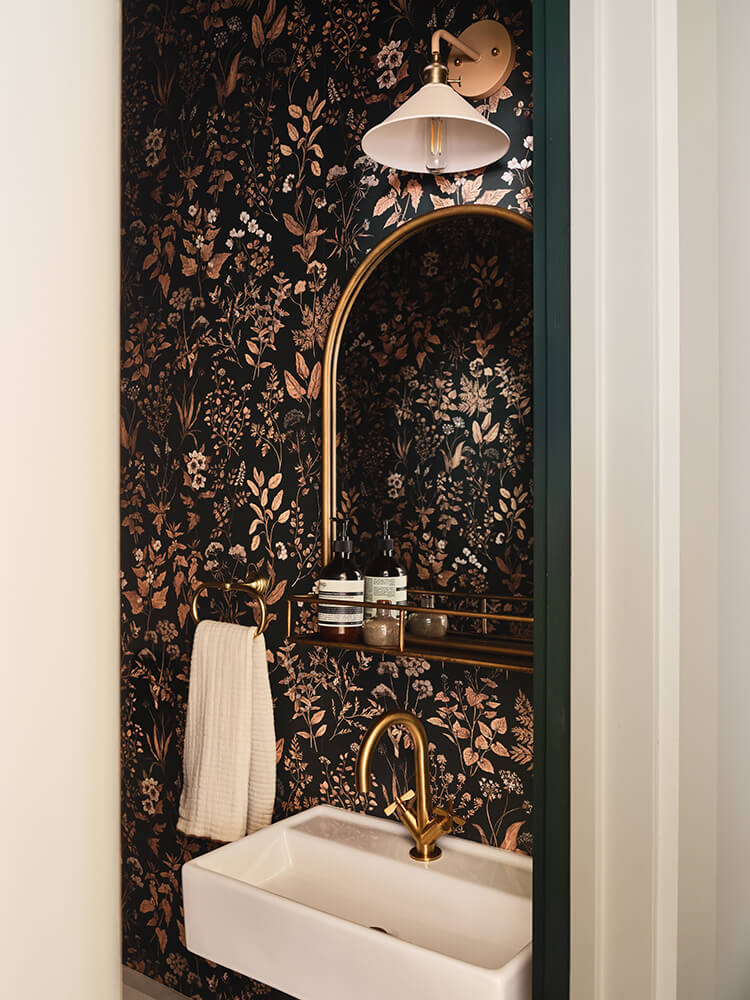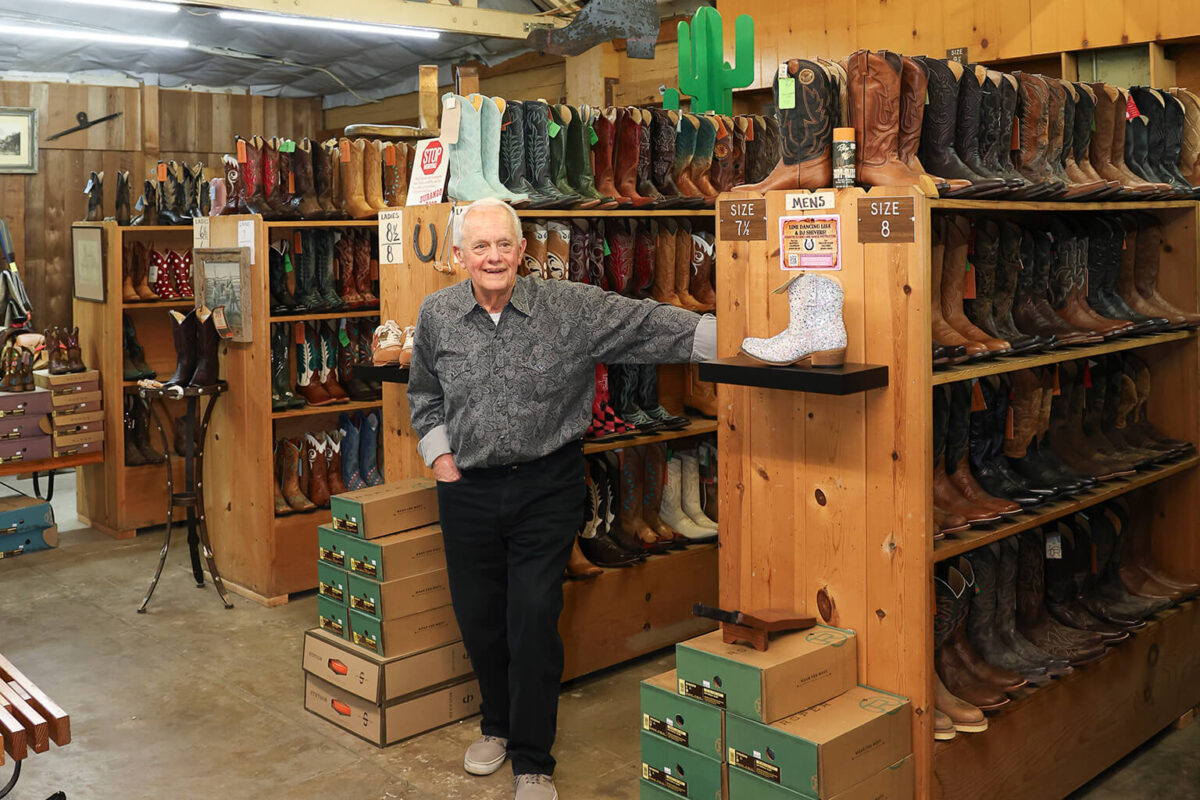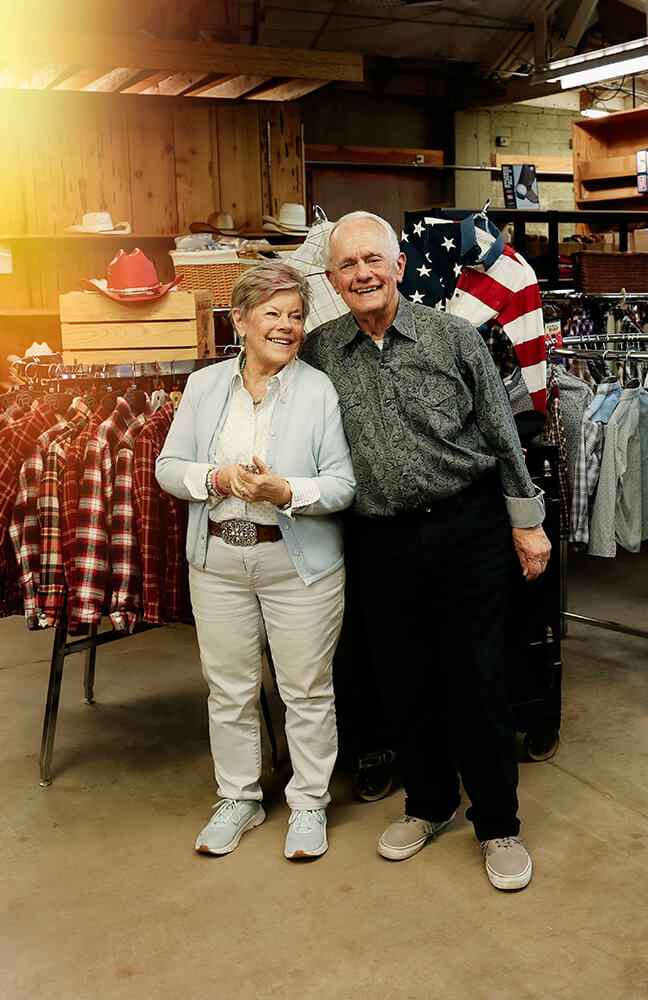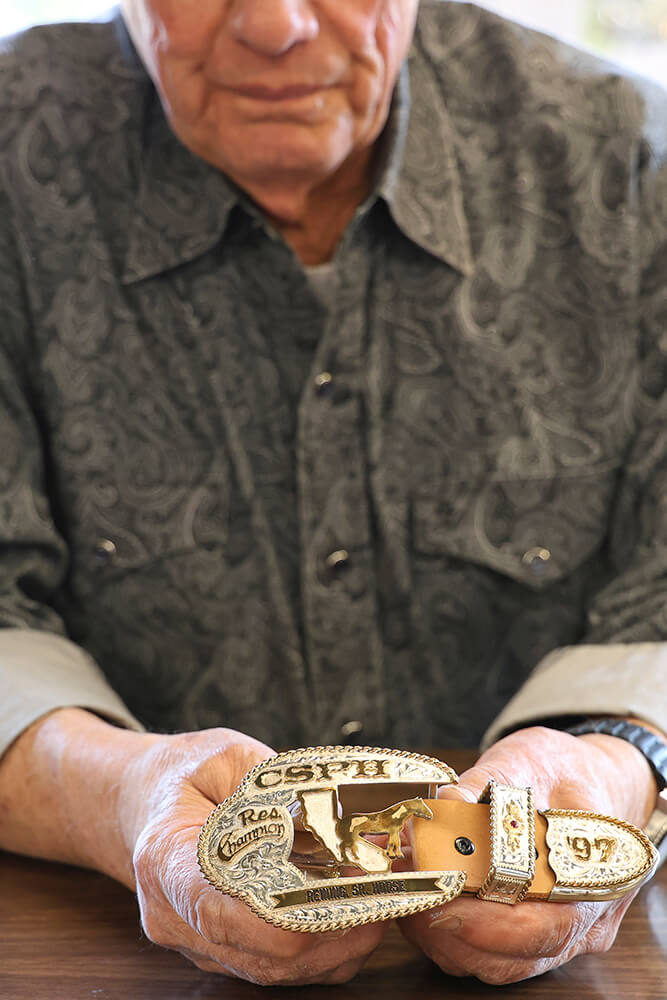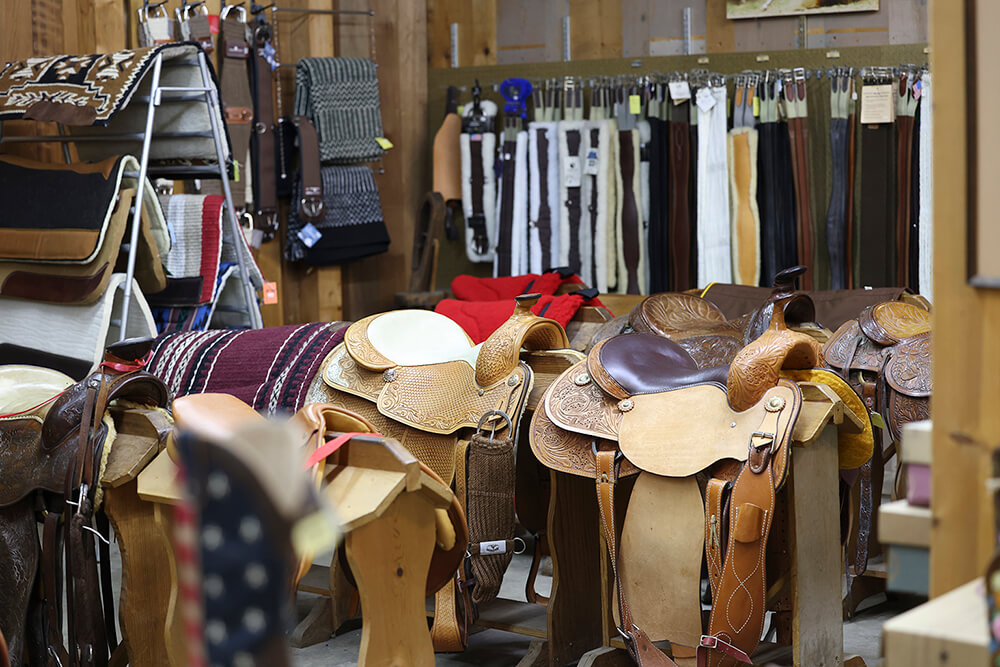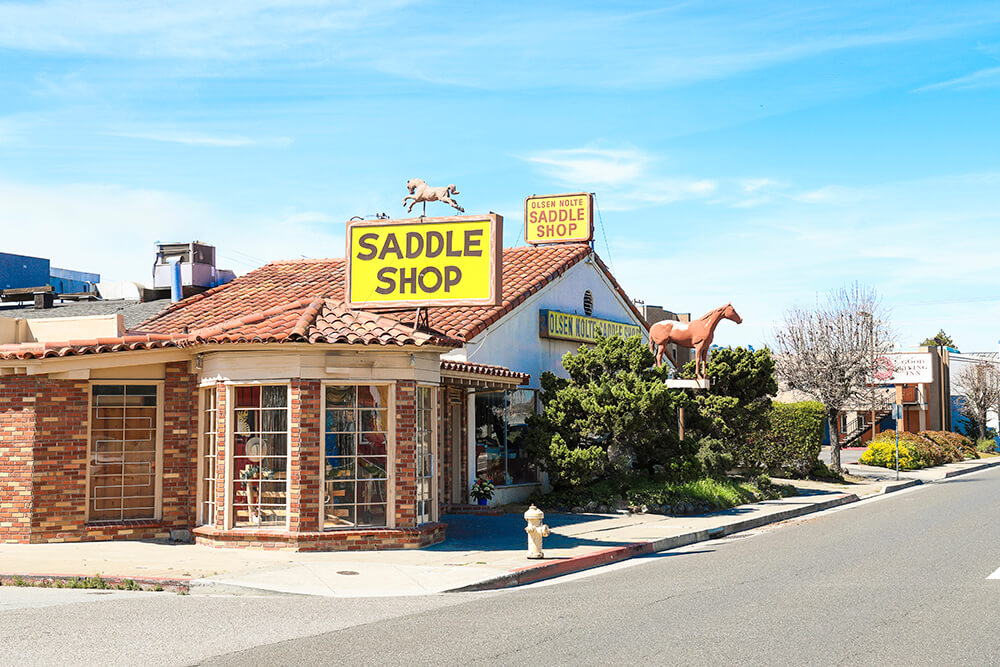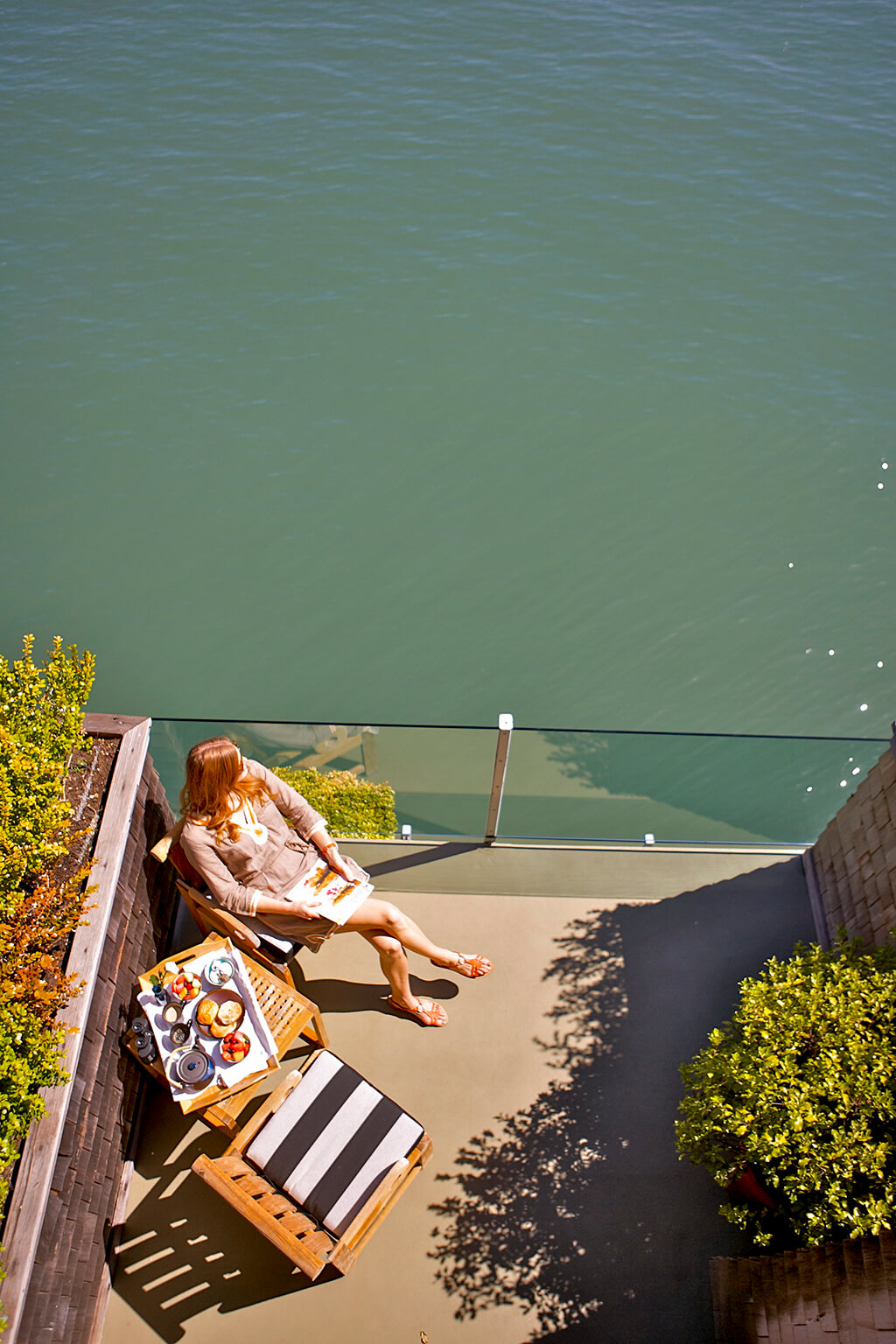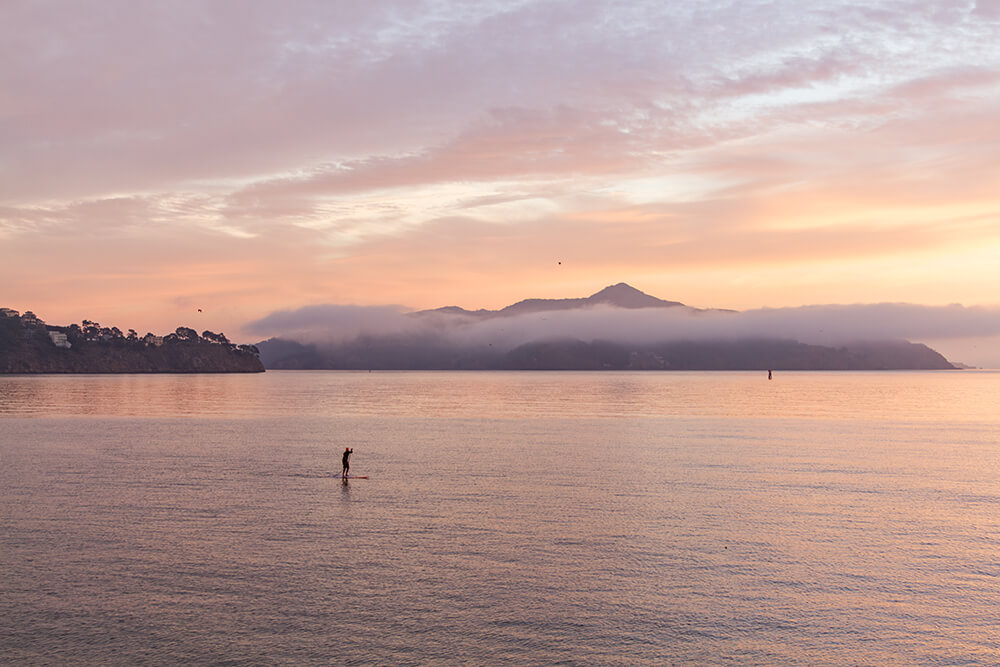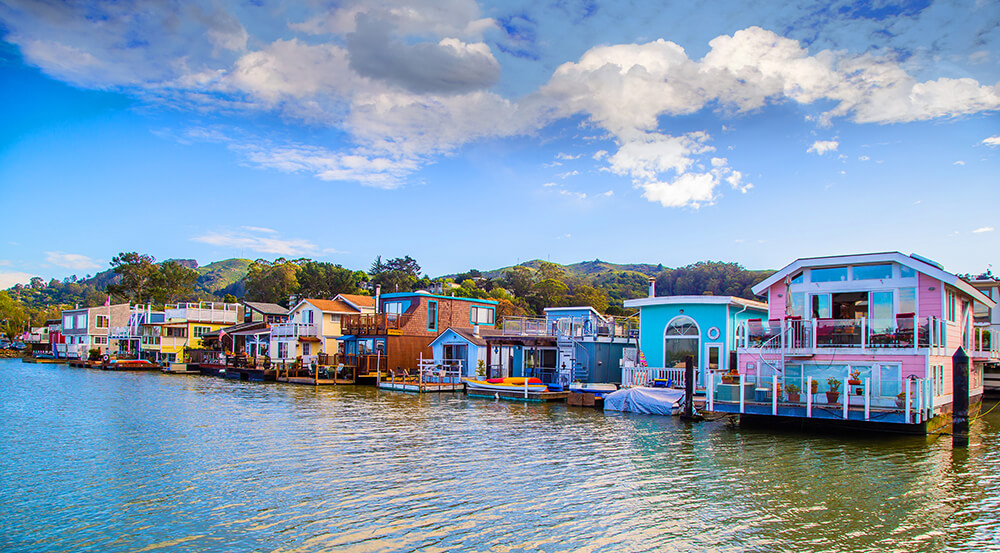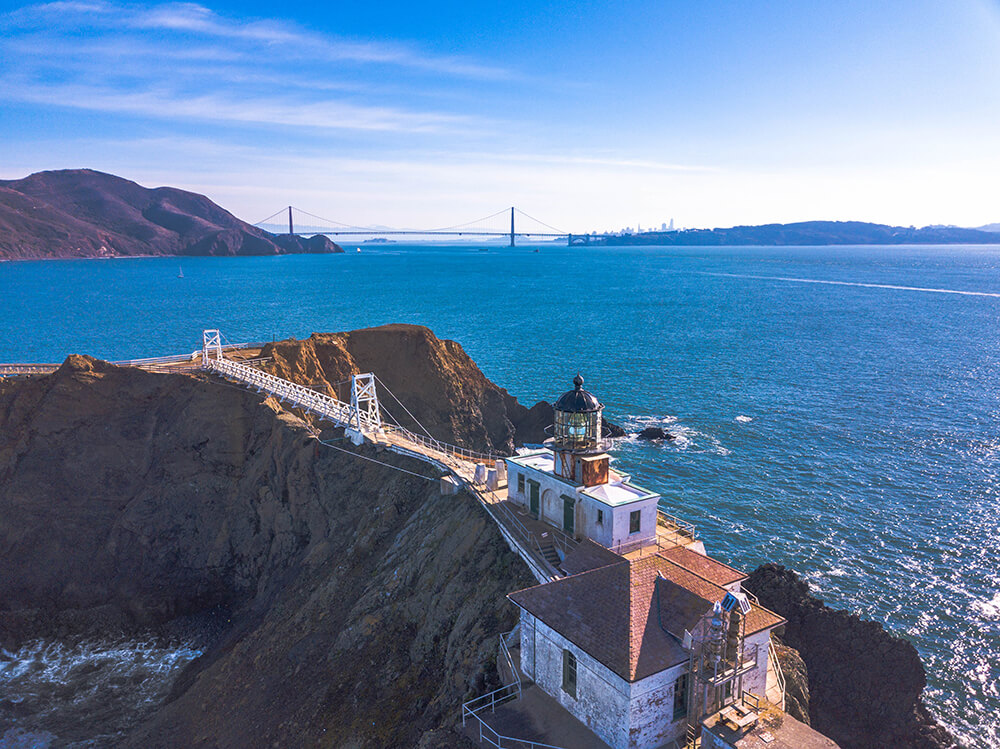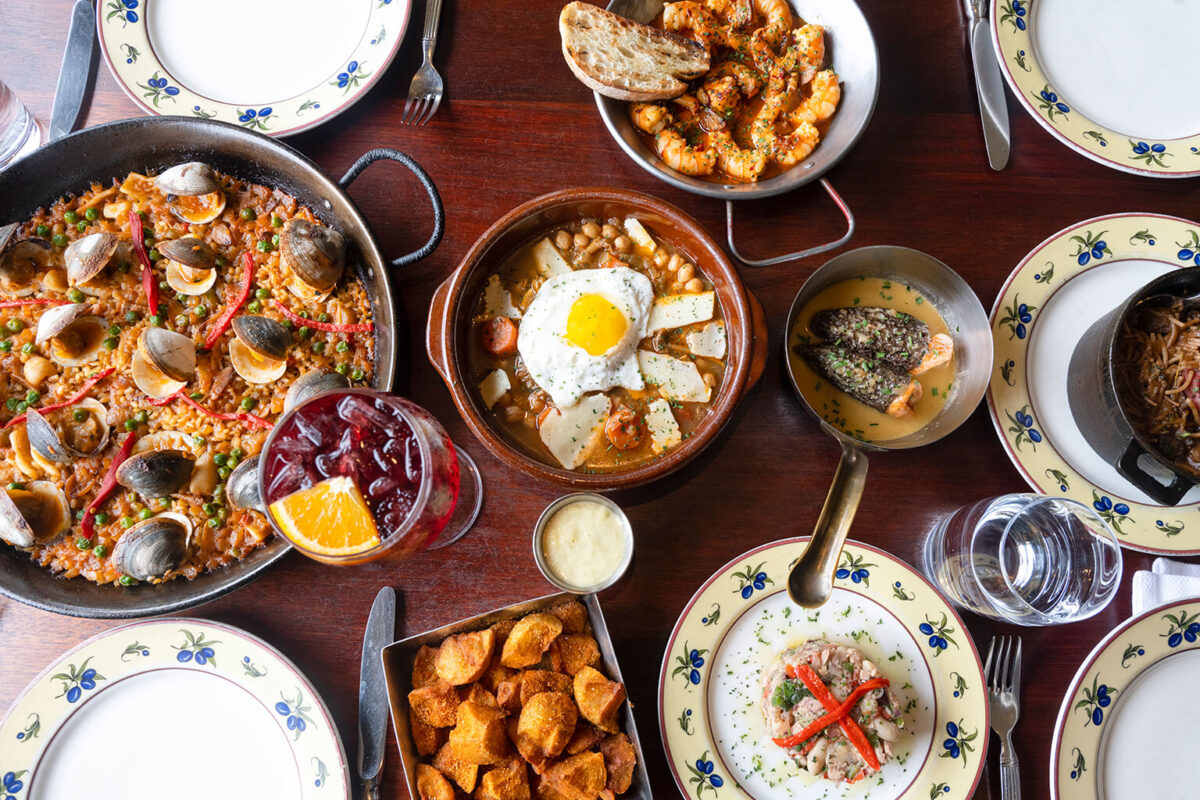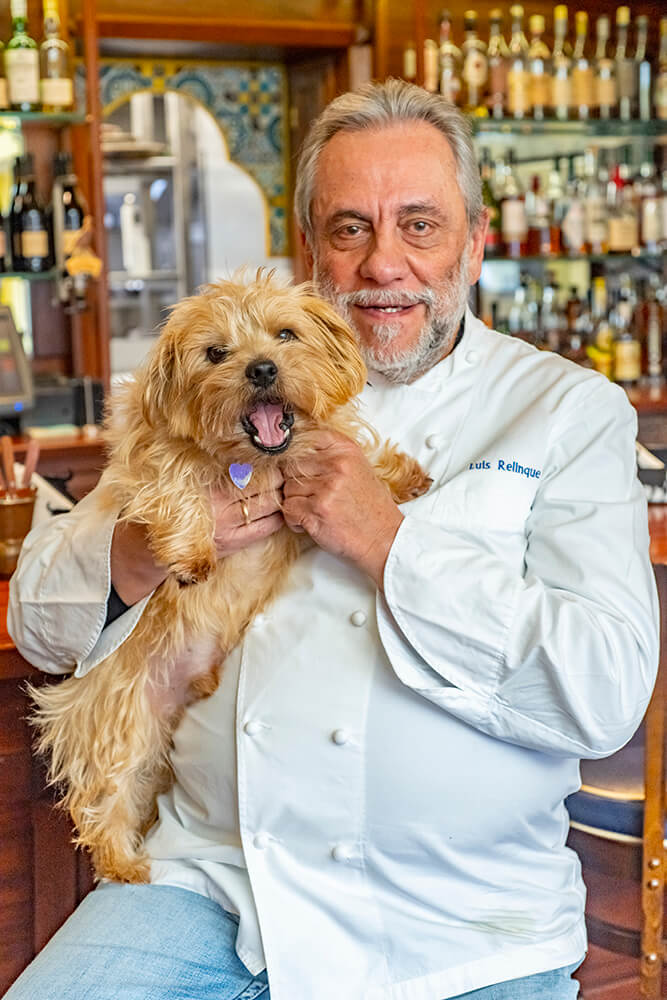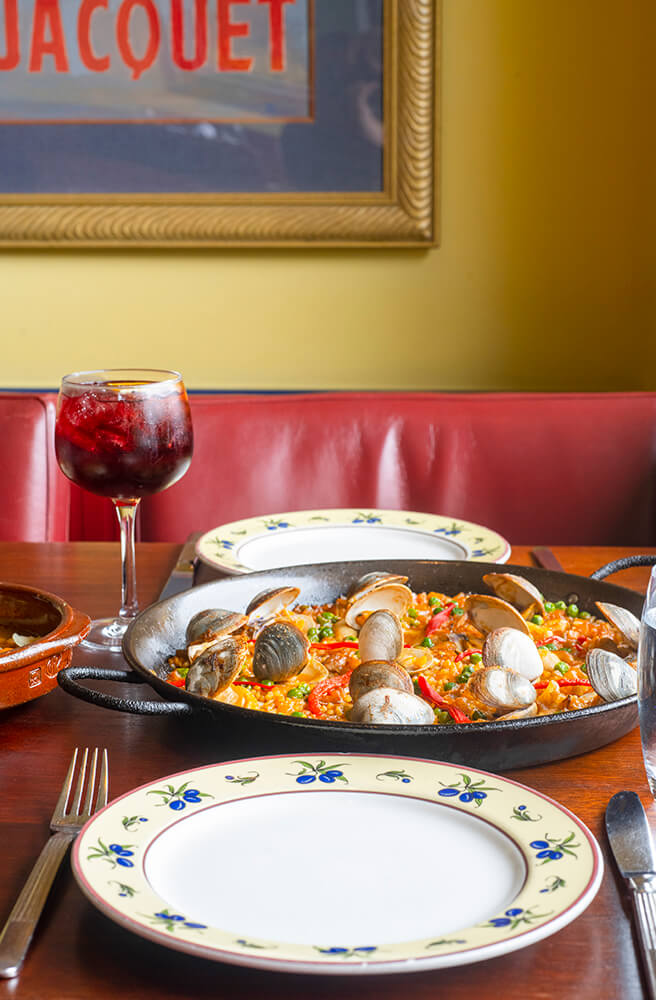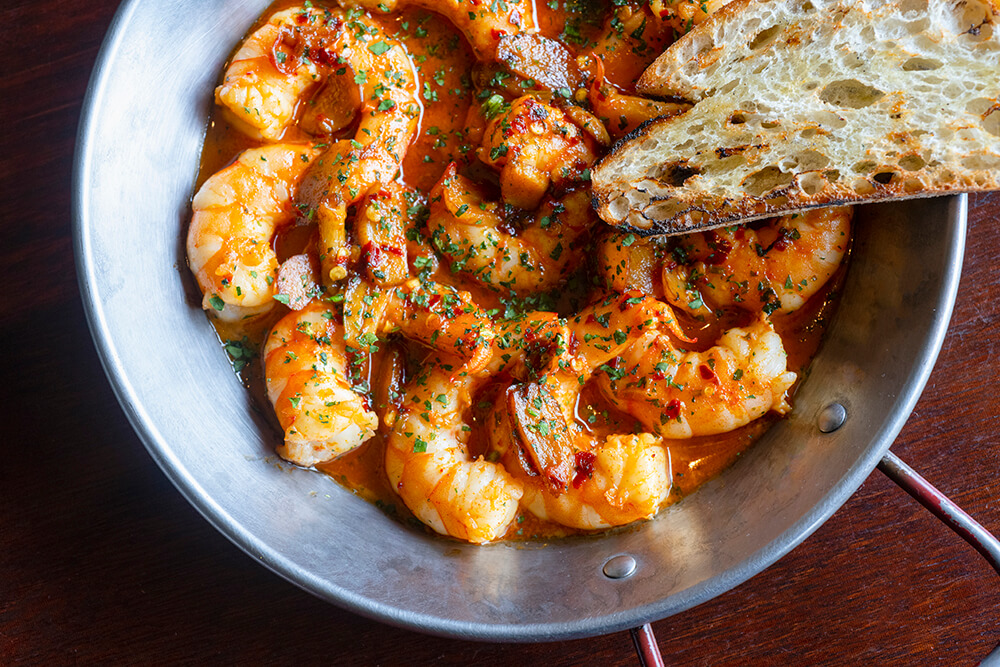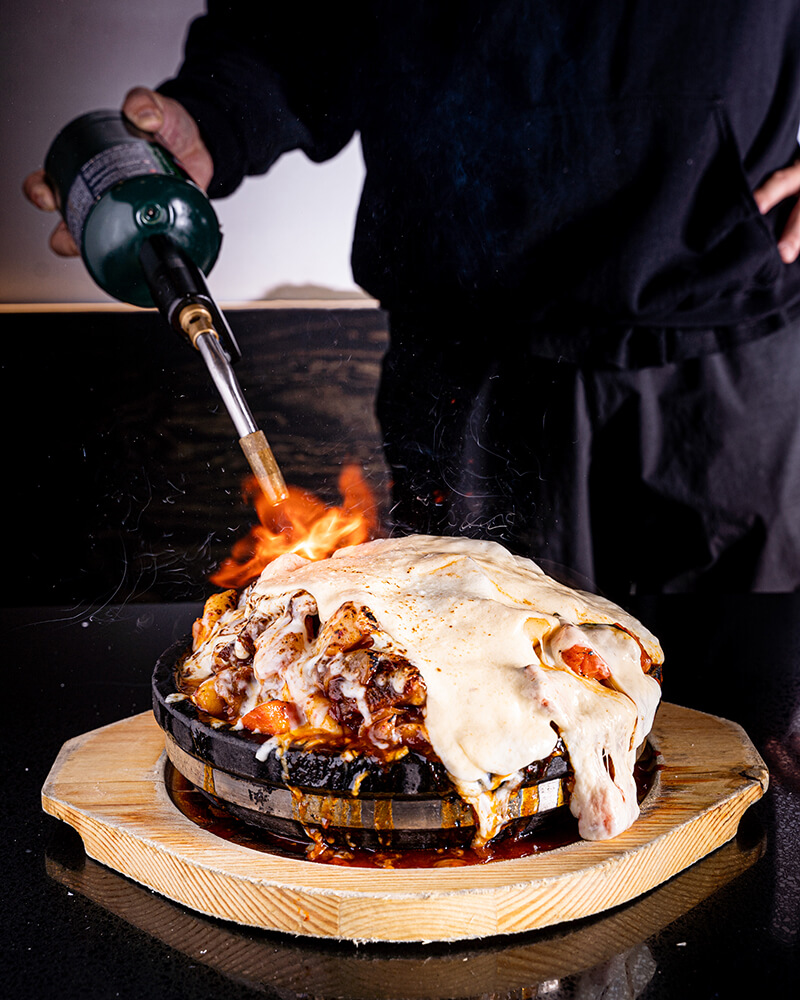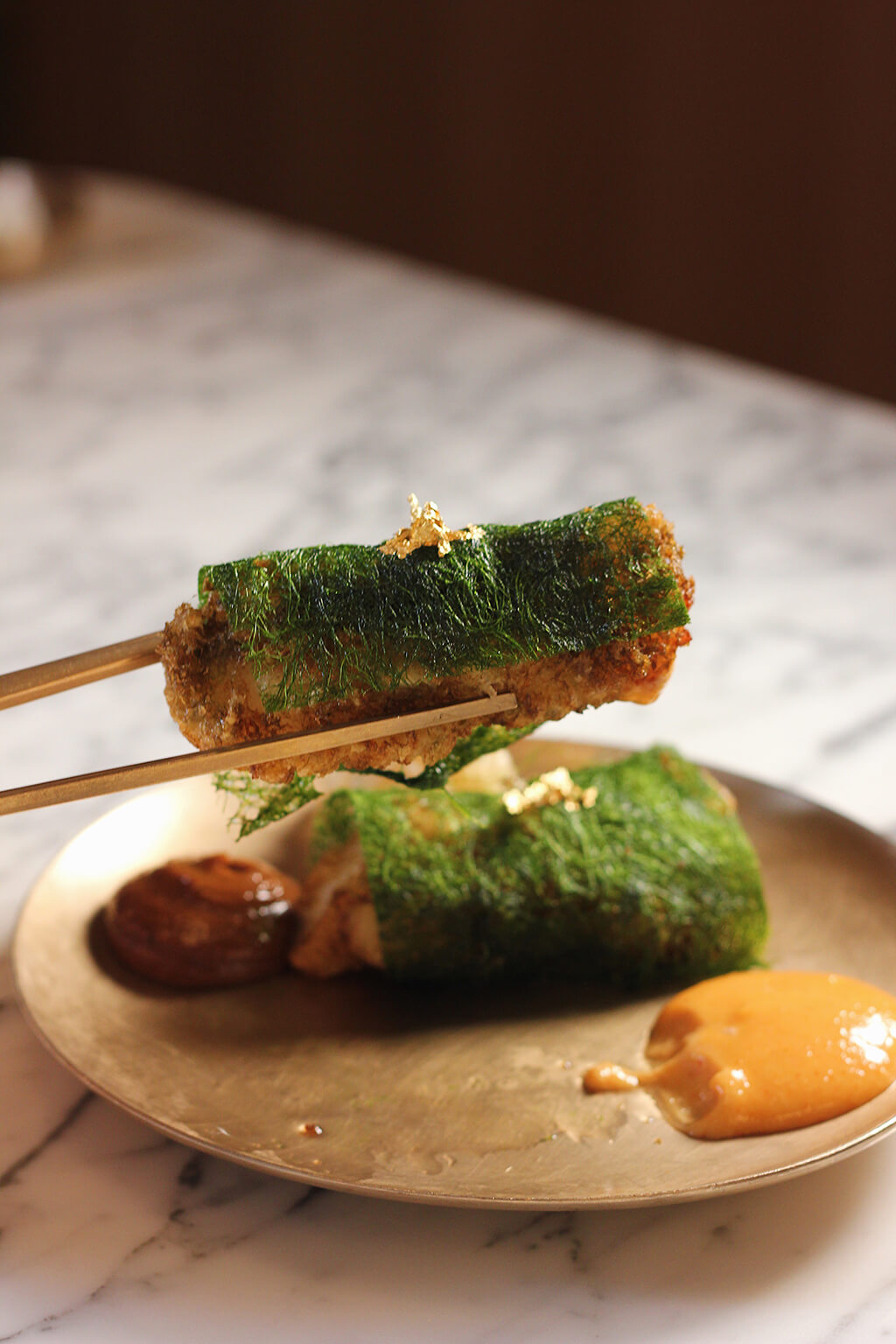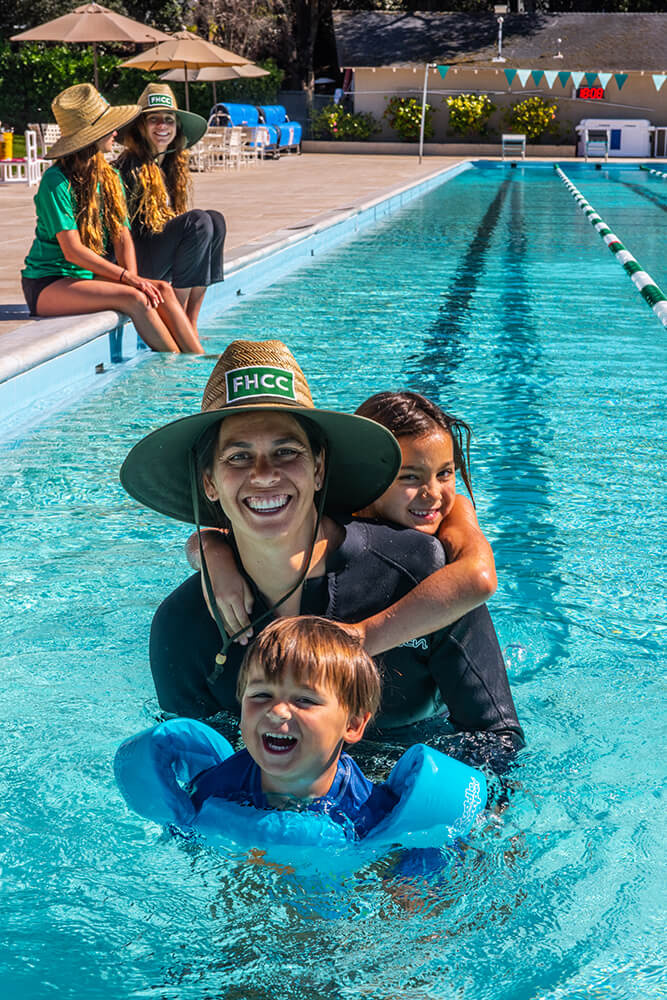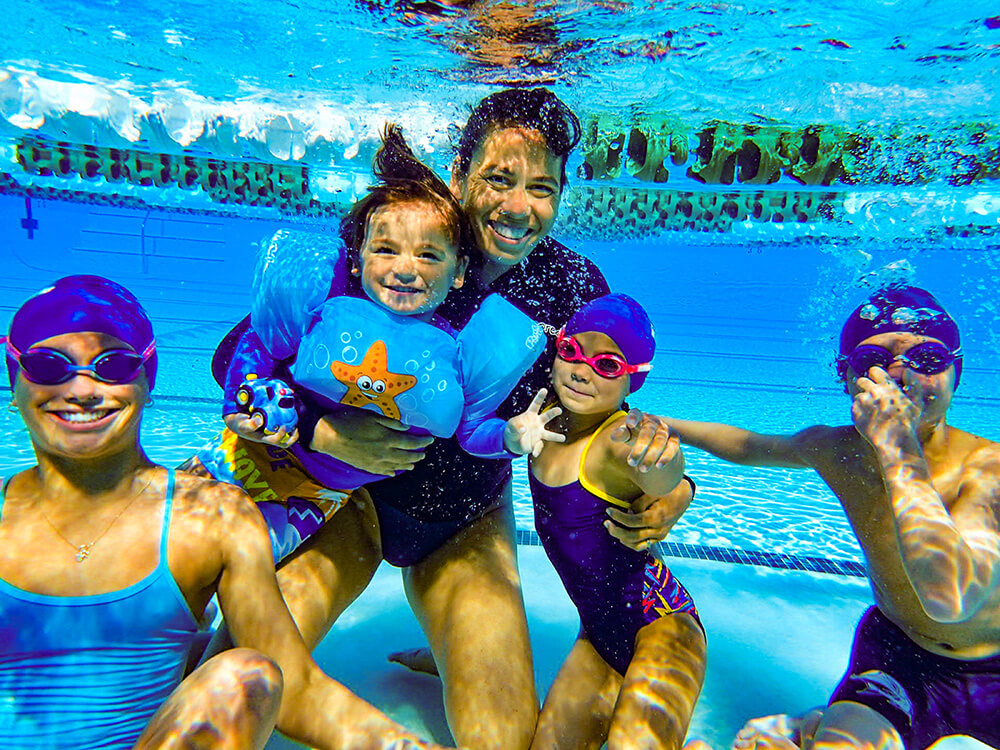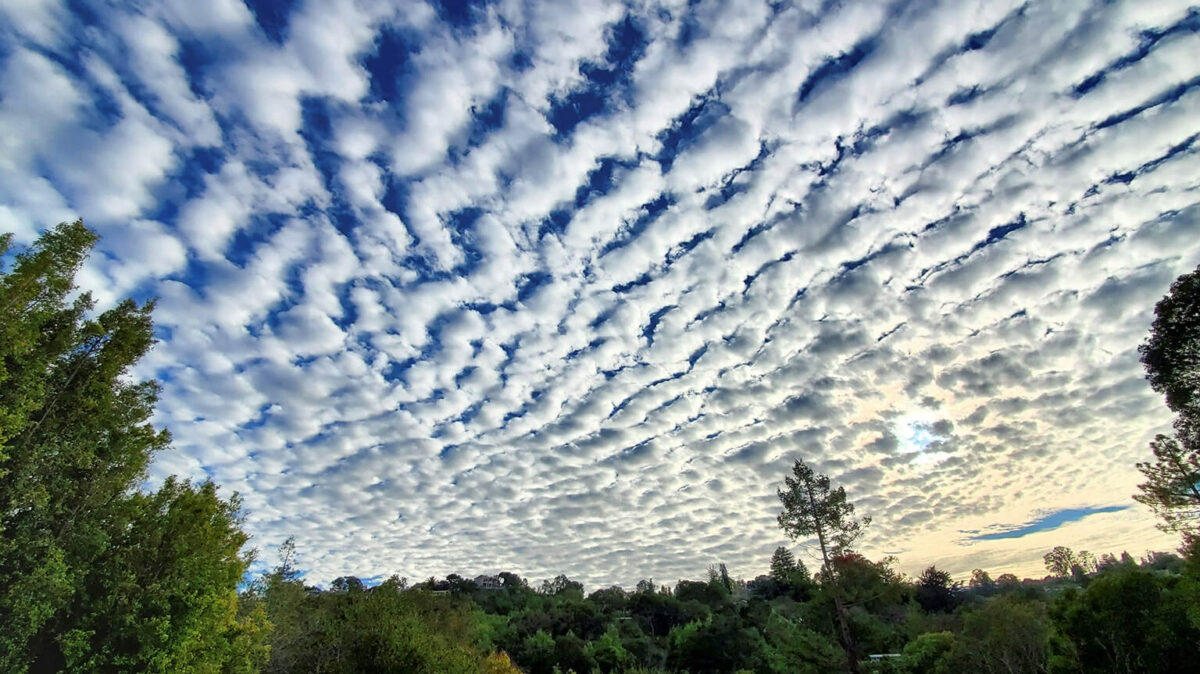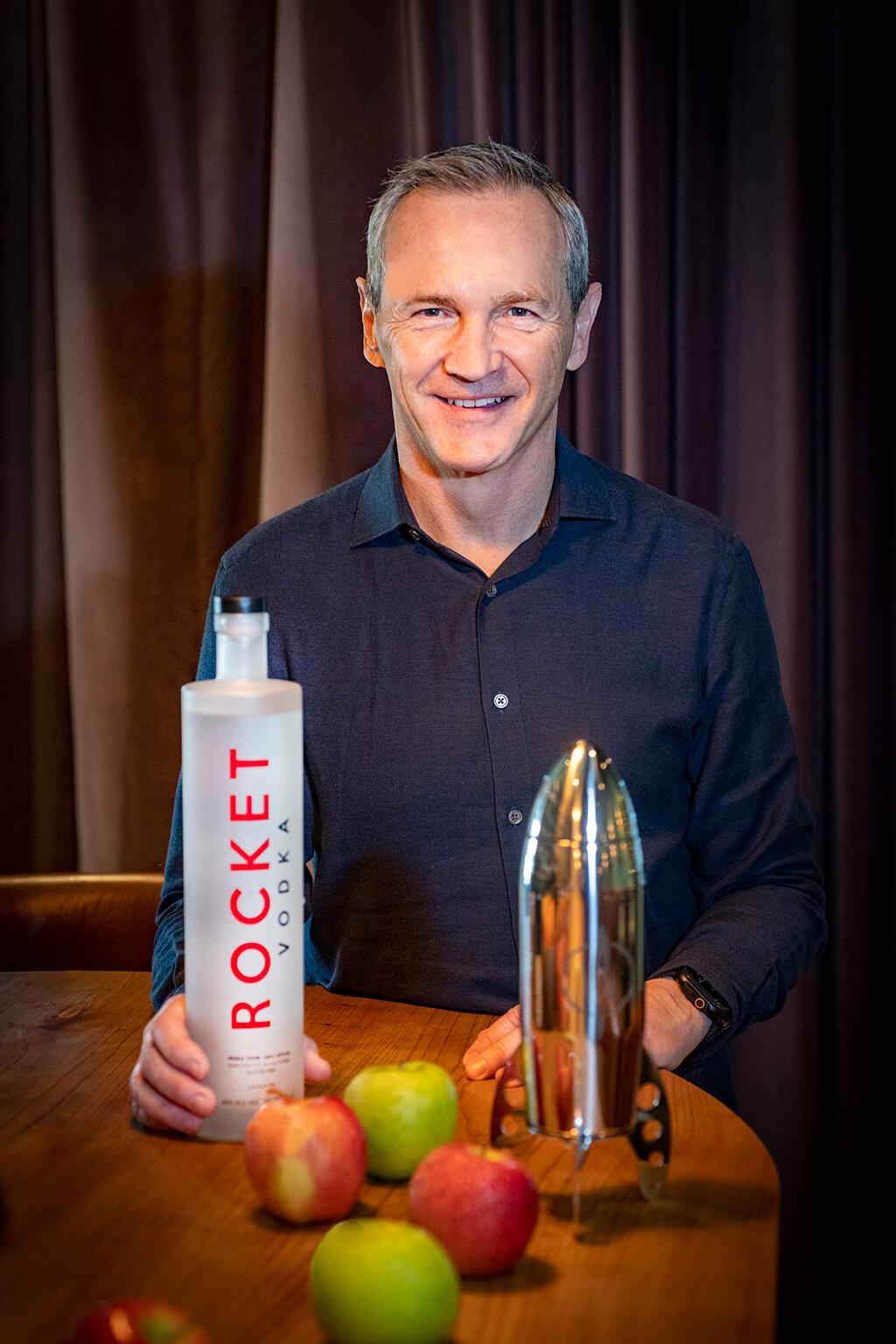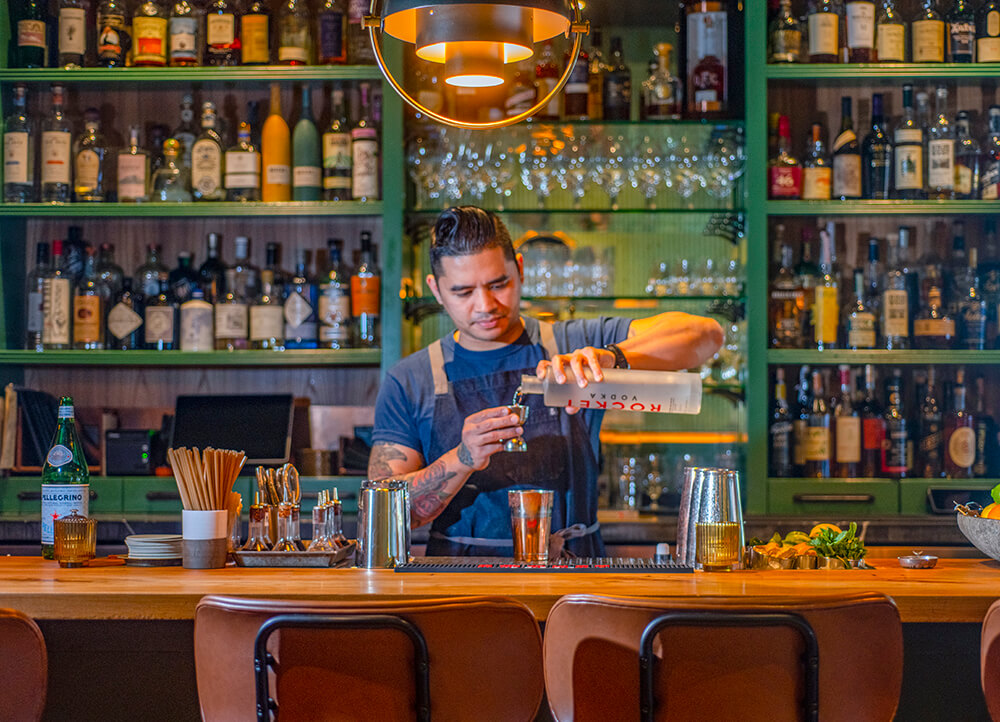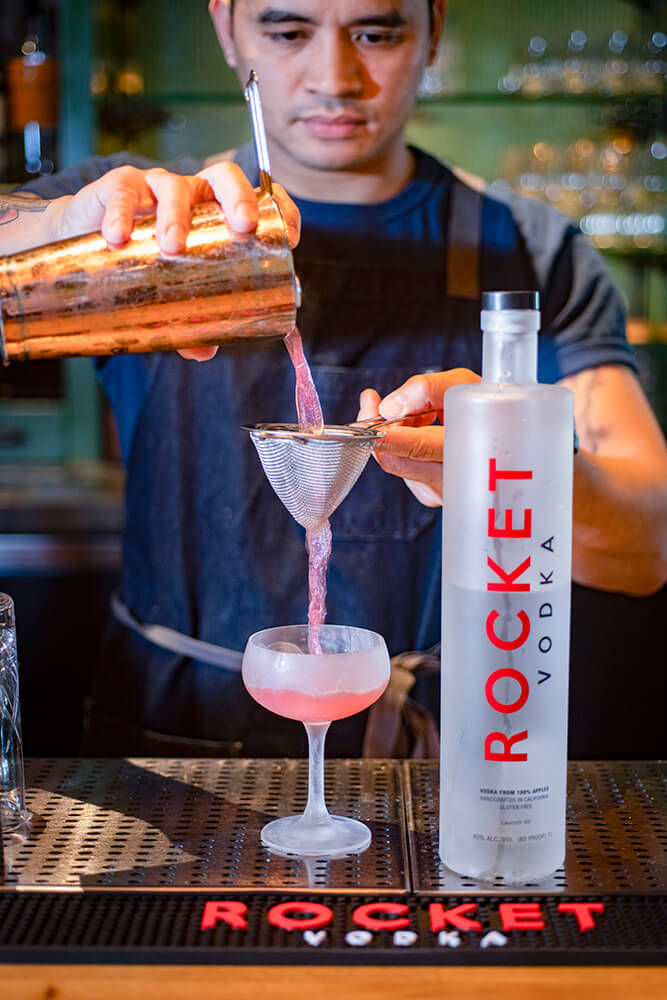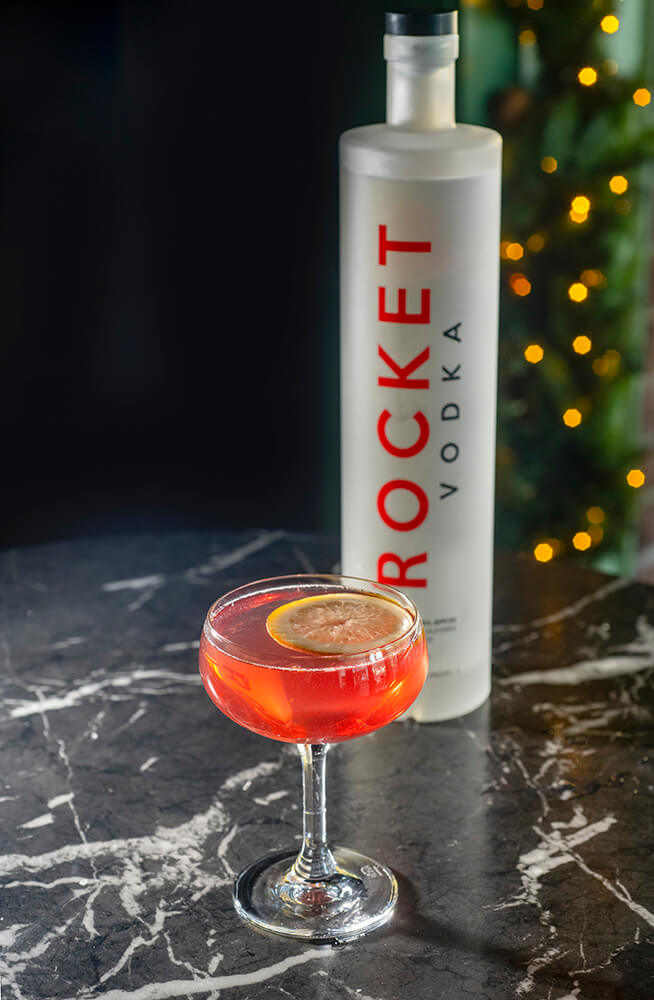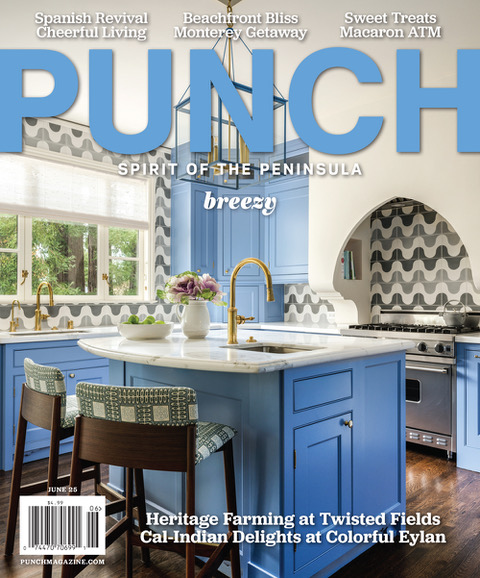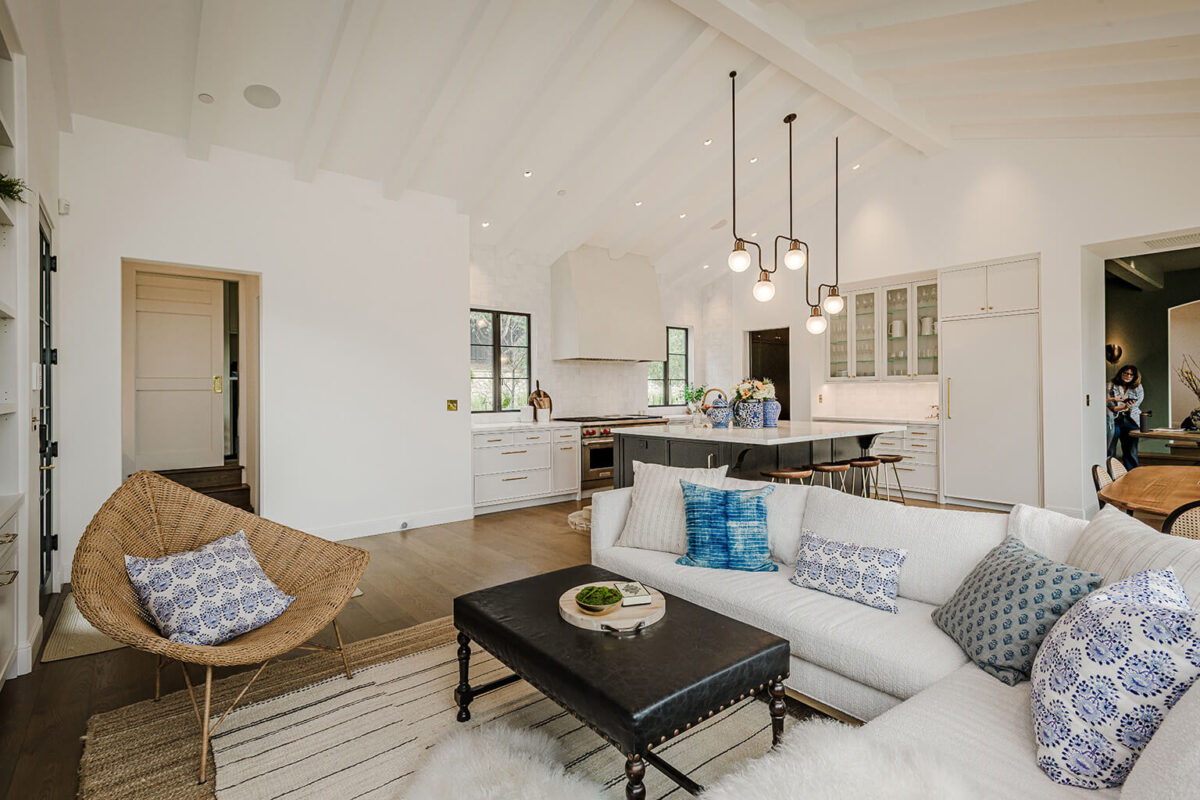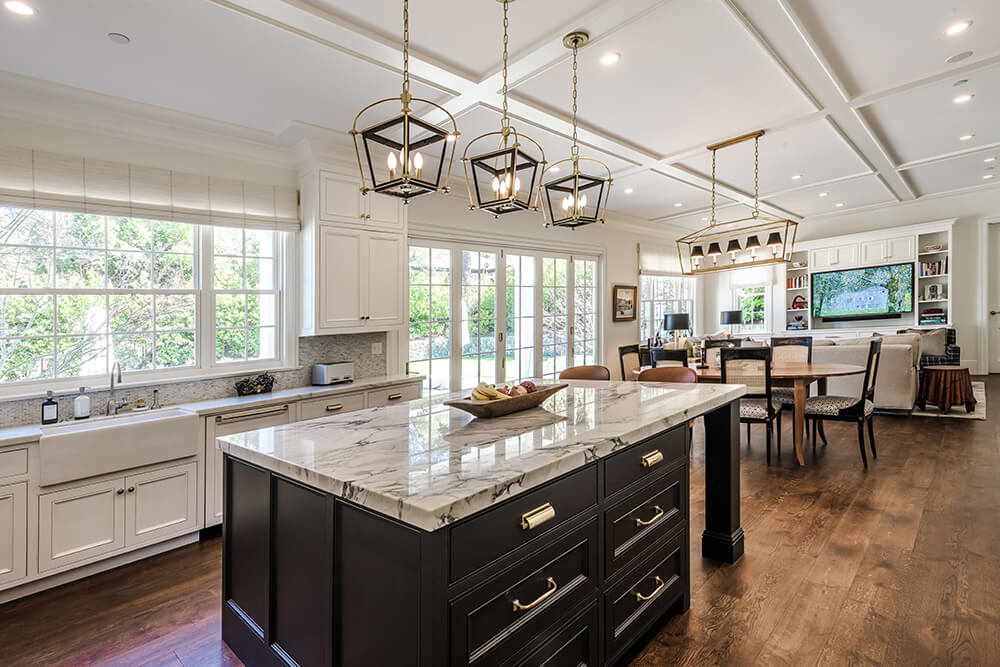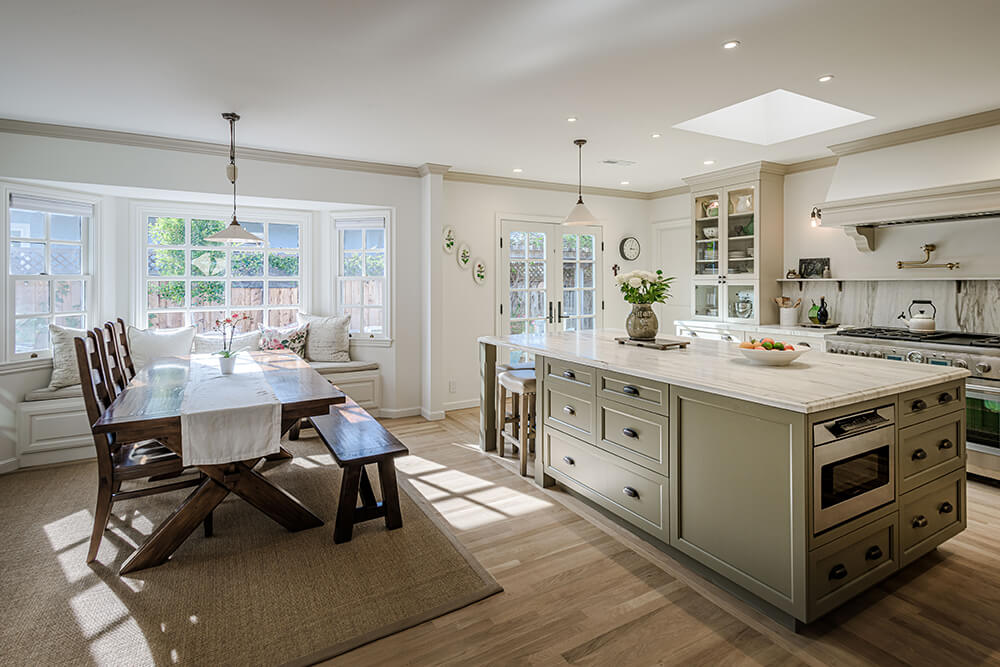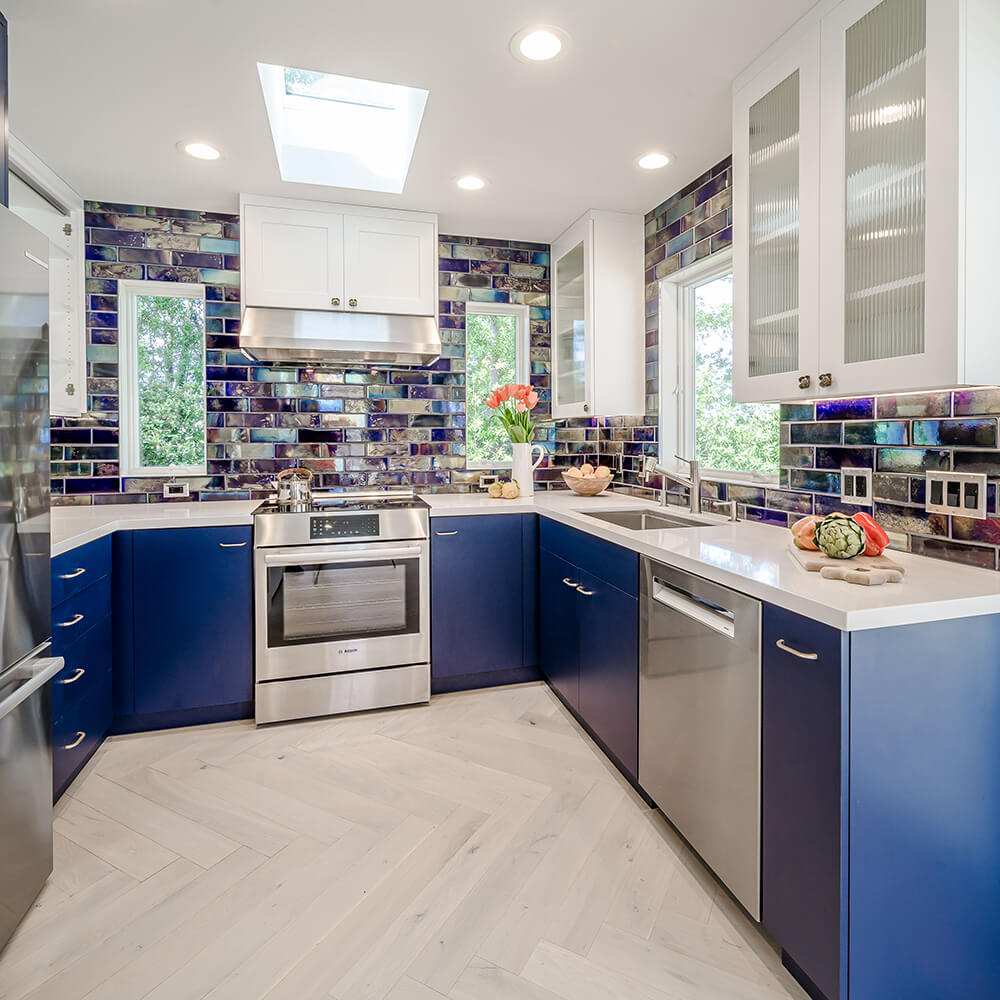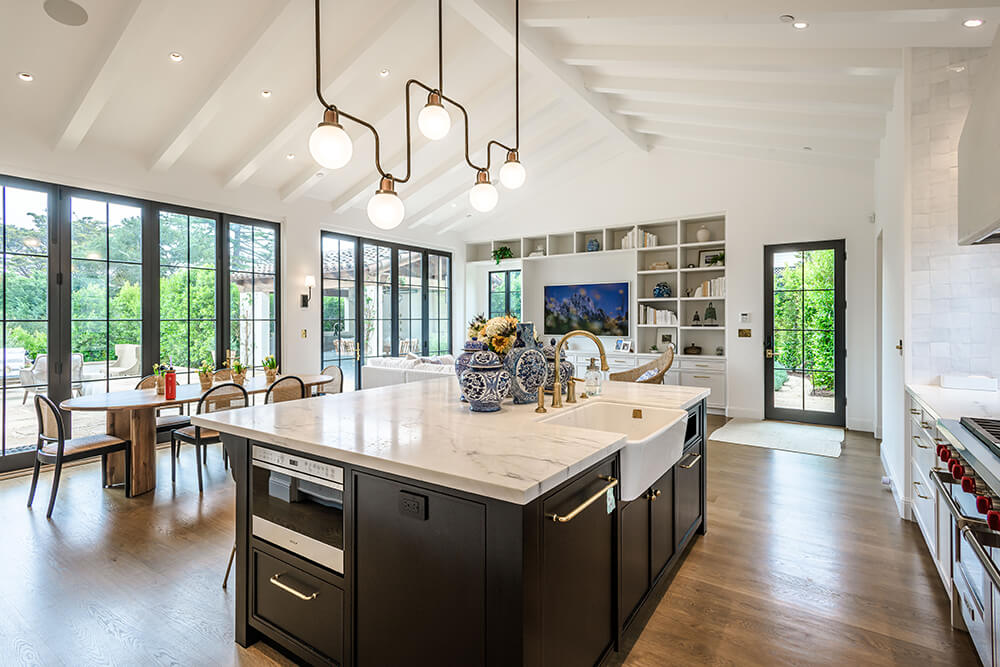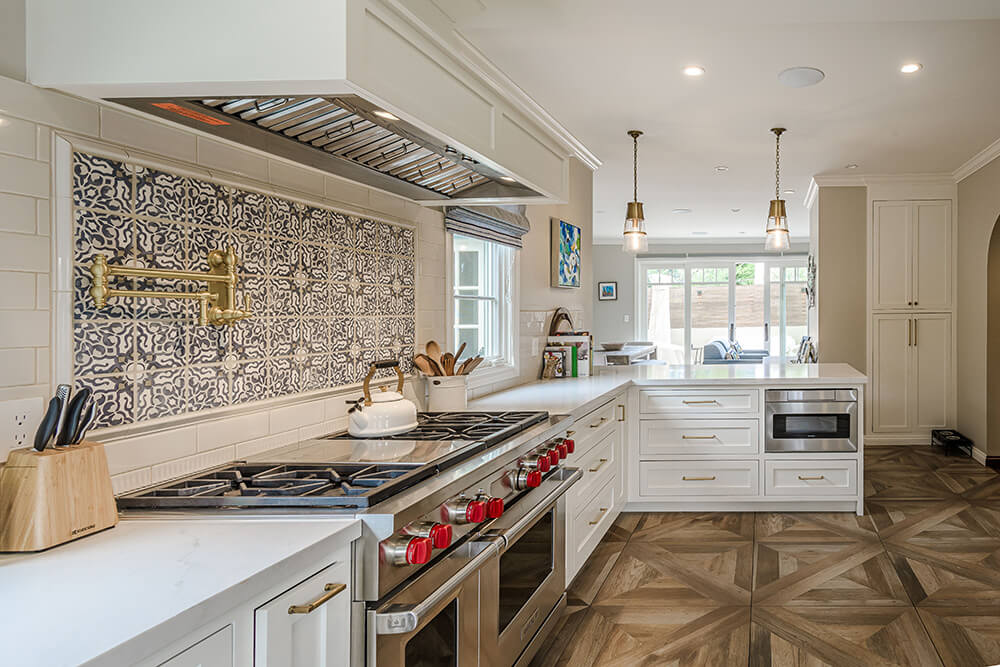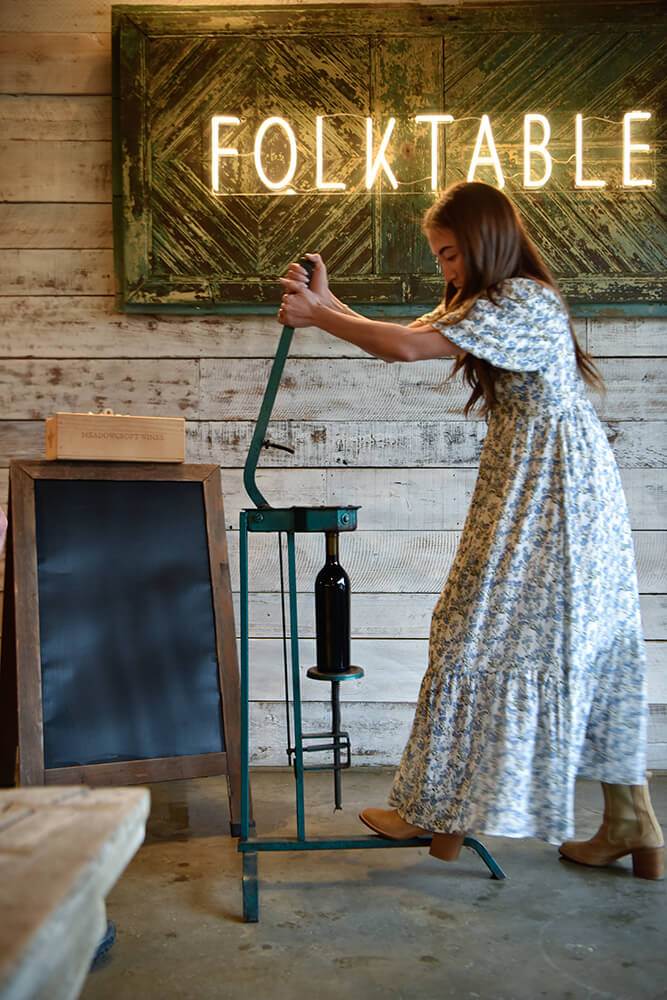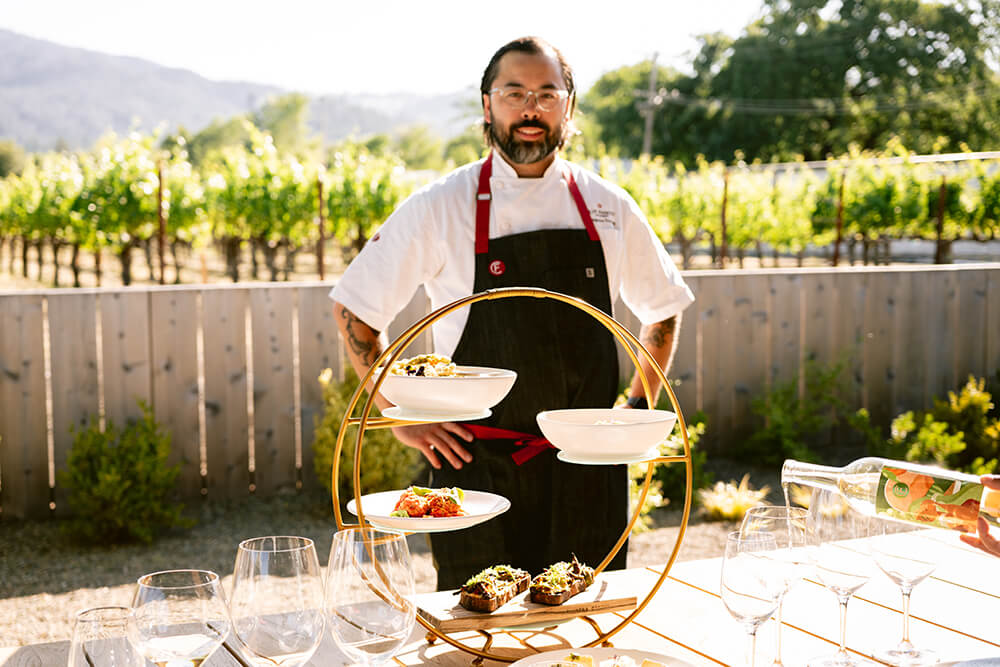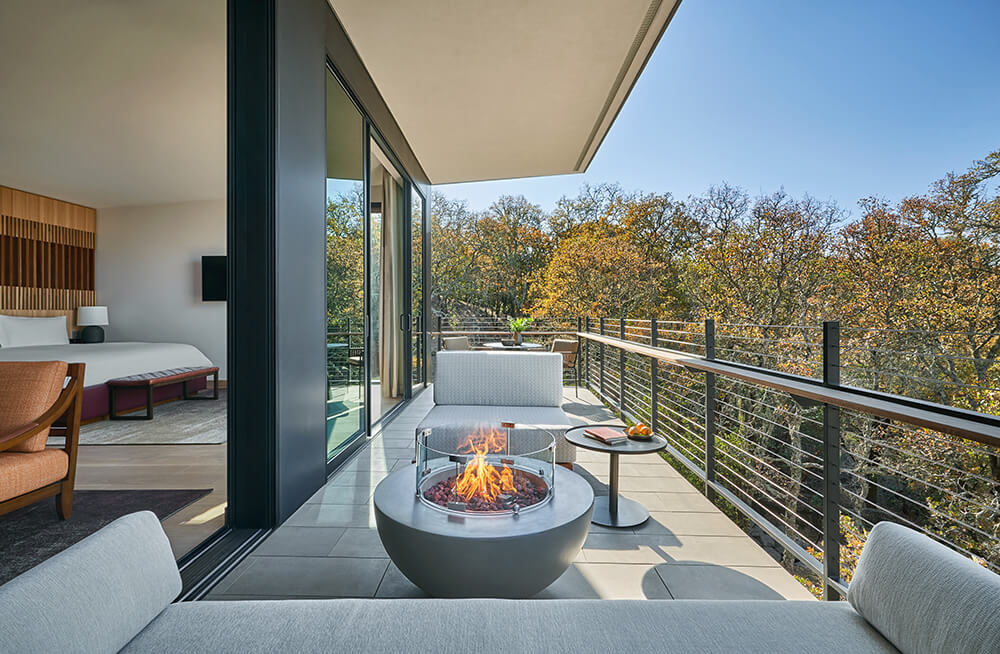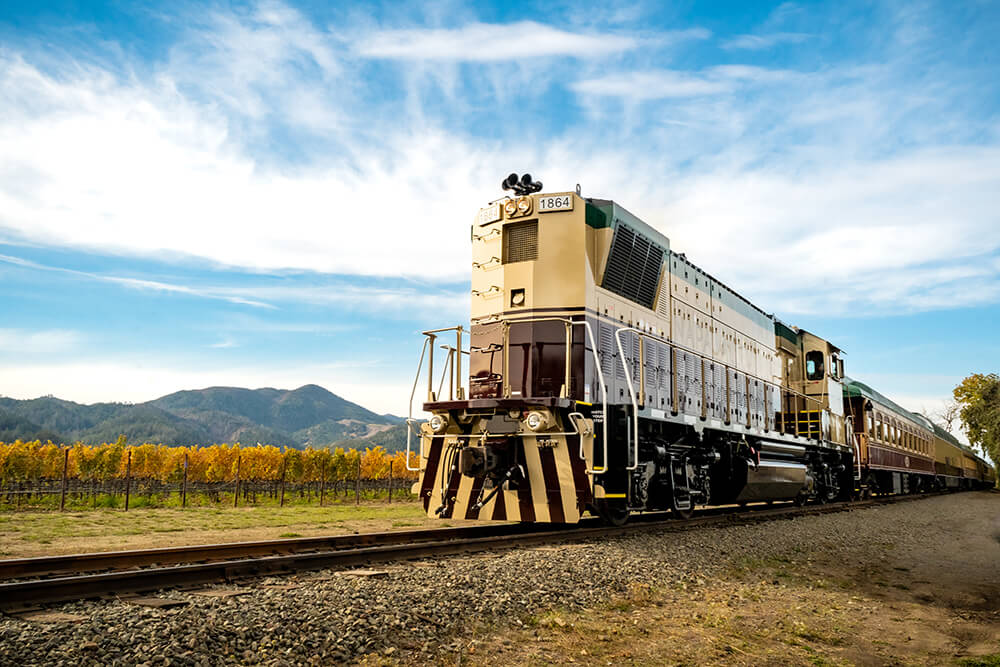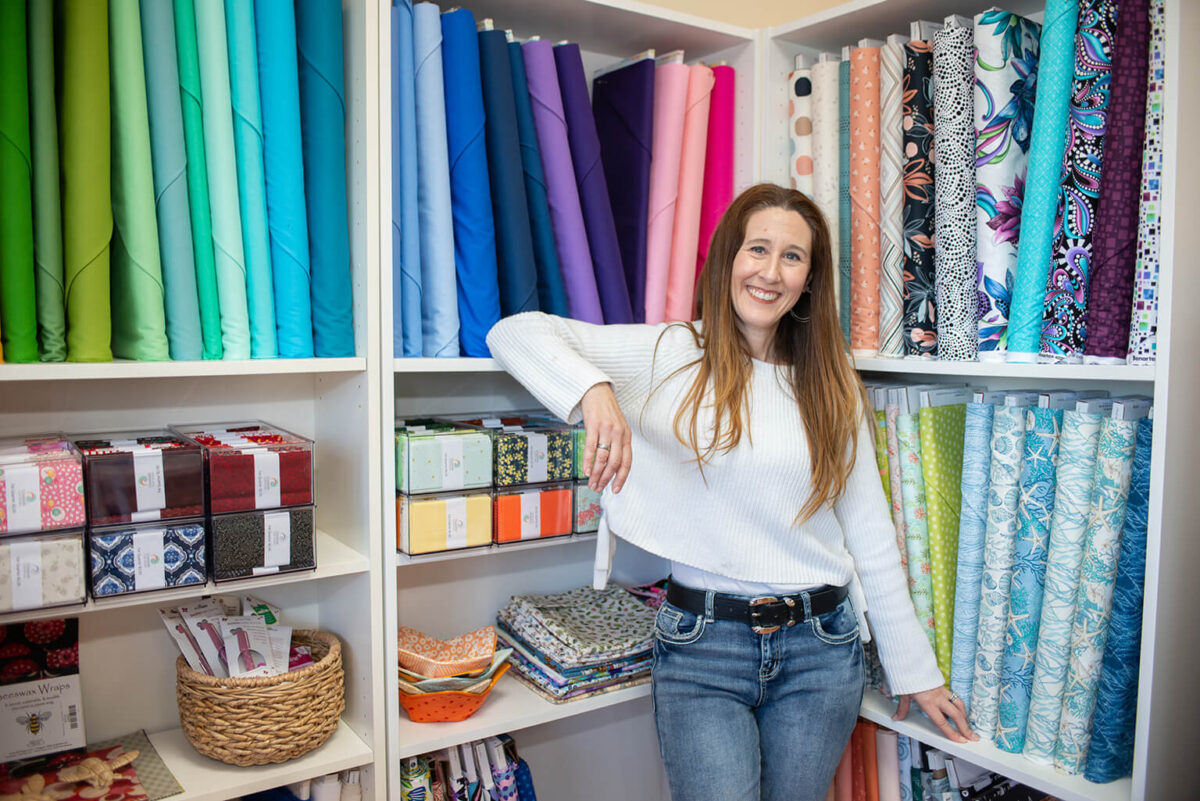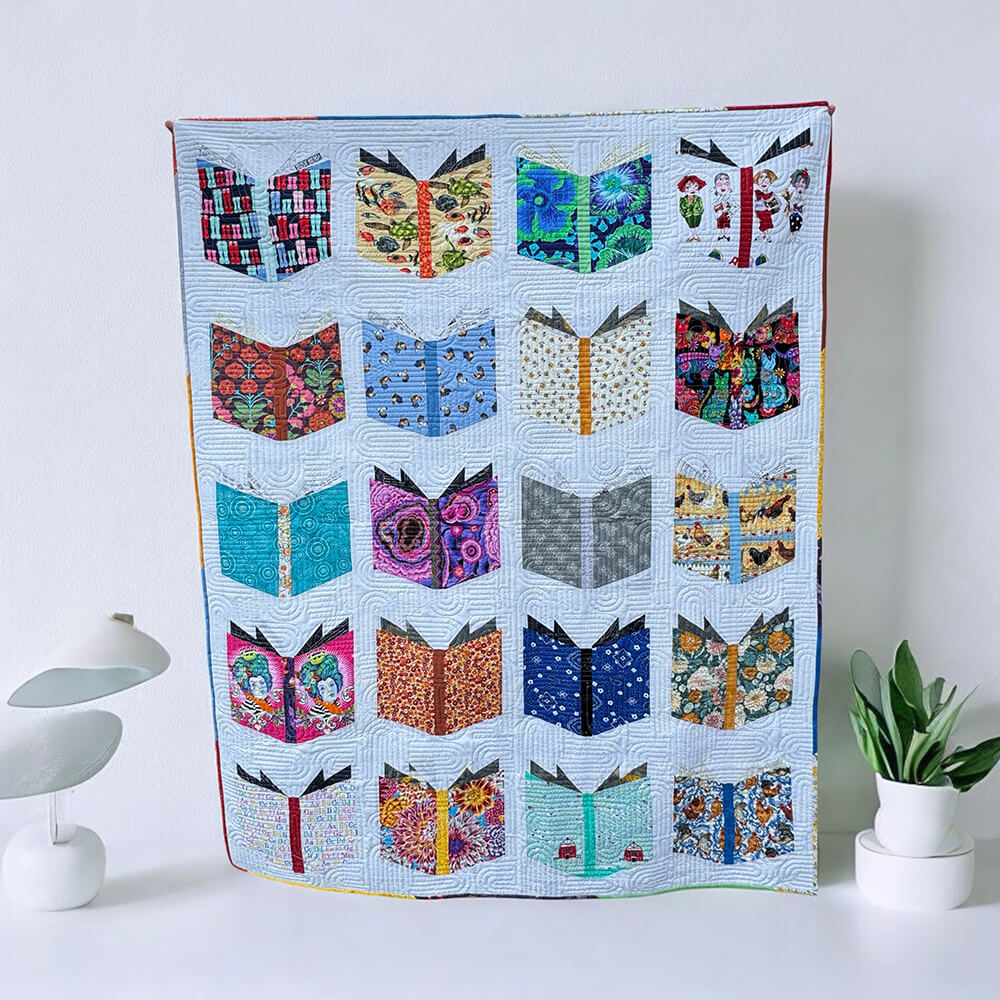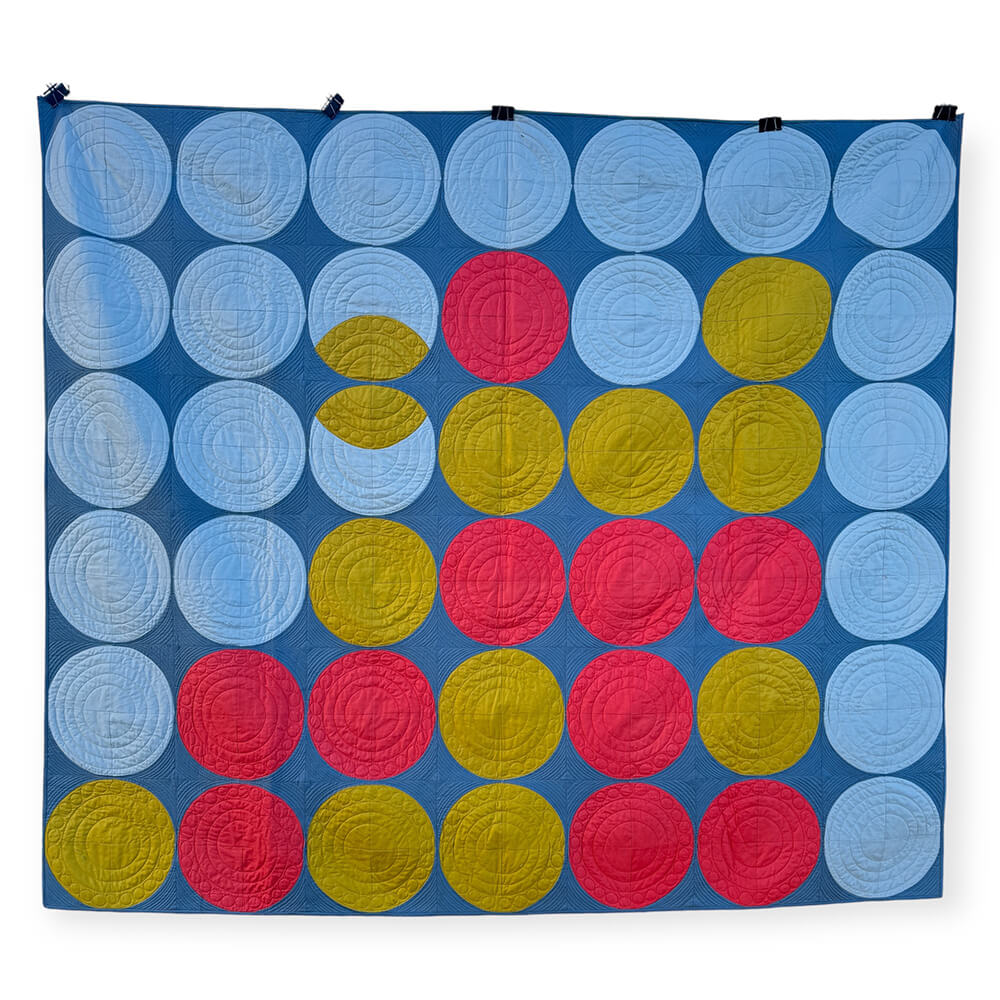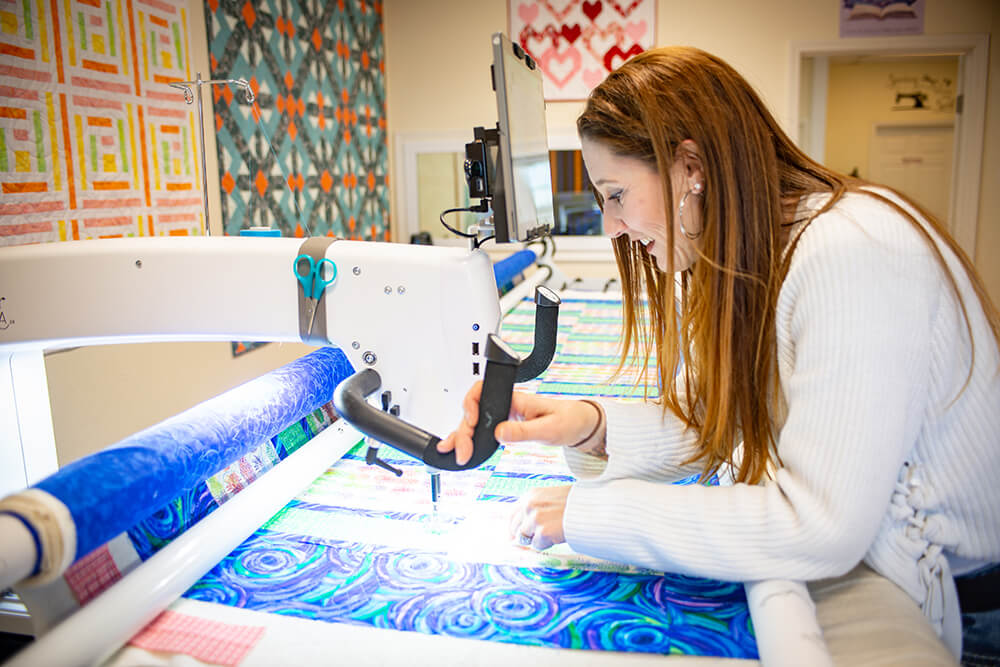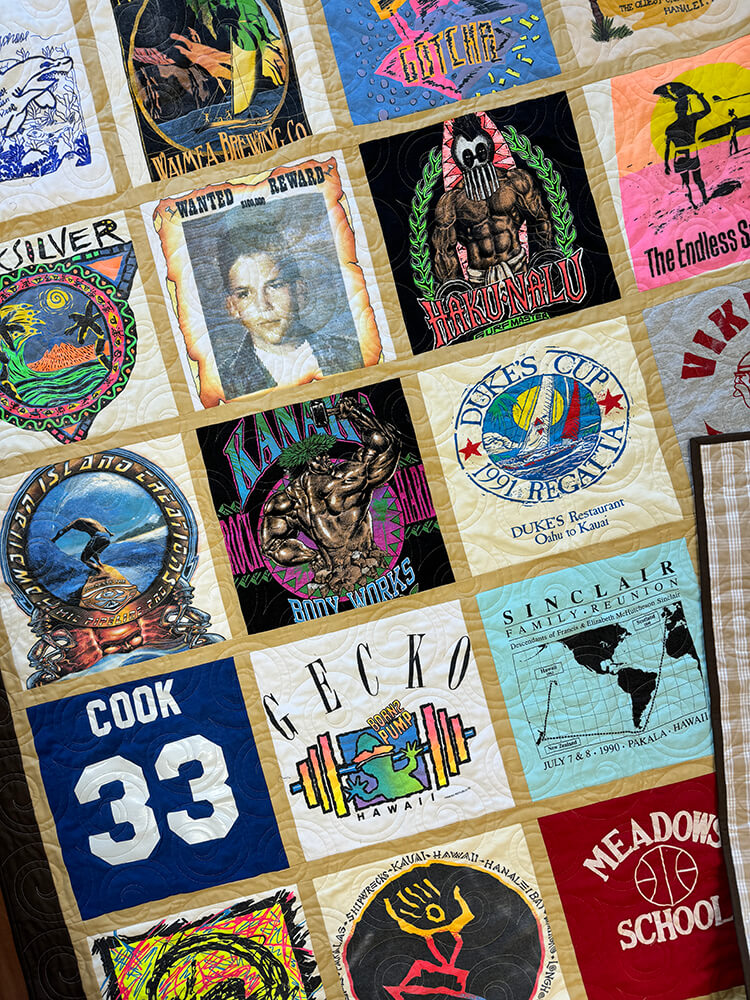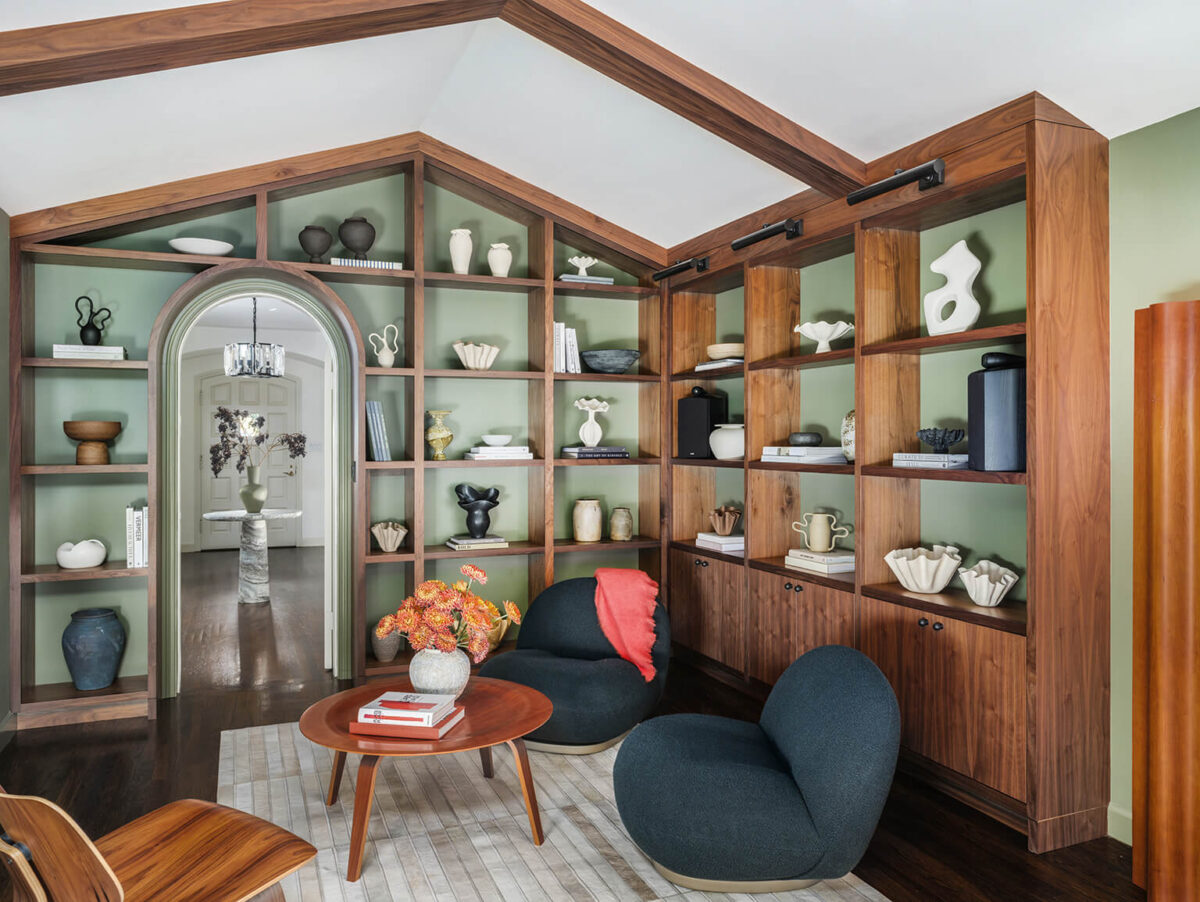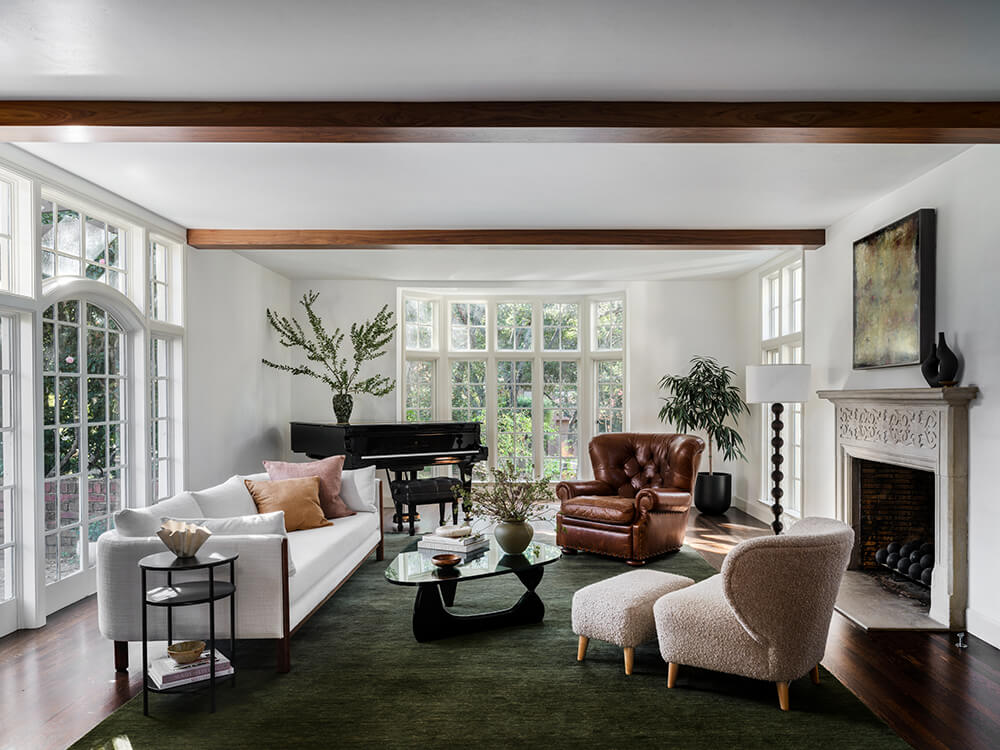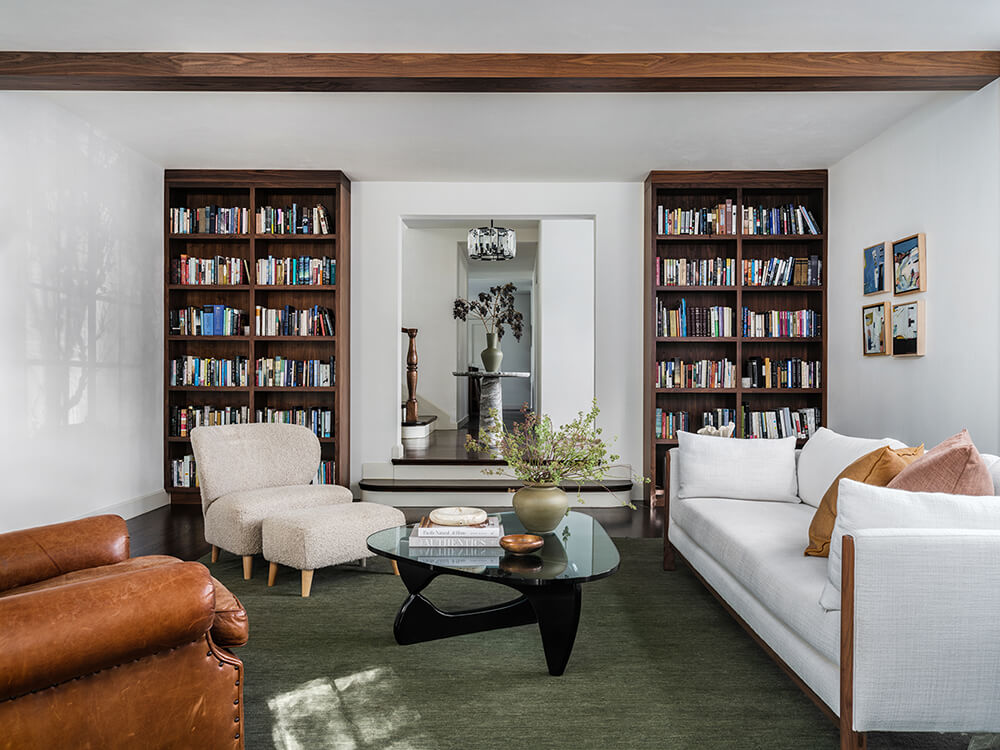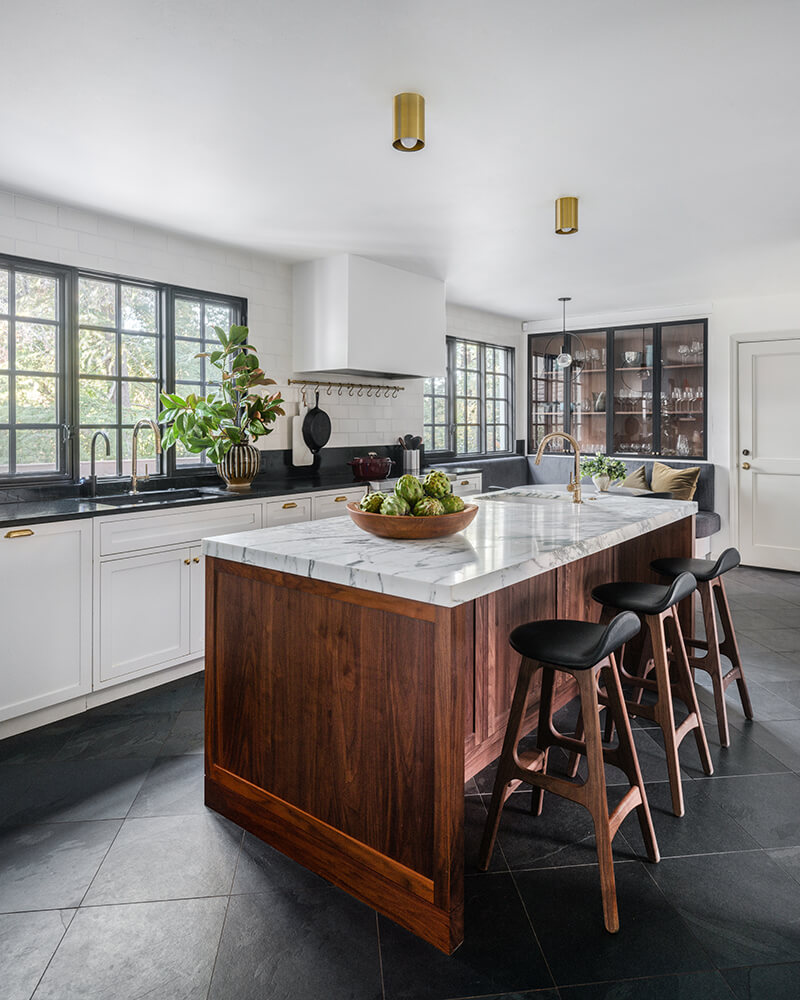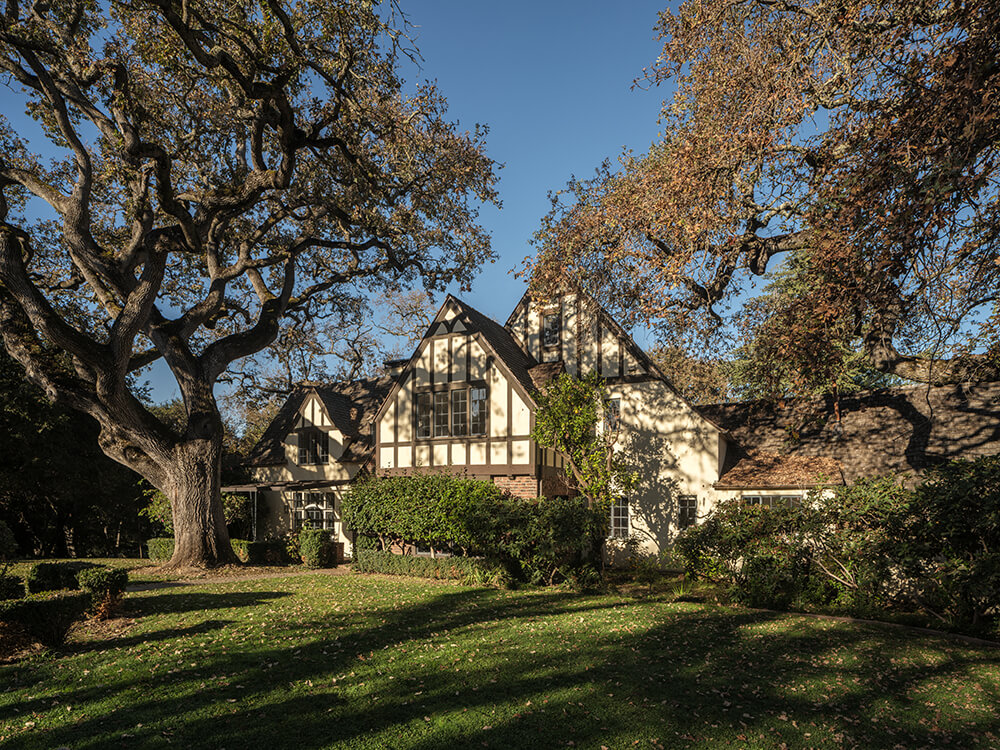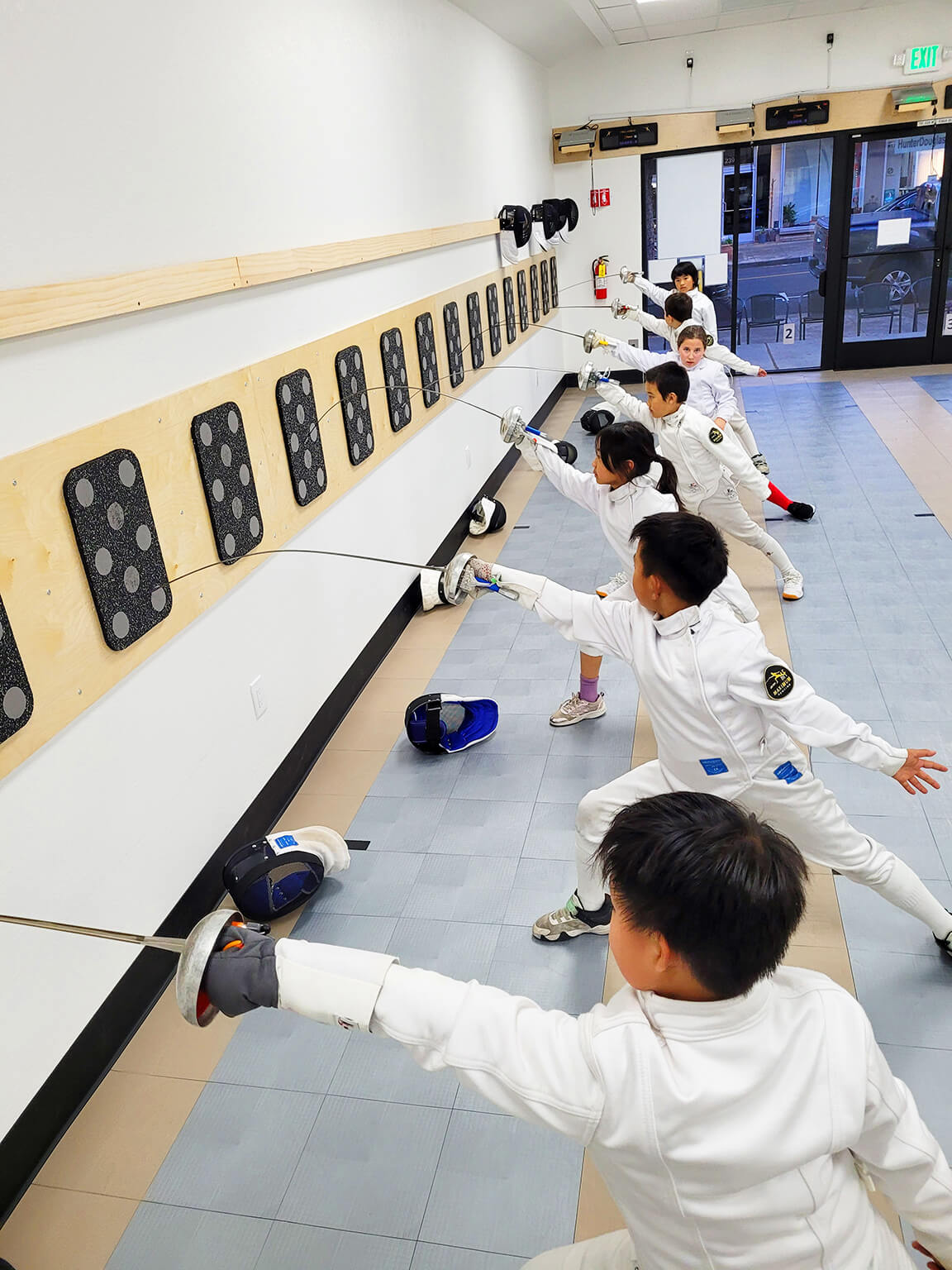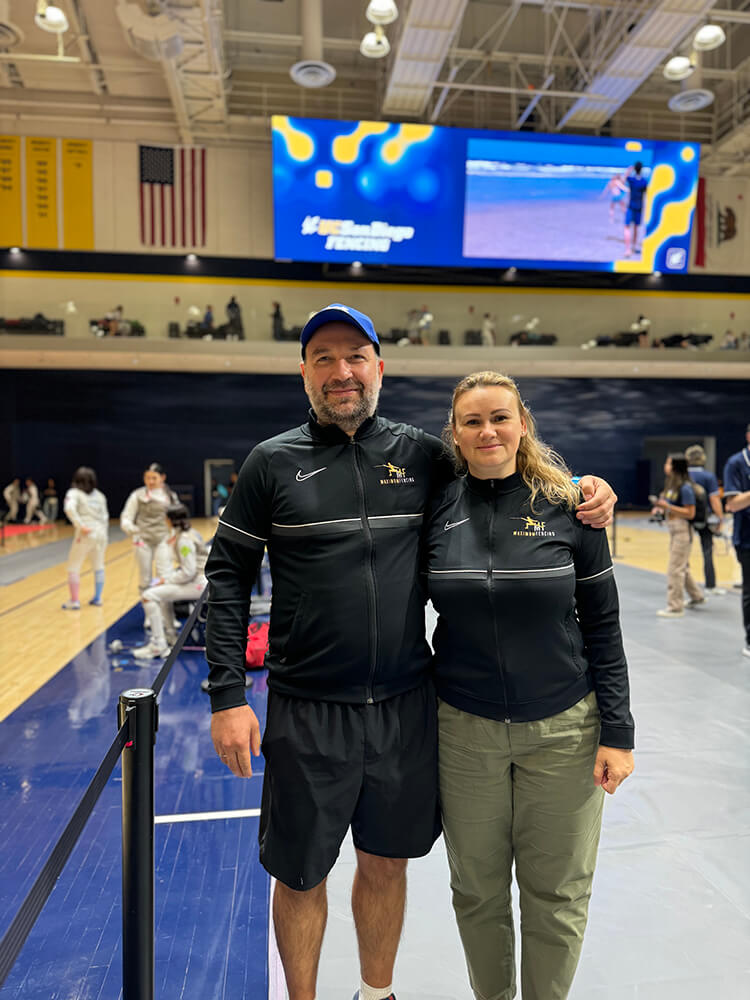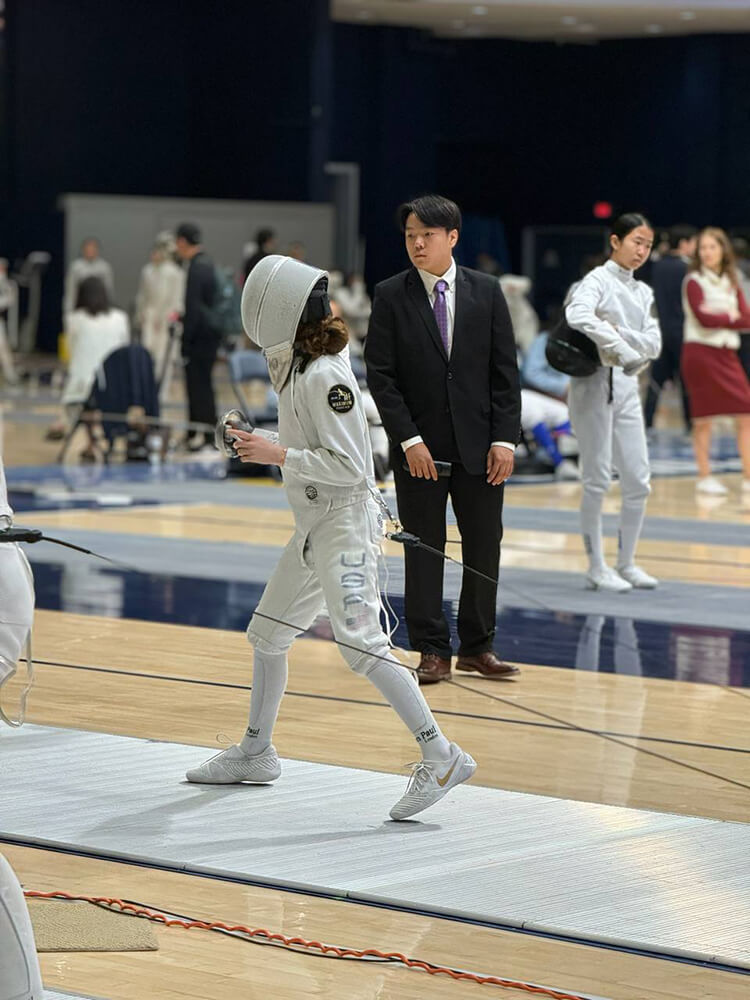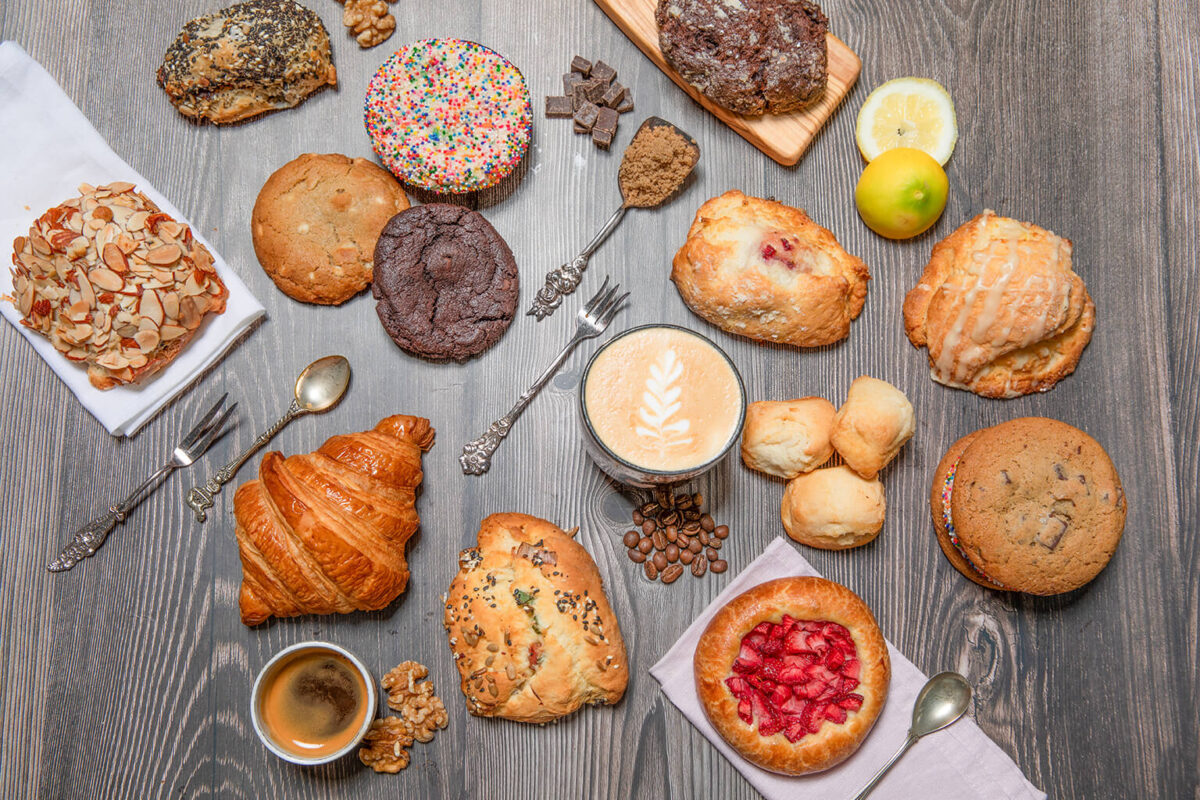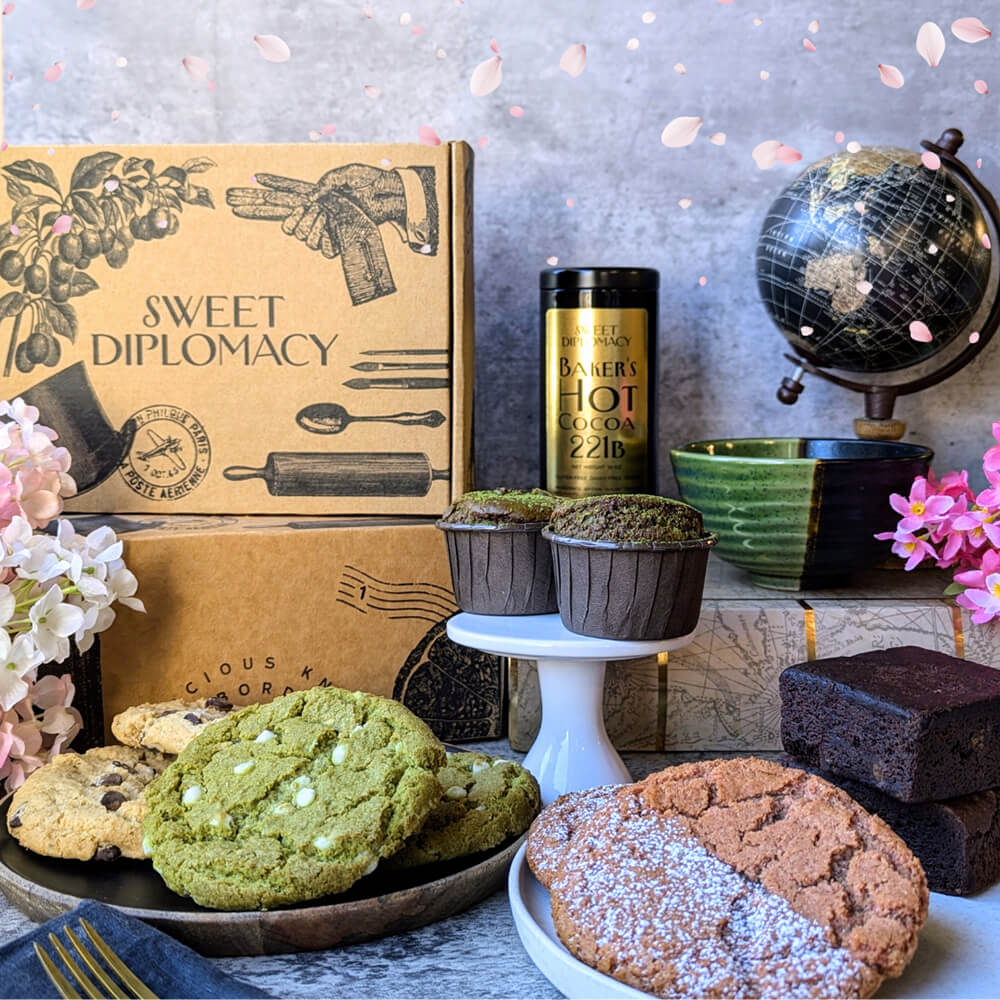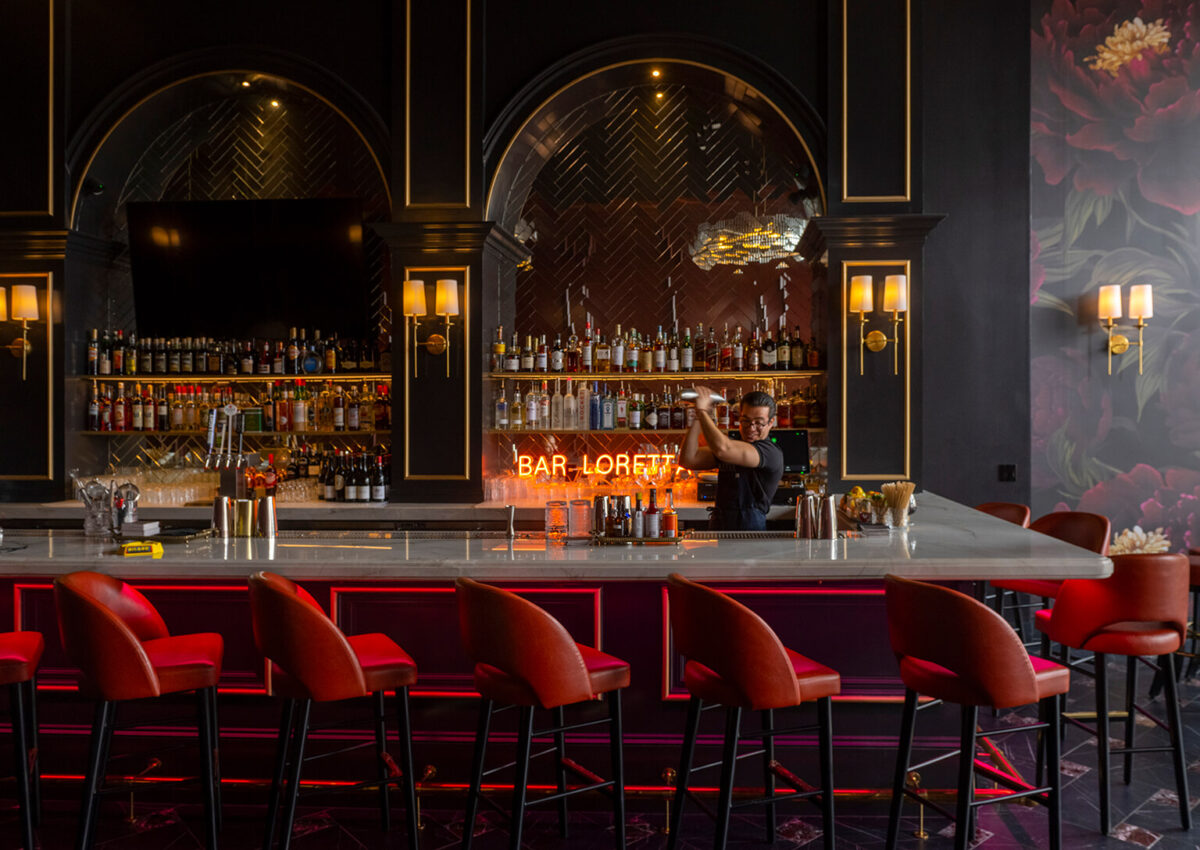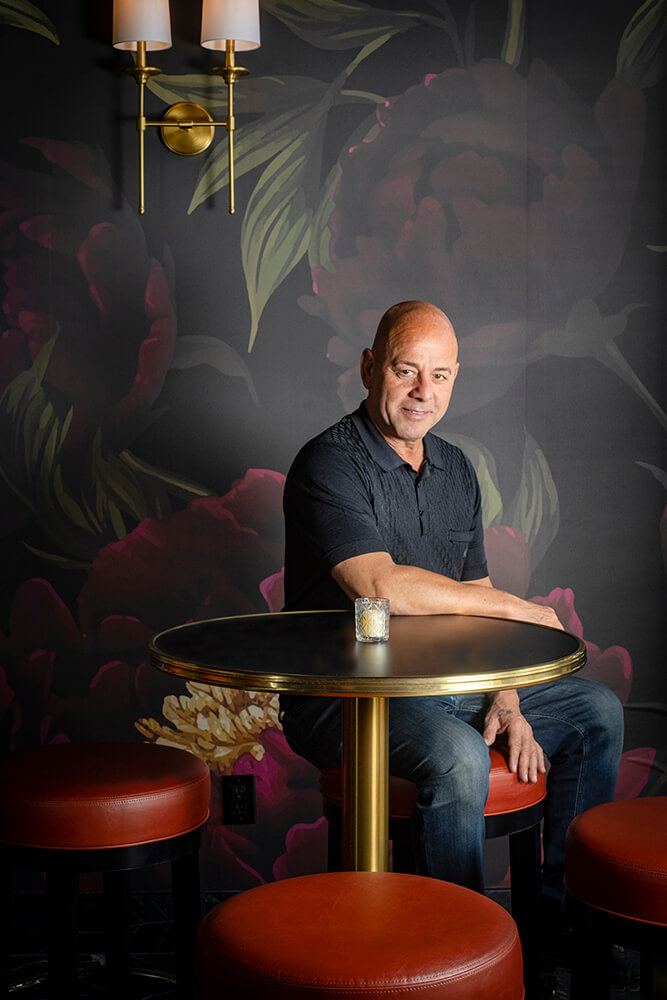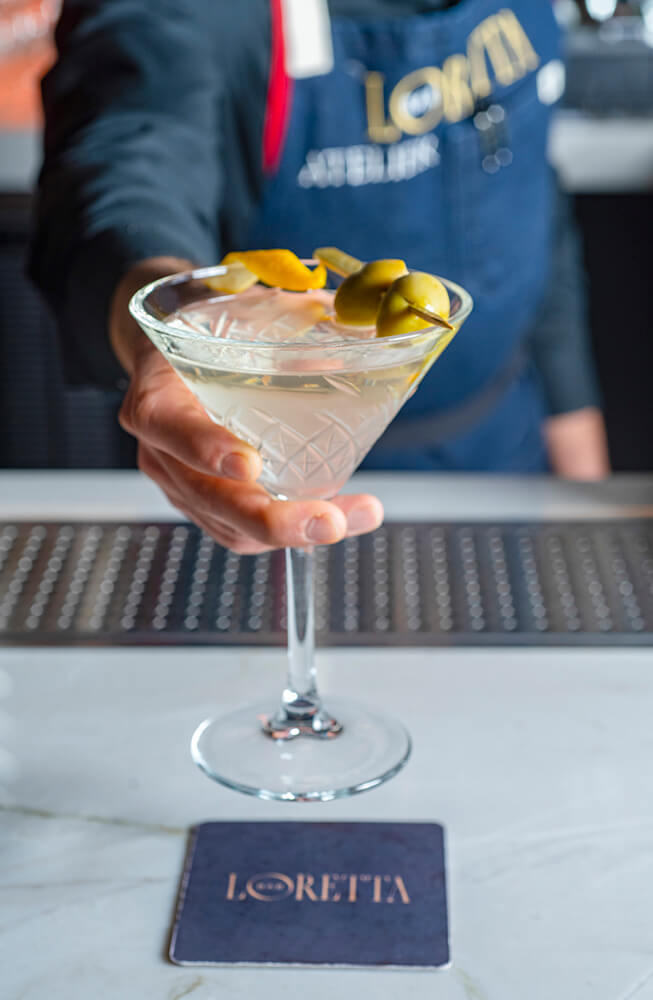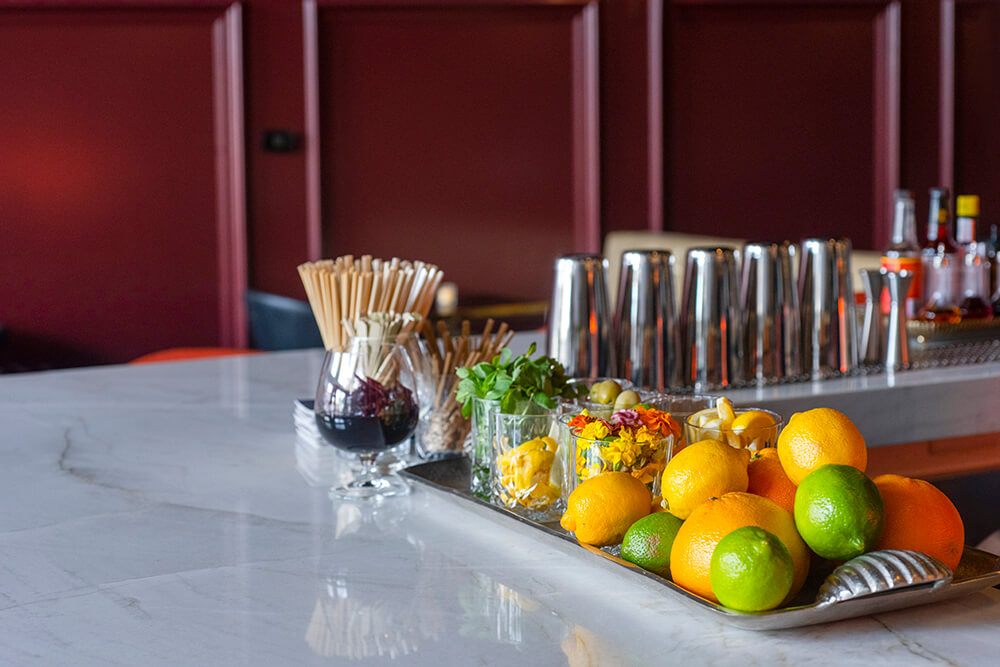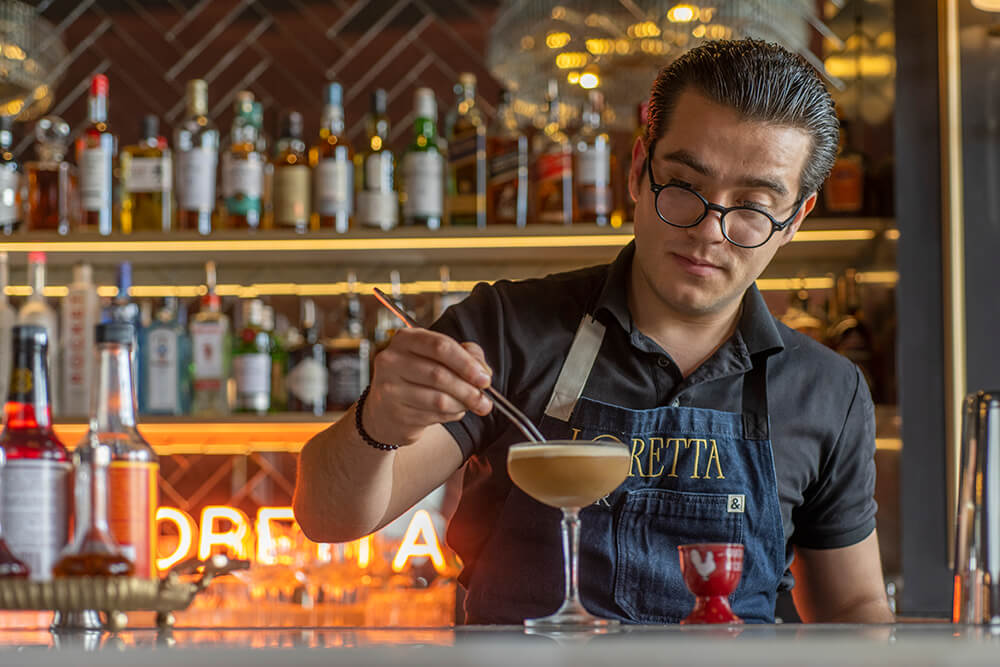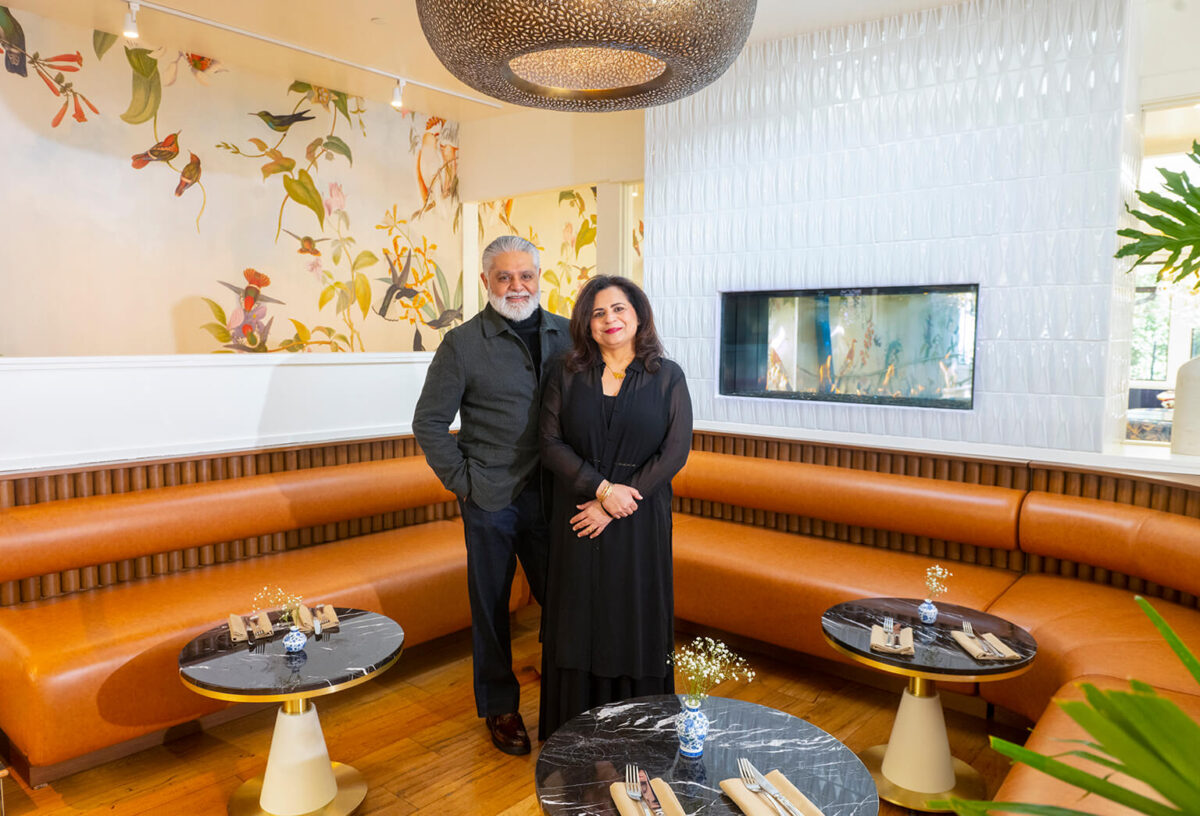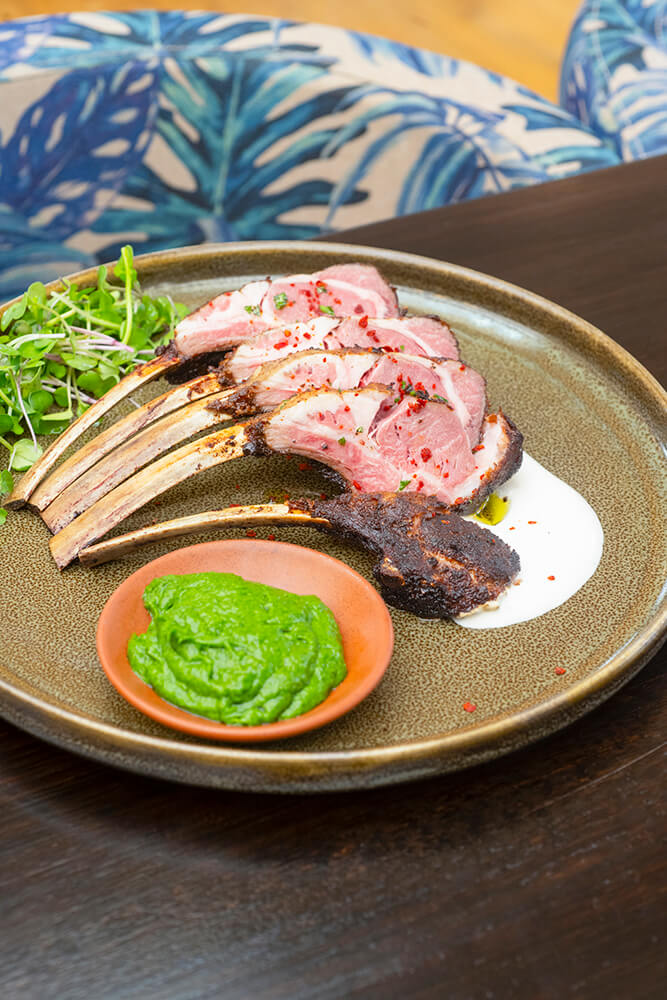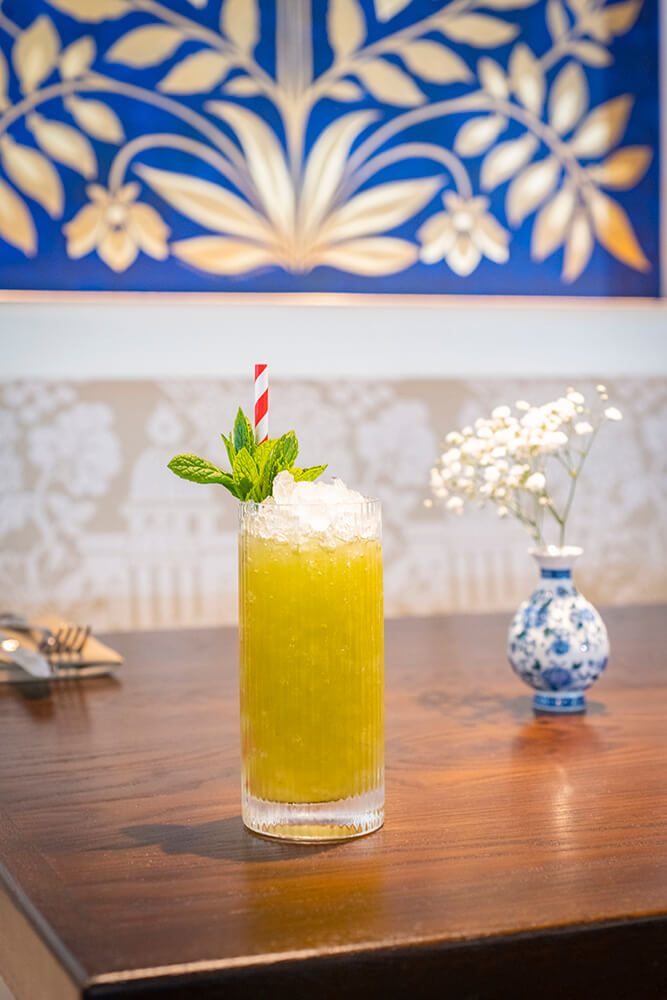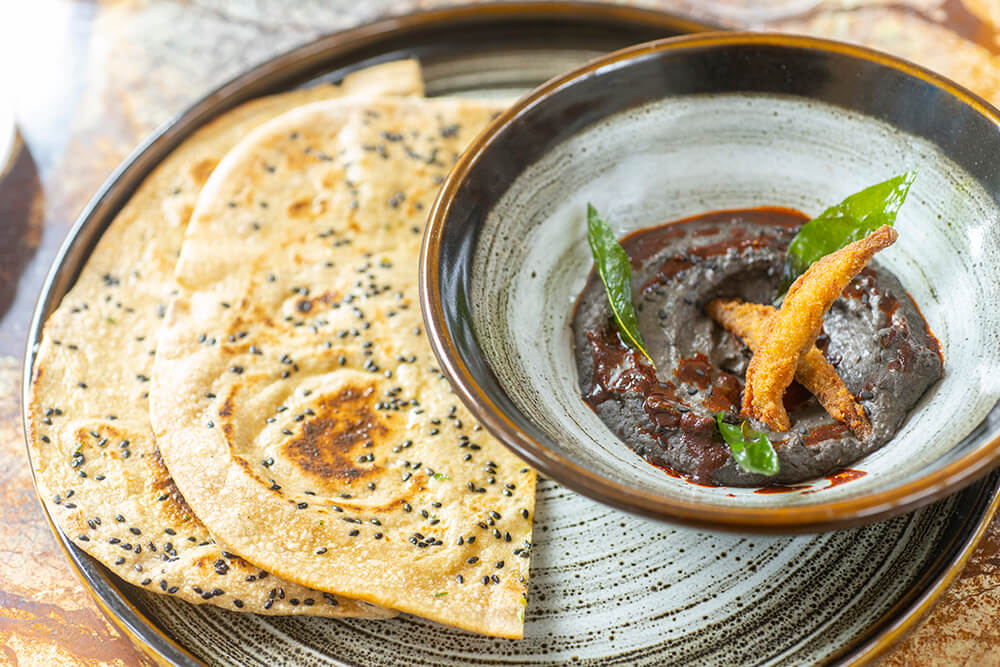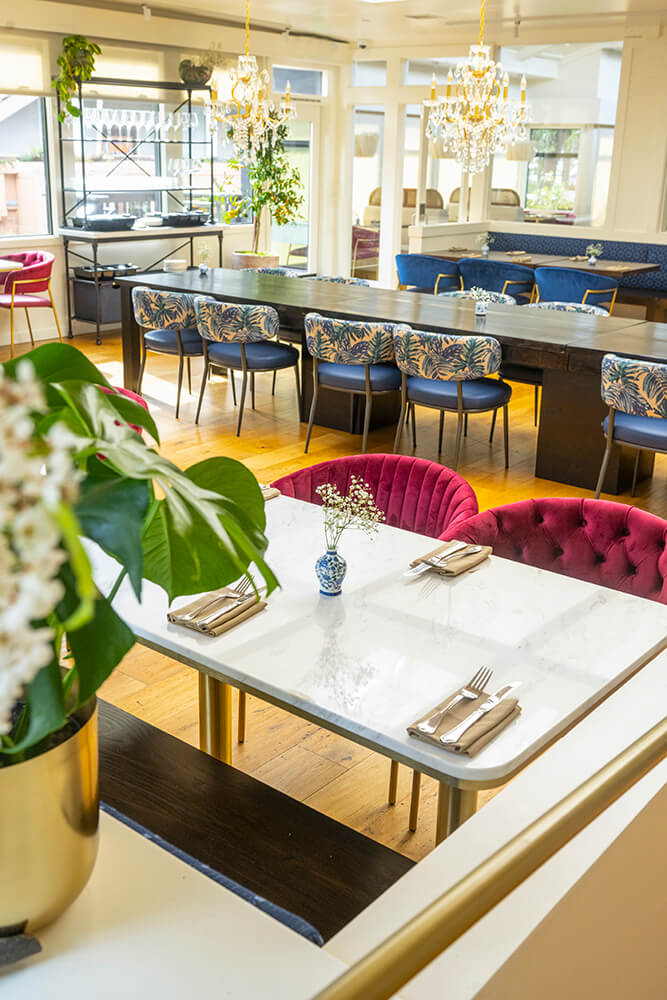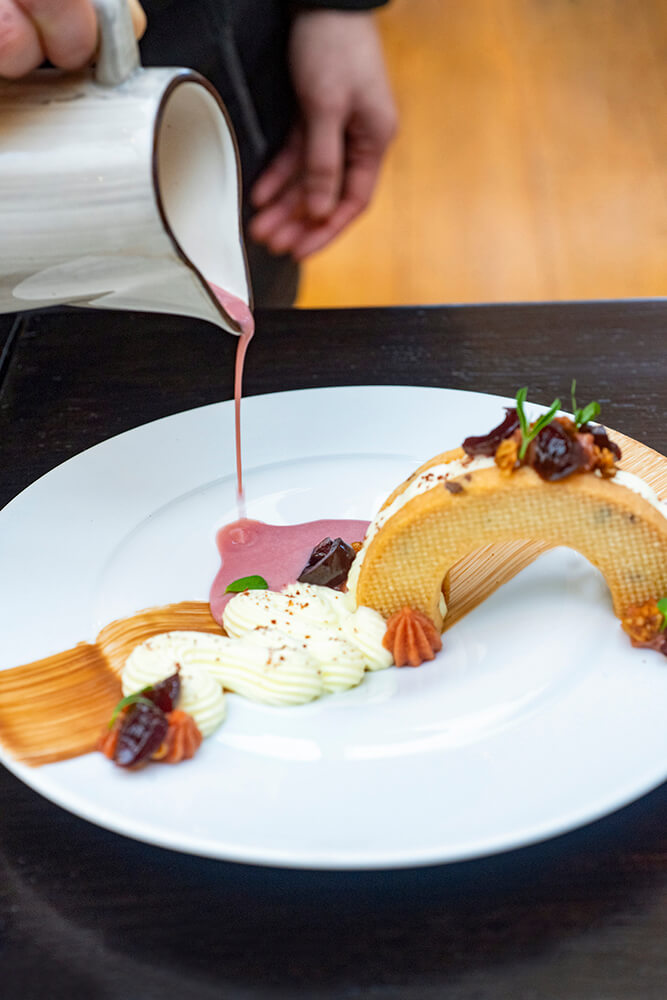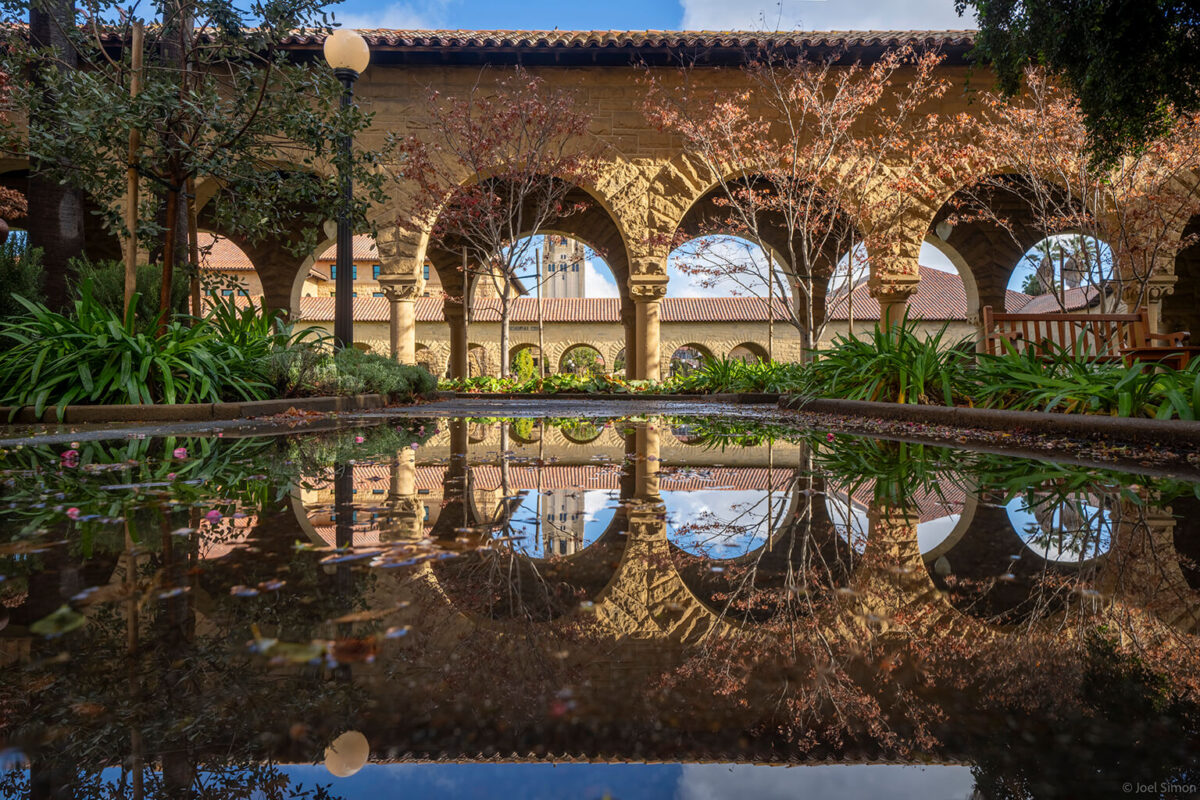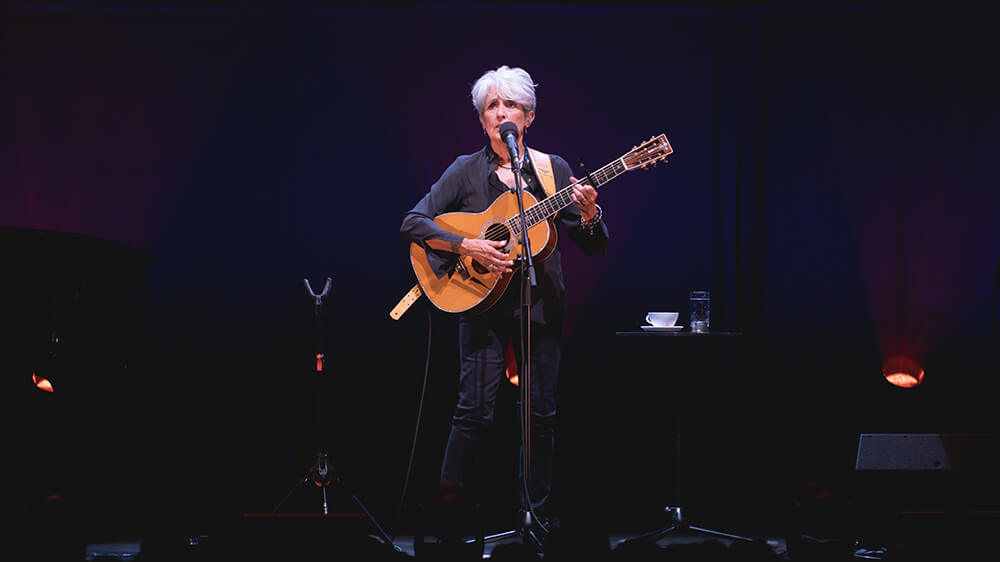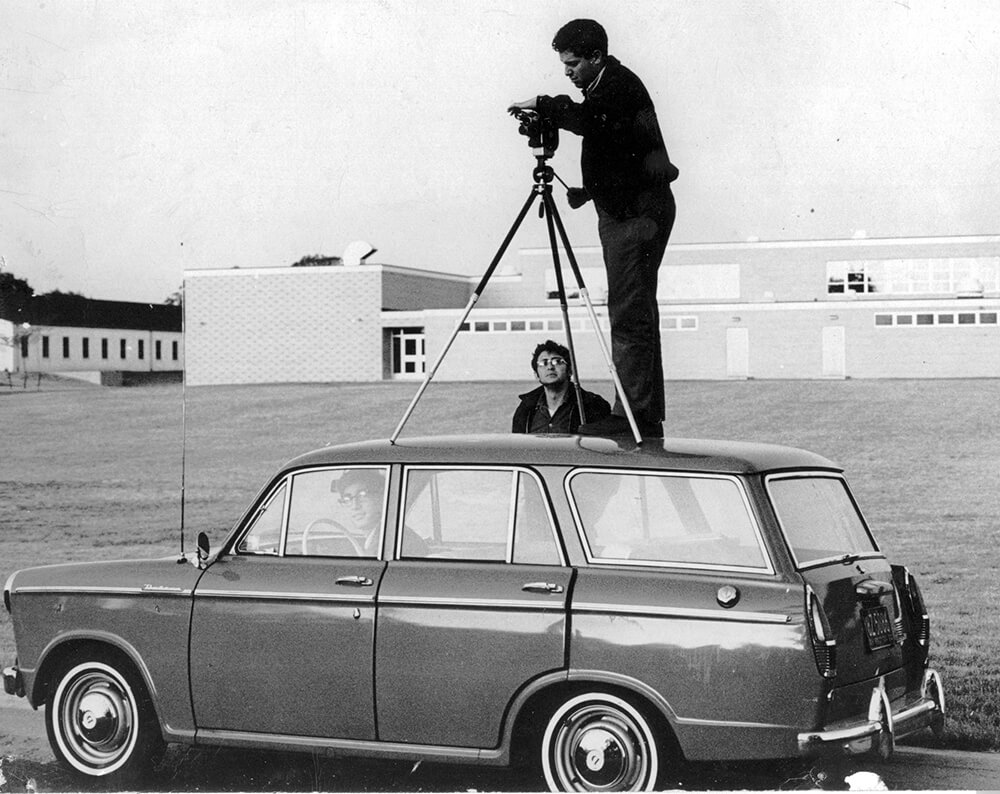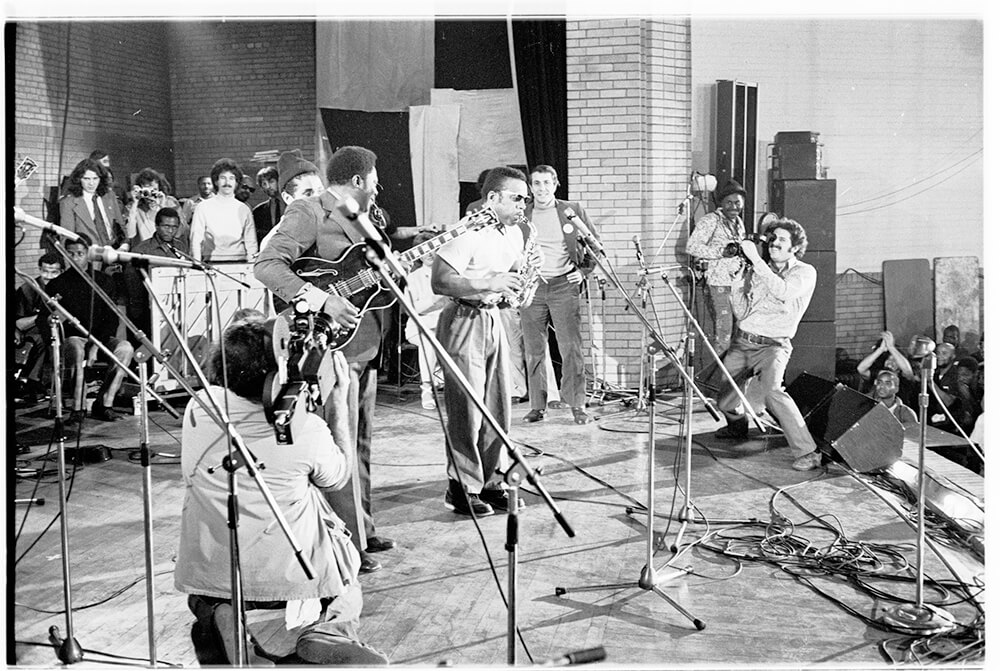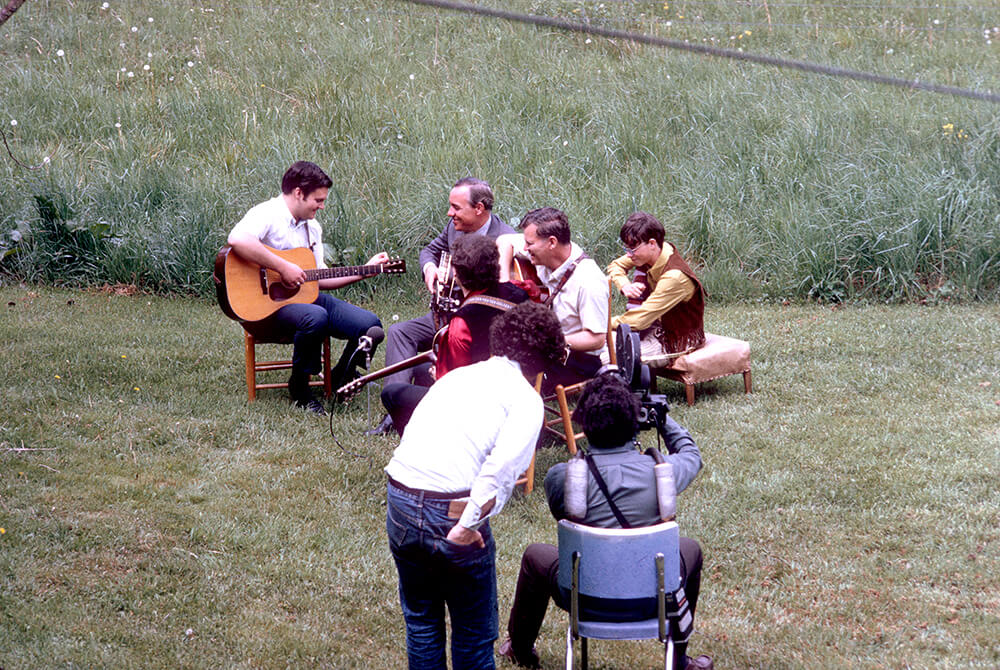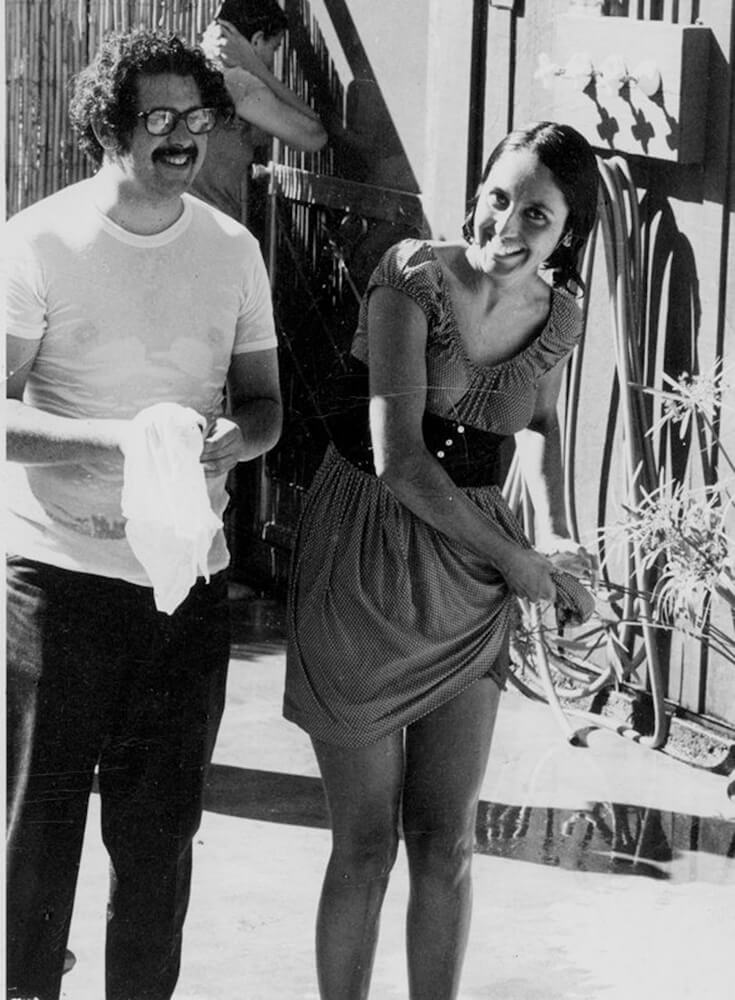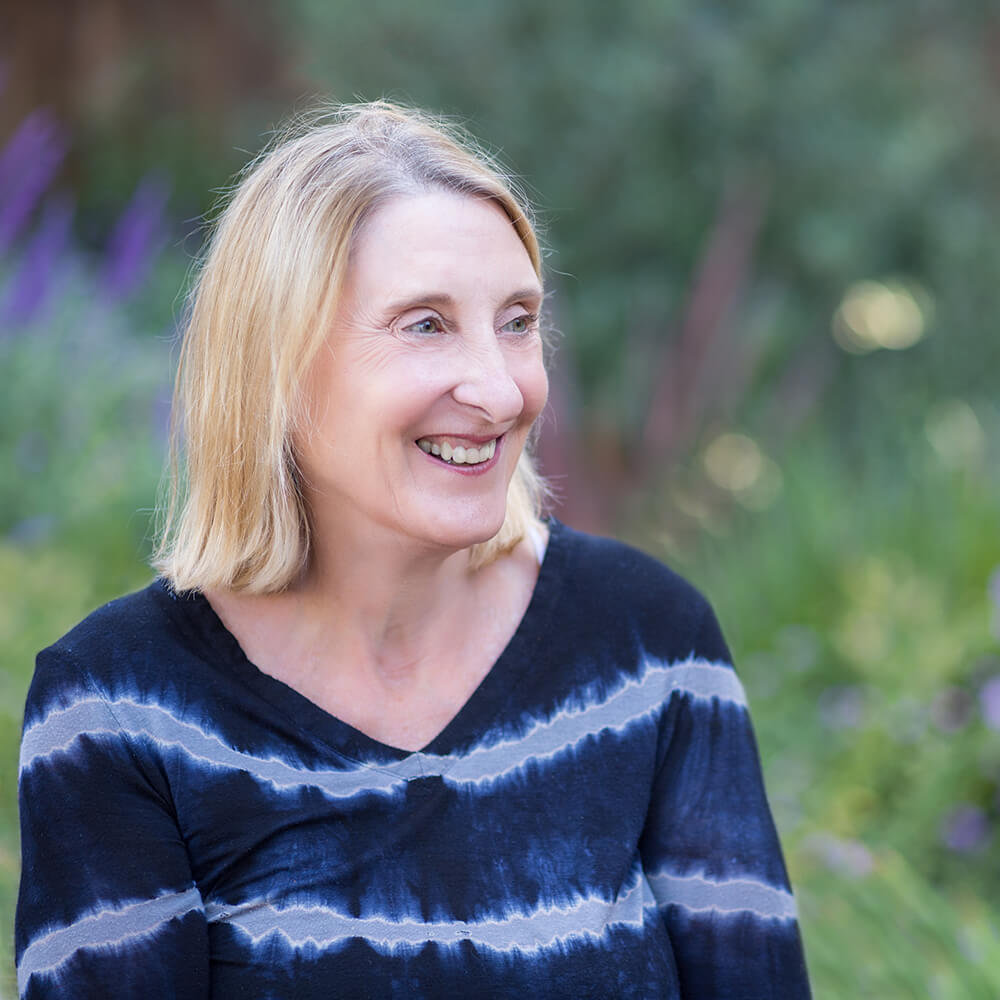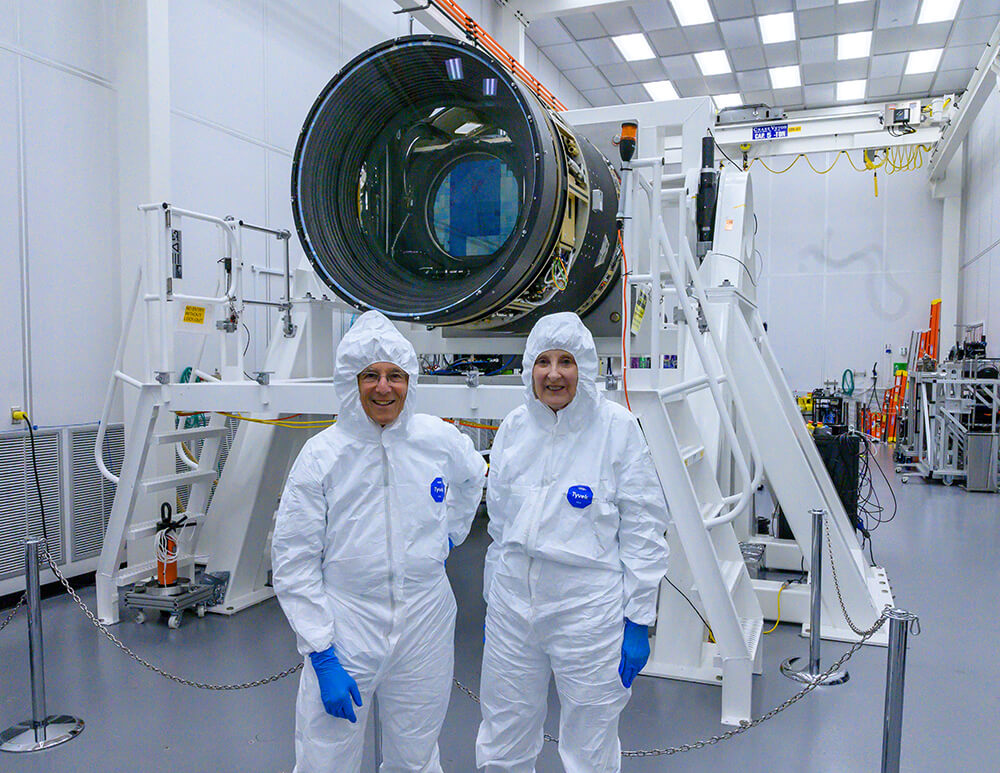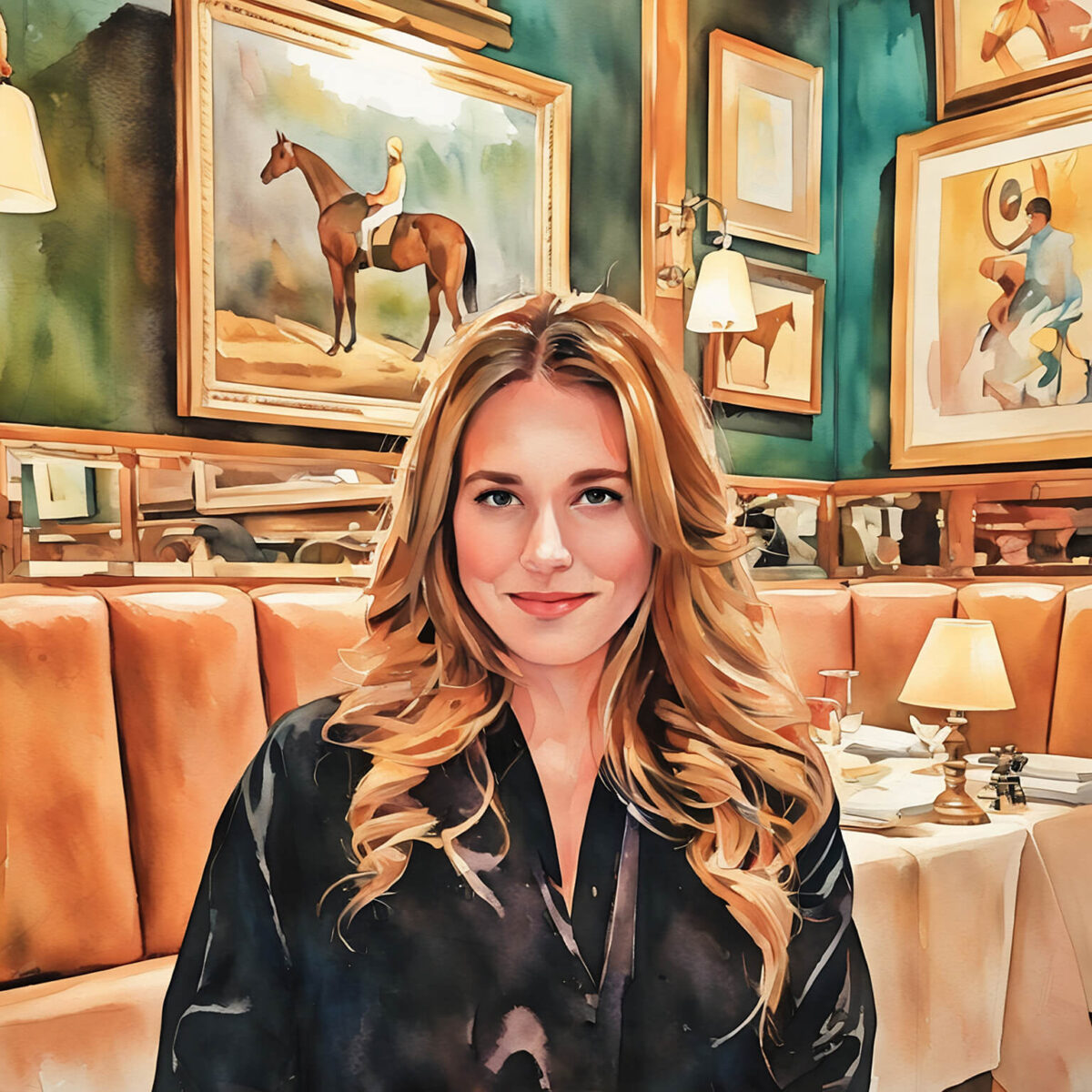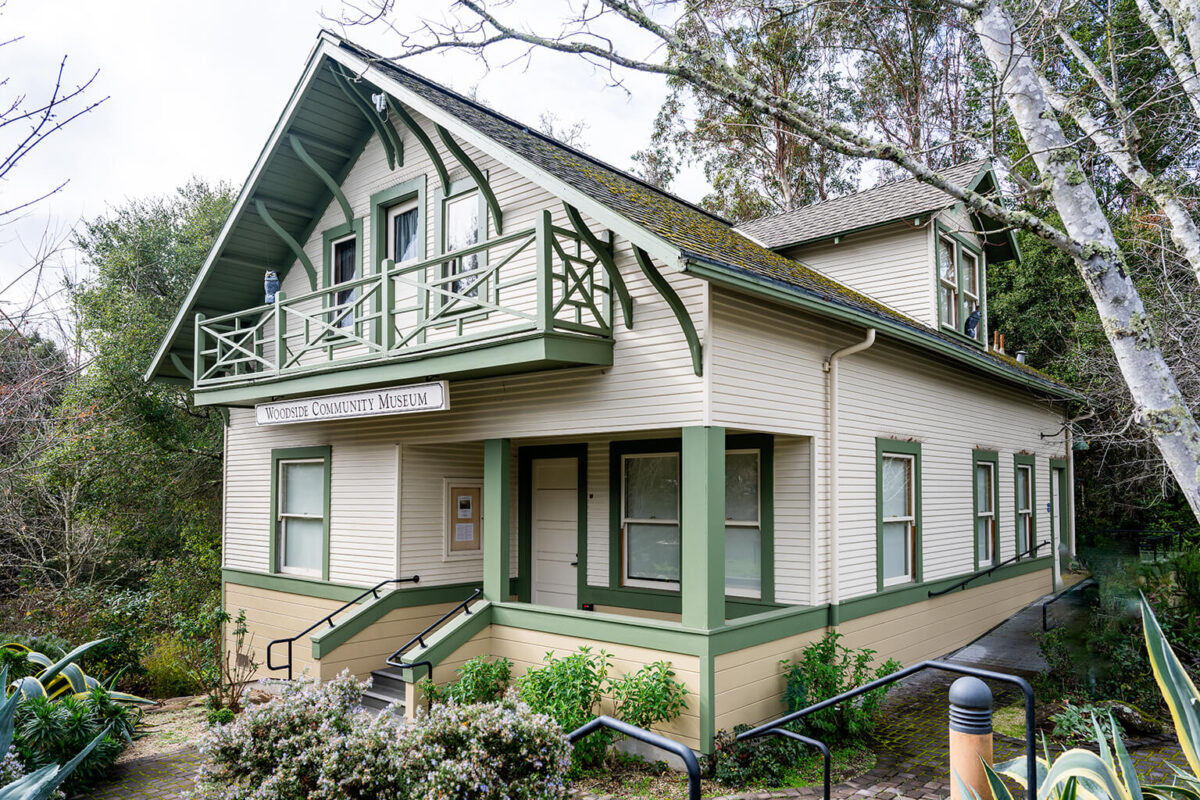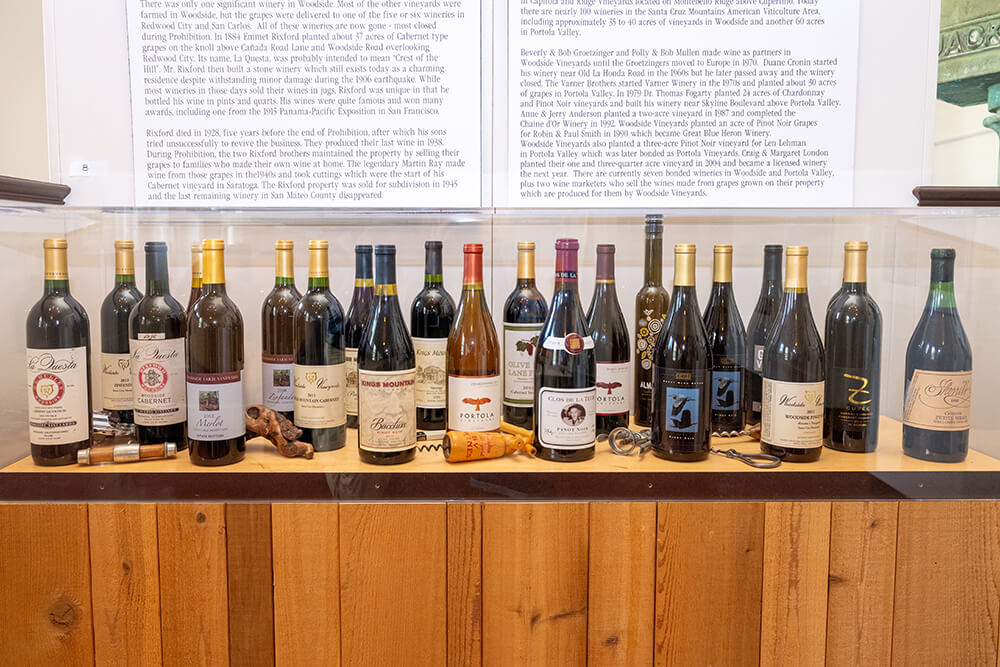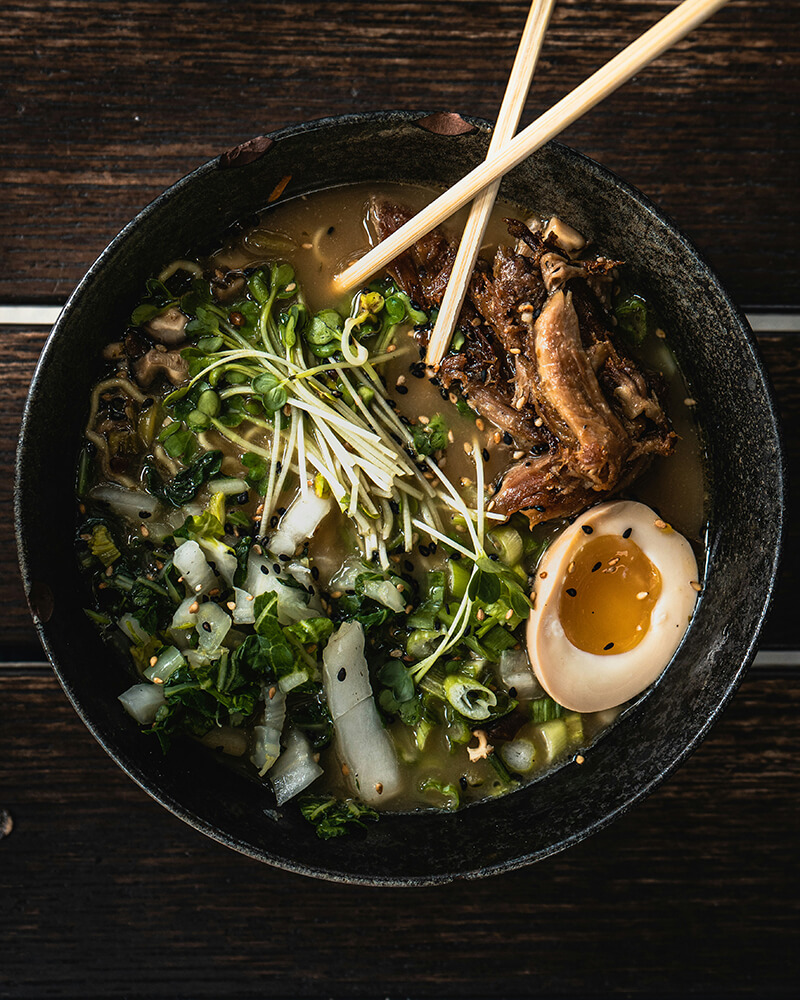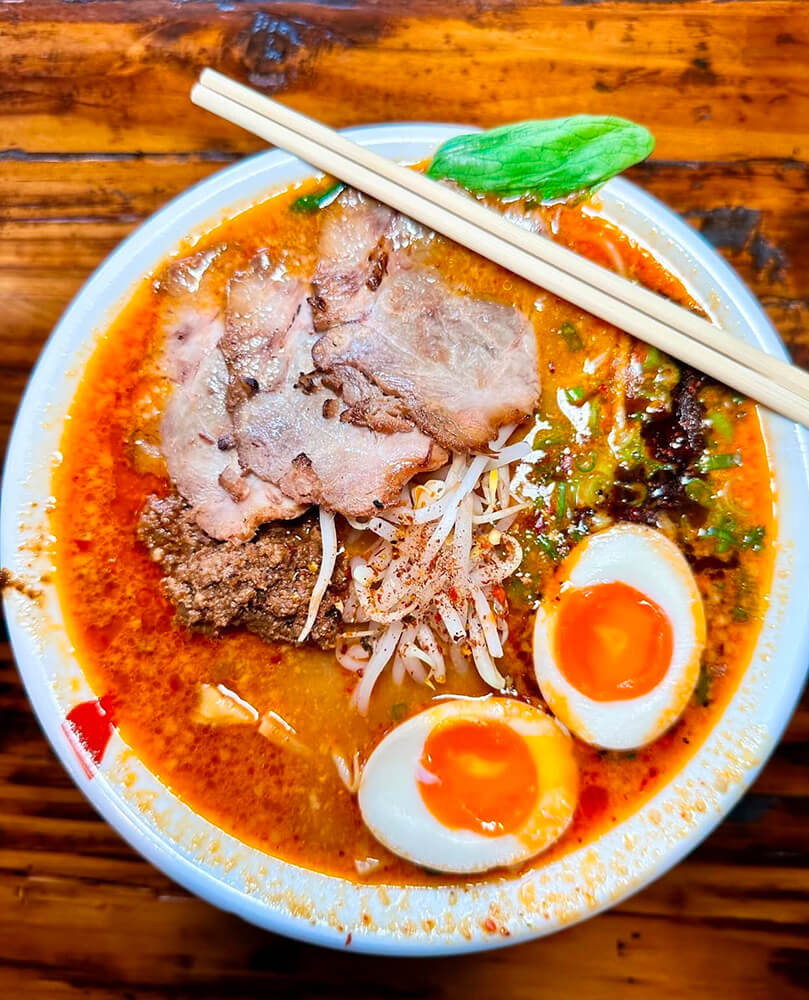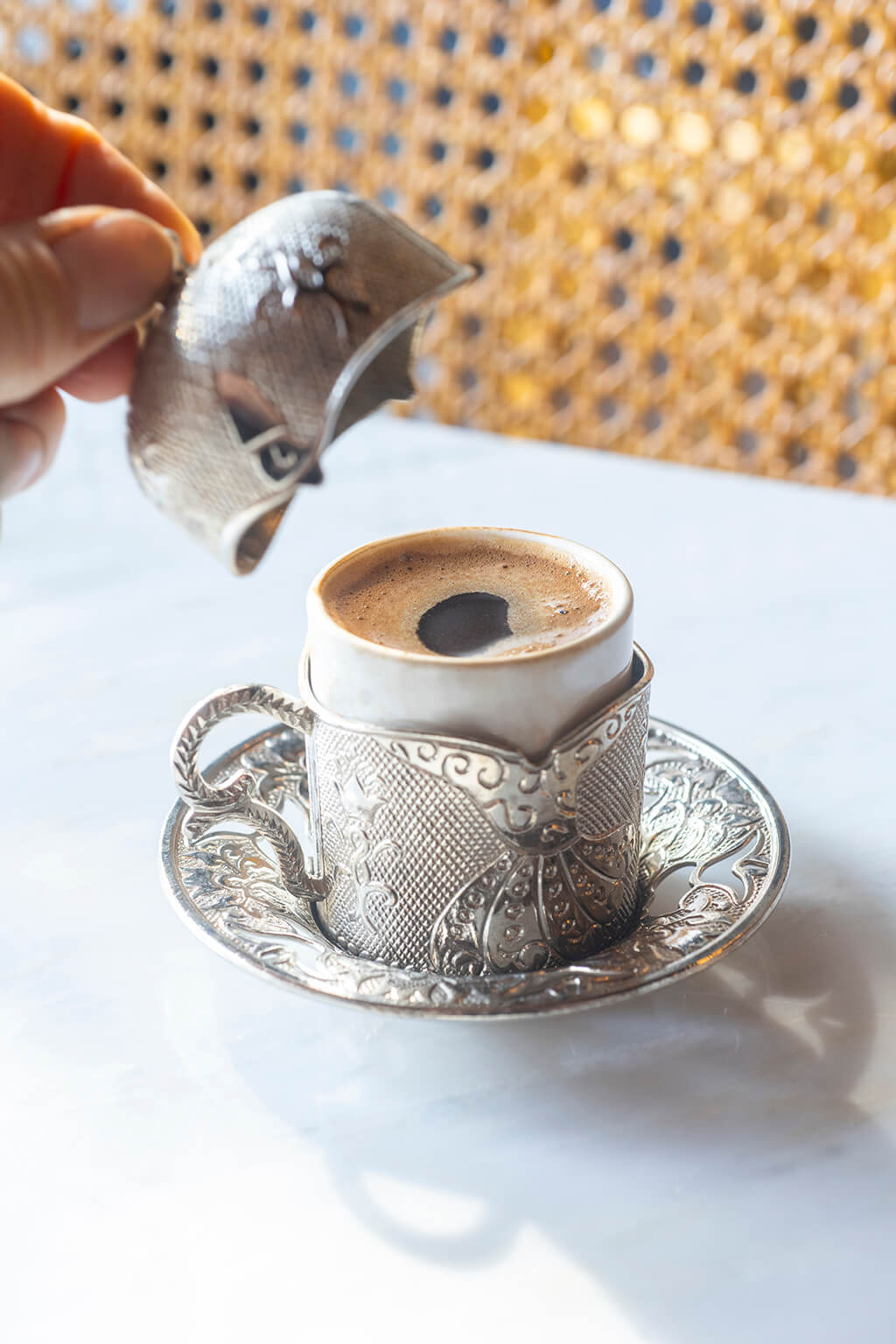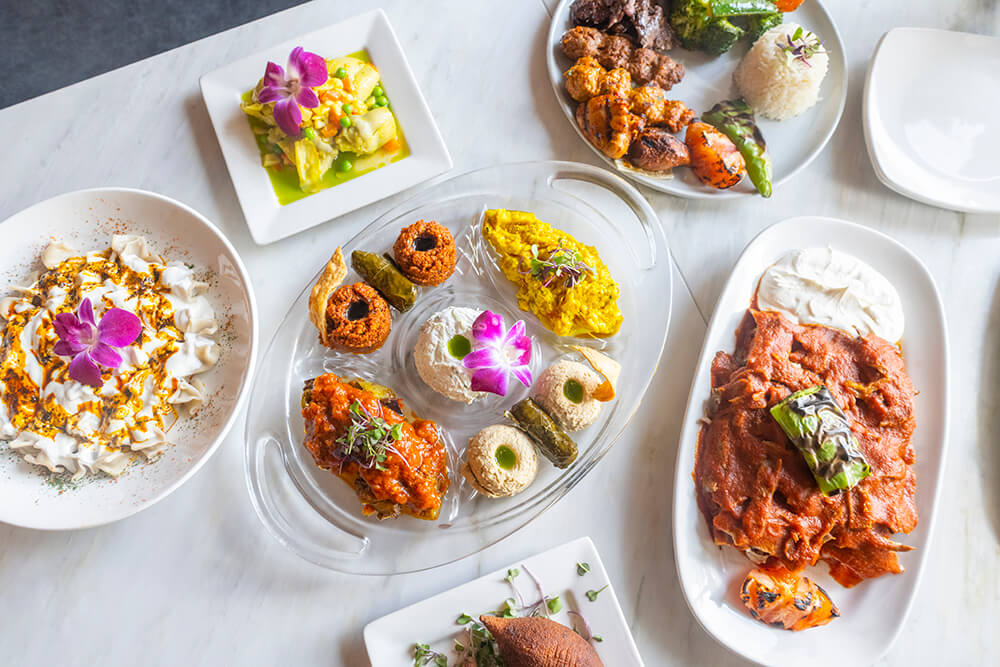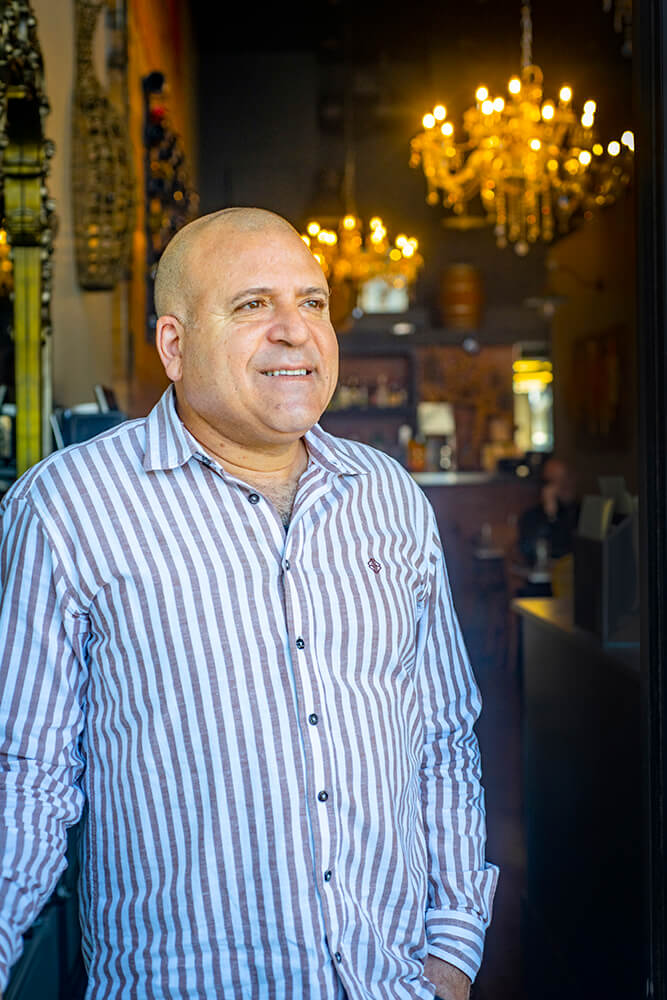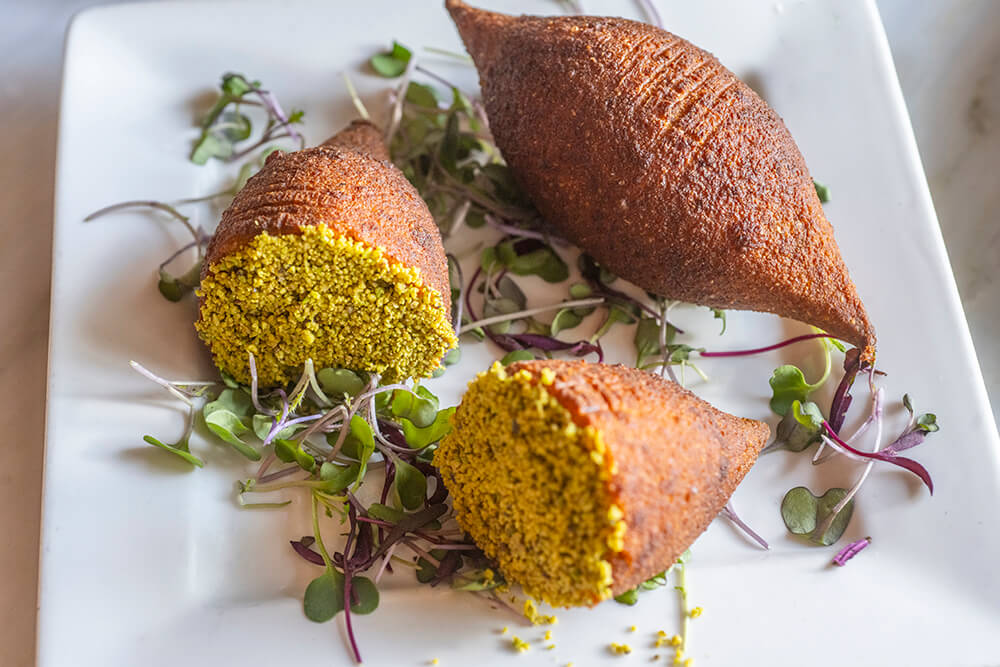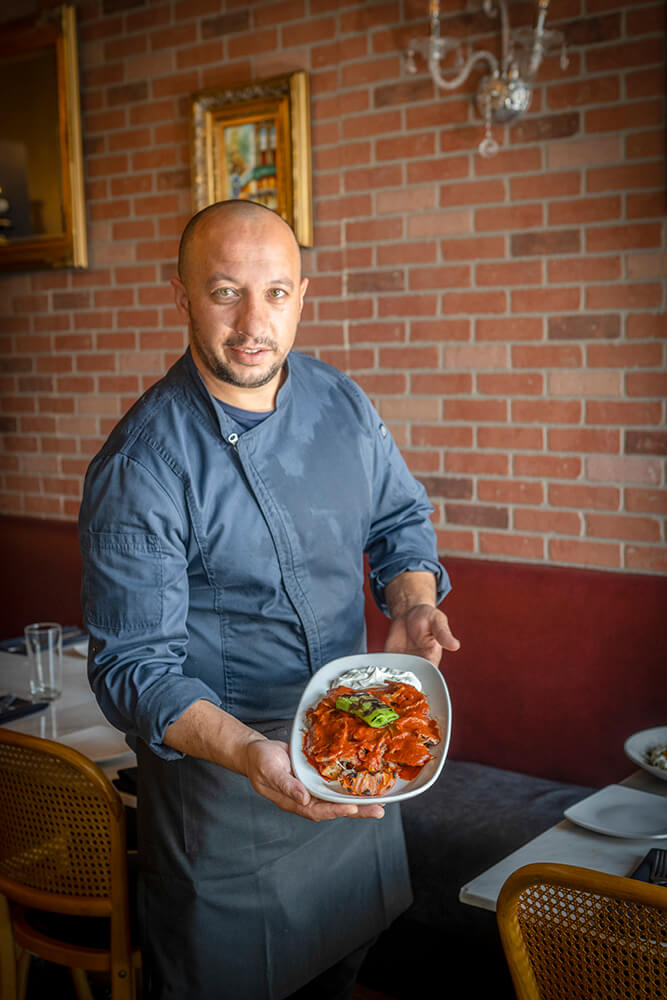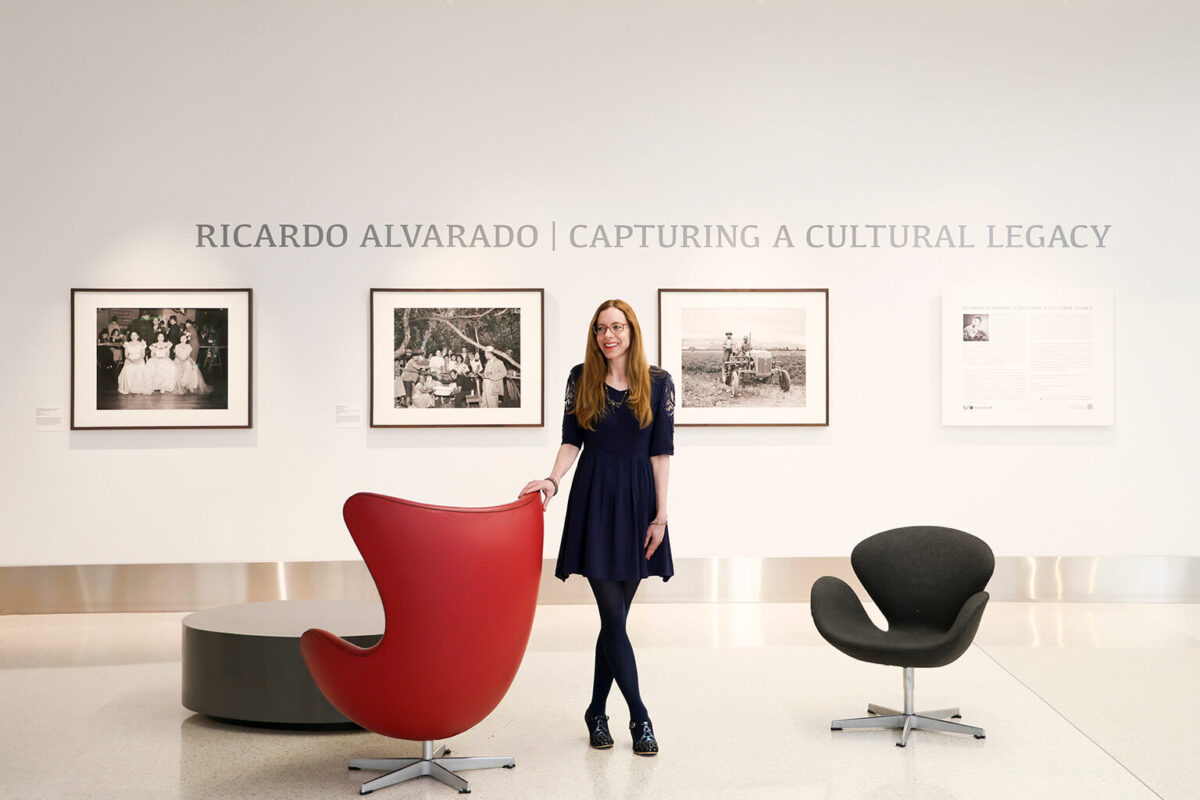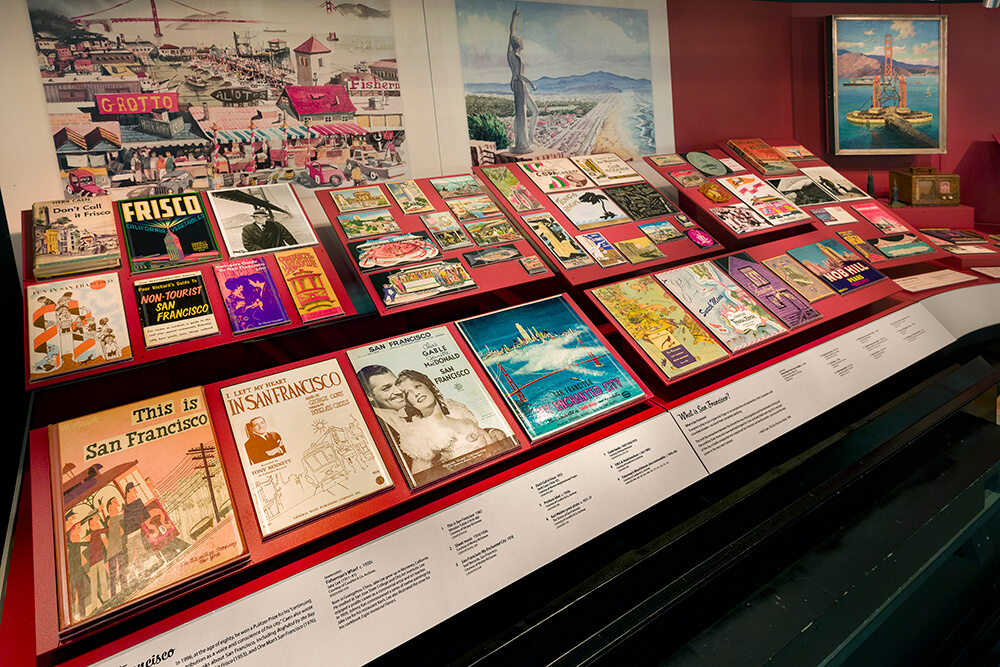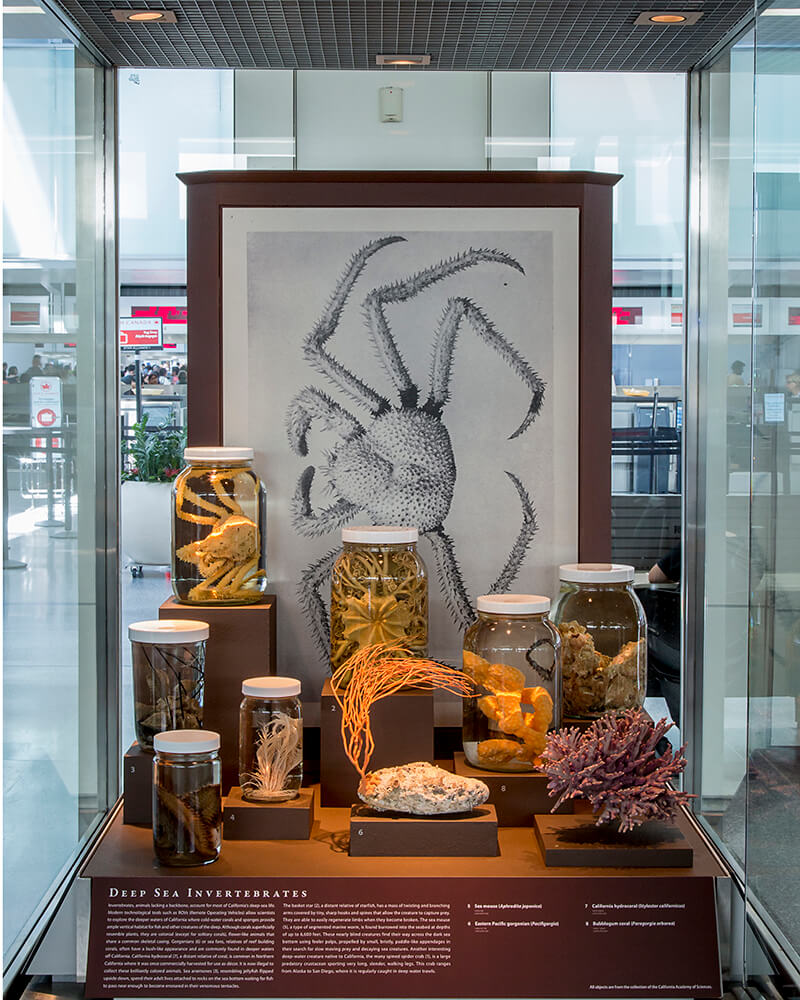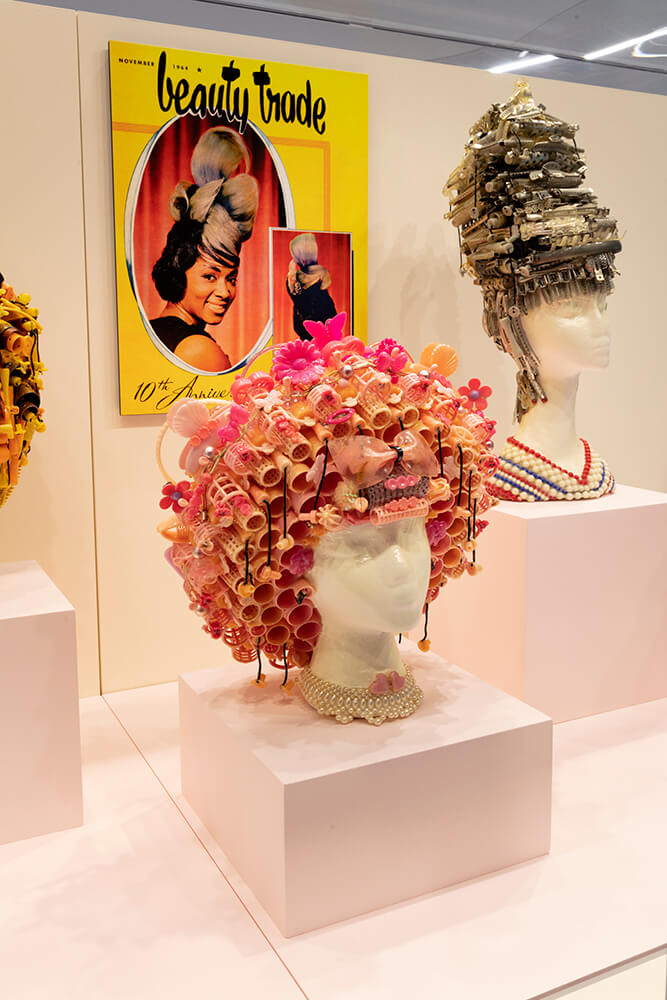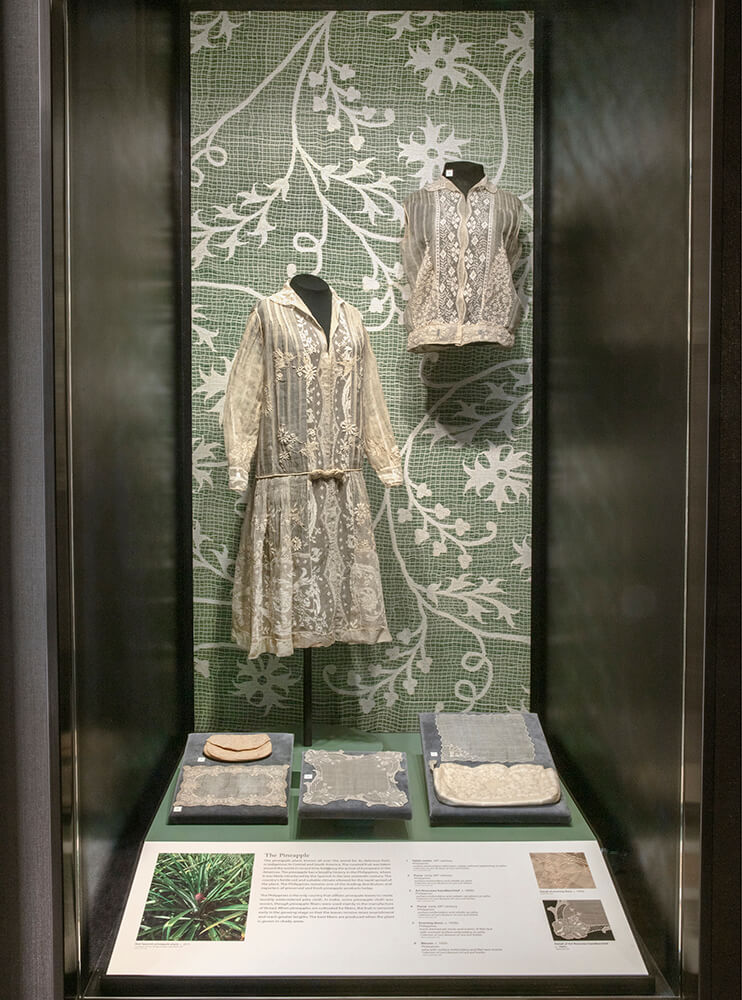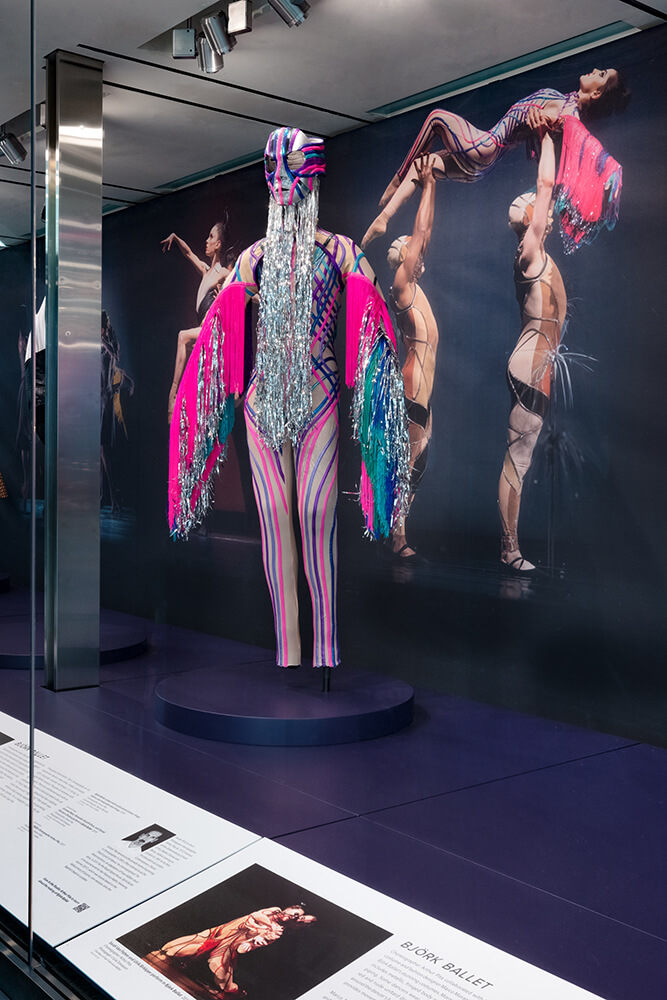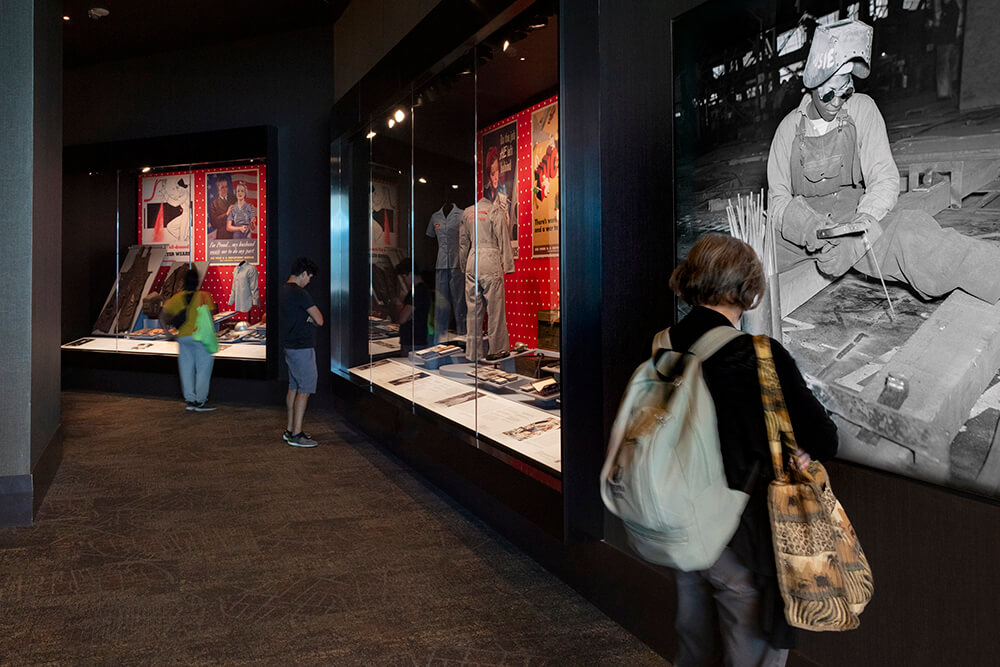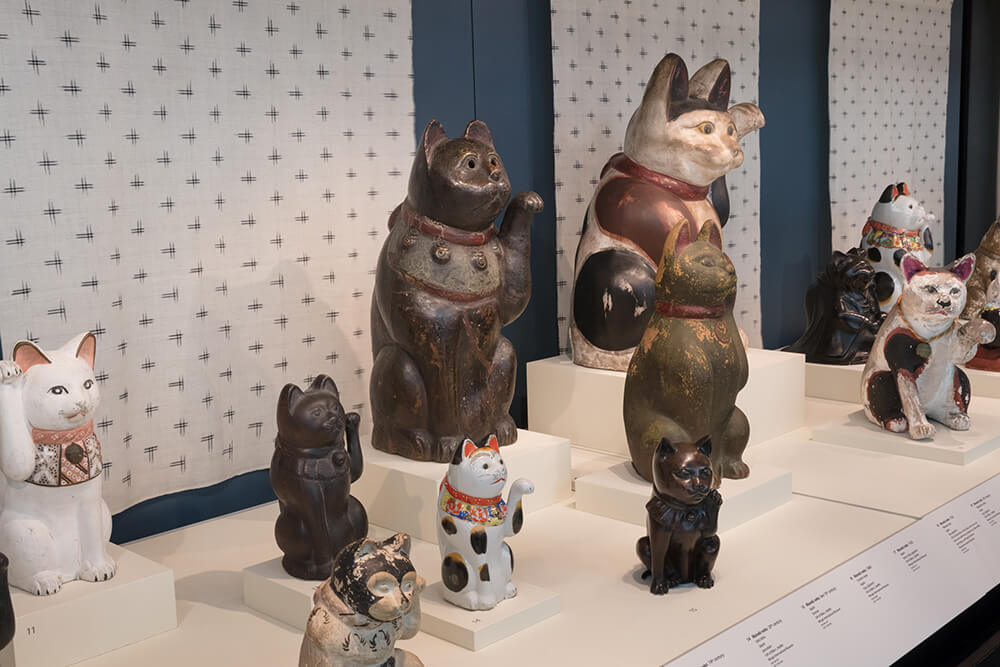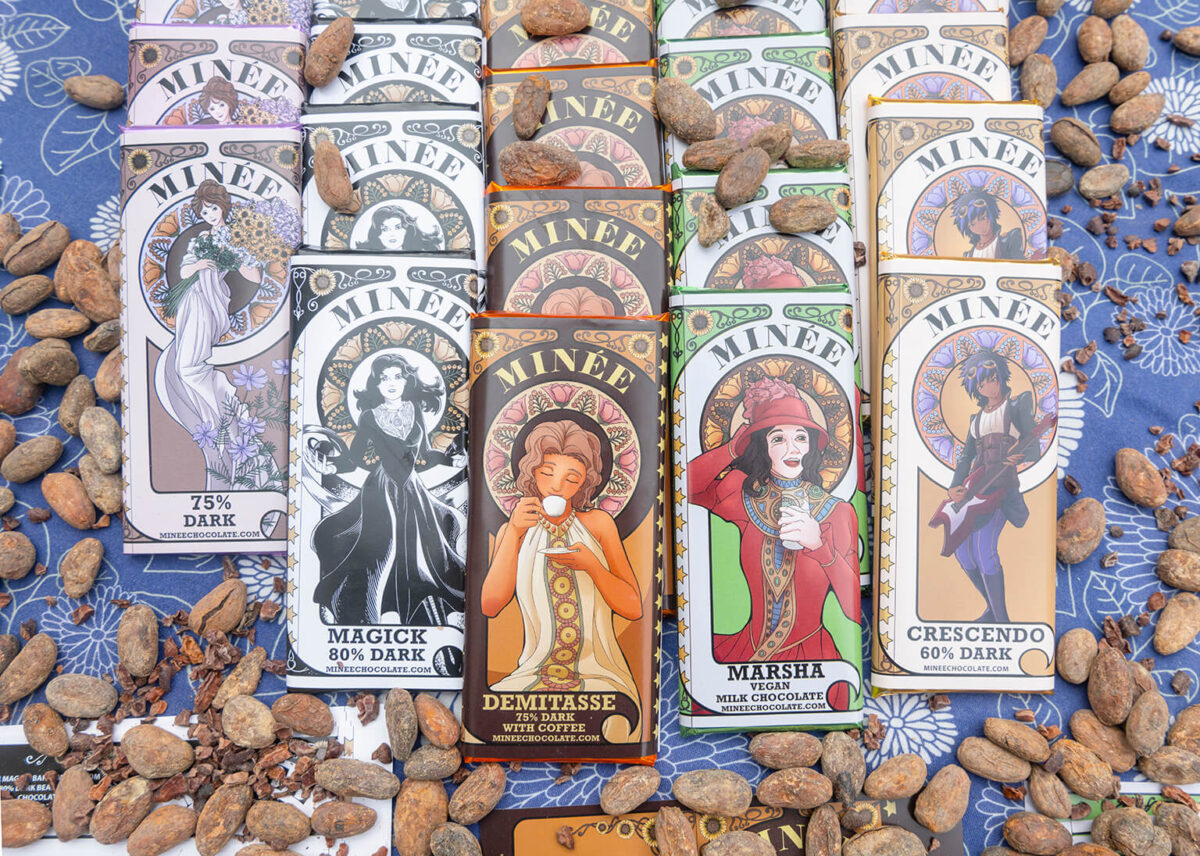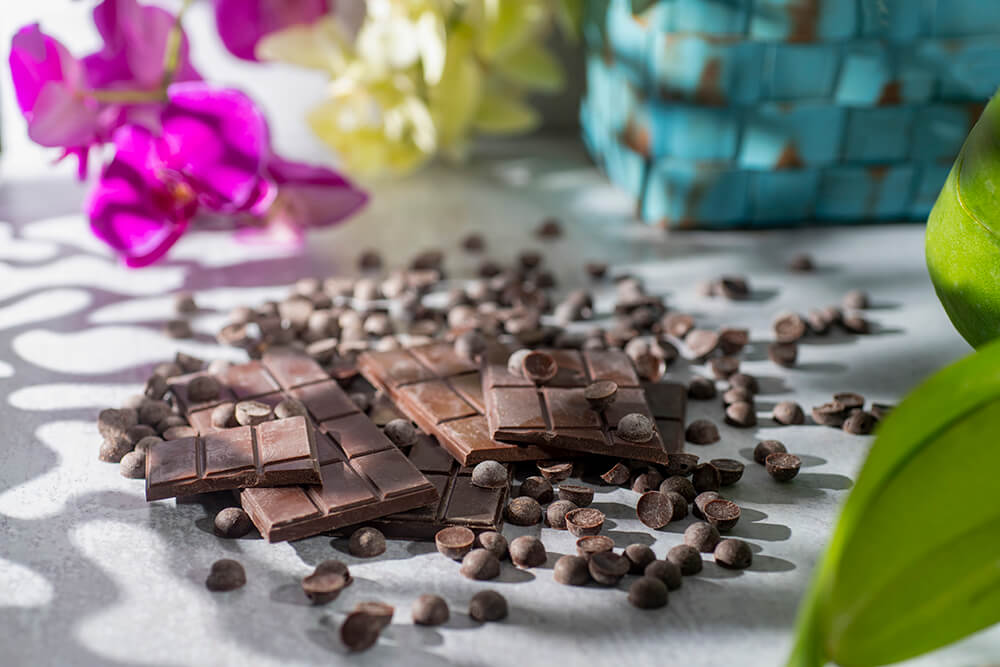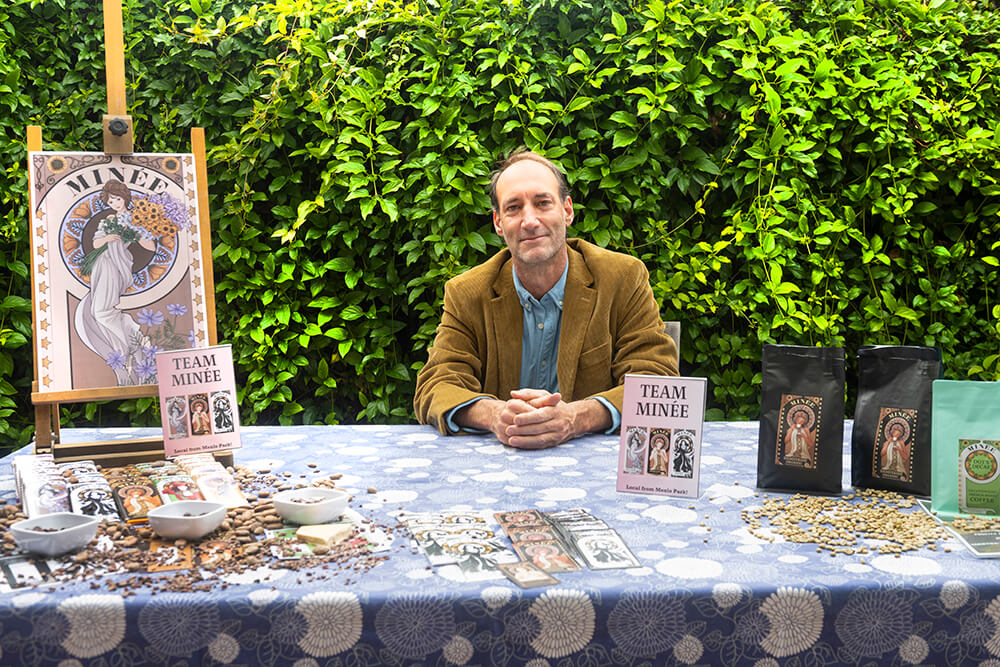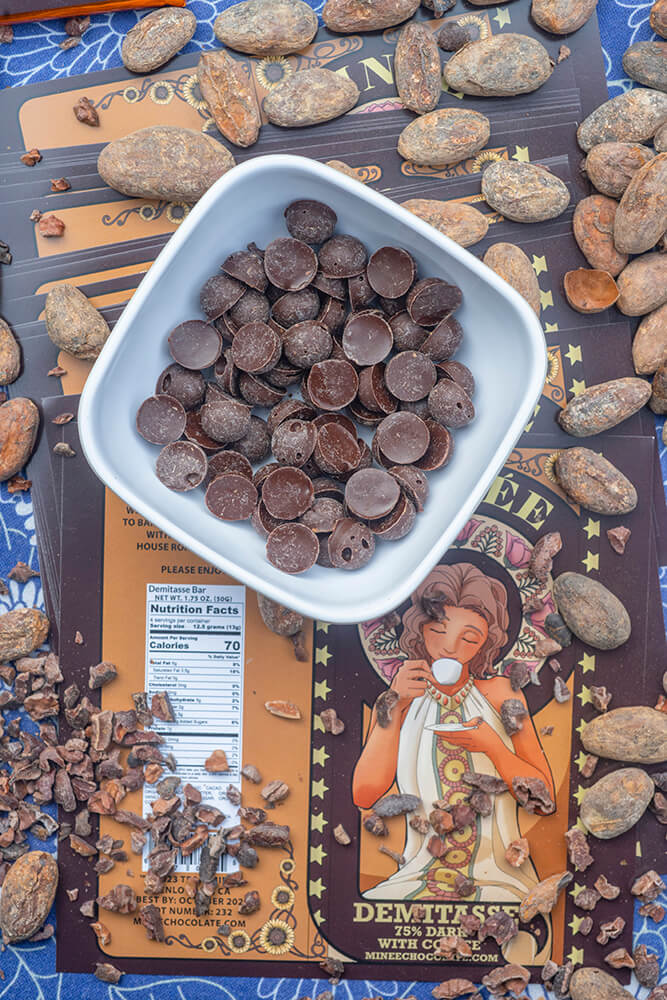Words by Sheri Baer
As the famed Danish author Isak Dinesen once penned, “The cure for anything is salt water: sweat, tears or the sea.” How right Dinesen was … ocean sounds and fresh sea air can lift your mood and promote quality sleep. Indeed, what’s more inherently soothing than being near the ocean—the rhythmic ebb and flow of waves, a salty breeze and an expansive horizon stretching to infinity?
If you’re looking to spend time with Mother Nature’s therapist, Monterey now touts two newly remodeled oceanfront hotels: Monterey Beach Hotel and The Sanctuary Beach Resort. Both provide crashing surf just steps from your door with their own signature takes on relaxation, wellness and coastal escape.
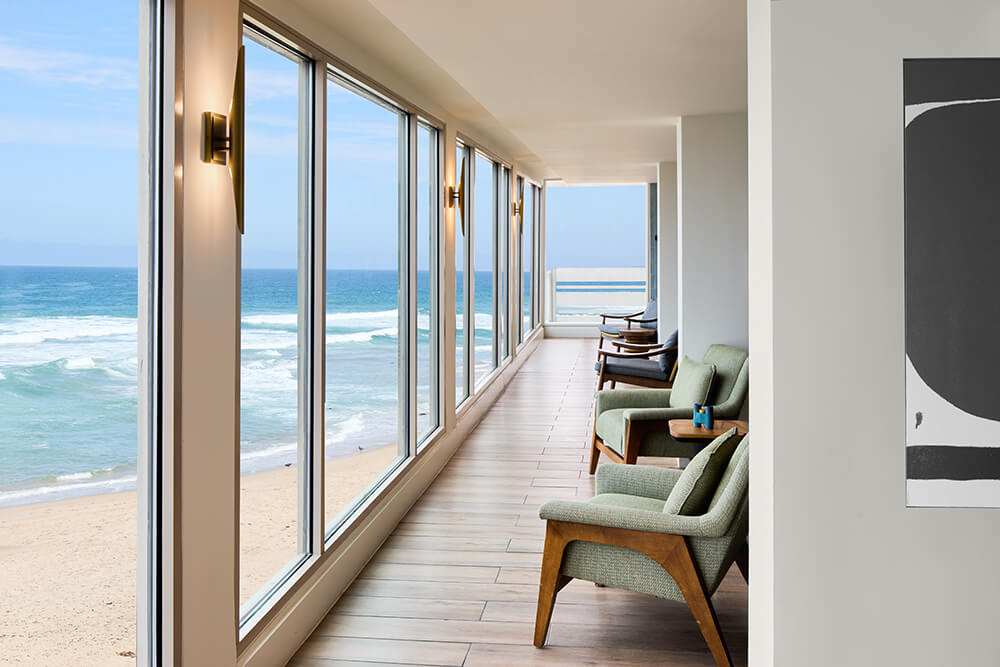
Cover Photo Courtesy of: The Sanctuary Beach Resort / Photo Courtesy of: Ron Starr
Monterey Beach Hotel: Coastal Energy
Originally built during 1967’s “Summer of Love,” Monterey Beach Hotel resides 60 feet from the water’s edge and just minutes from downtown Monterey. While its location always commanded a seabird’s view of the ocean, a dramatic renovation revitalized the hotel’s mid-century architecture, blending it seamlessly with a fresh and contemporary coastal design.
Fronting Monterey State Beach and nestled directly over a private stretch of shoreline, the property features 188 guestrooms and four suites. Color palettes—sandy tones, cool blues and warm wood accents—mirror the natural elements outside. Although some rooms have garden views, the majority face the ocean. Book surfside if you can and gaze away, taking advantage of a cozy sitting area and handy binoculars.
This is a property that soundly celebrates passion for the sea. Everywhere you look, you’ll find dedicated spaces for paying communal homage. Step into the Lobby Lounge, and you’re greeted by expansive floor-to-ceiling windows showcasing the ever-shifting show. Against a natural symphony of pounding waves, one moment the beach is veiled in mist as fog rolls in; the next reveals golden sunlight and endless blue sky.
Whether it’s for morning coffee or sunset happy hour, grab a table, settle into a comfy chair or hunker down by the fireplace. Think of the lounge like your living room, if it had breathtaking views, a tasty menu and a self-serve tap wall carrying a diverse selection of Central Coast wines.
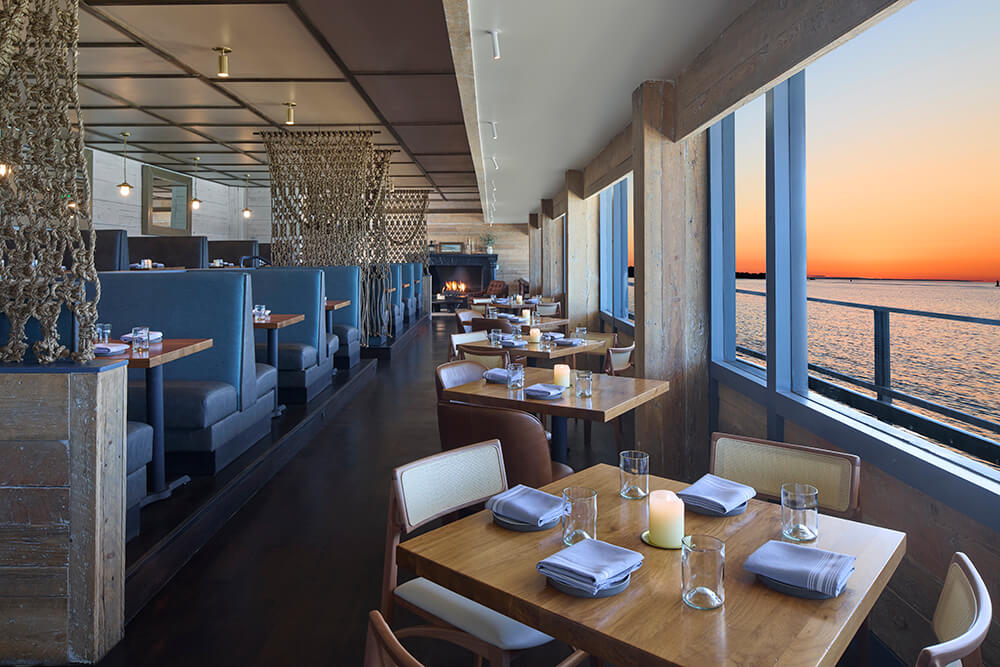
Photo Courtesy of: Ron Starr
On the top floor, the hotel’s signature restaurant, The Lantern Room, also greets guests with panoramic ocean vistas. Nautical touches set the scene for local catch and land-to-table offerings. Standouts include plump salt spring mussels in a lobster coconut Thai curry (with grilled bread from Ad Astra for sopping up the broth), Monterey Bay miso black cod and pea shoot mafaldine pasta. Or embrace the elements with outside lounge seating at Tidewater, where firepits and warm blankets await, along with handcrafted cocktails and a curated menu of hyper-local fare.
Notably dog-friendly, Monterey Beach Hotel gives off active and energizing vibes. With the beach right there, what’s your excuse? Even the seabirds seem to squawk, “Come take a walk!” Other amenities include a spacious fitness center, pool deck and newly-opened Scandinavian-inspired barrel sauna and ice baths. Another big draw: the hotel’s complimentary Zybra e-bike rentals and jump-right-on access to the Monterey Bay Coastal Recreational Trail that stretches from Castroville to Pacific Grove. Venture south five miles and you’ll pedal past barking harbor seals at Fisherman’s Shoreline Park, scenic Cannery Row and the iconic Monterey Bay Aquarium before reaching the grassy park and beach at Lovers Point.
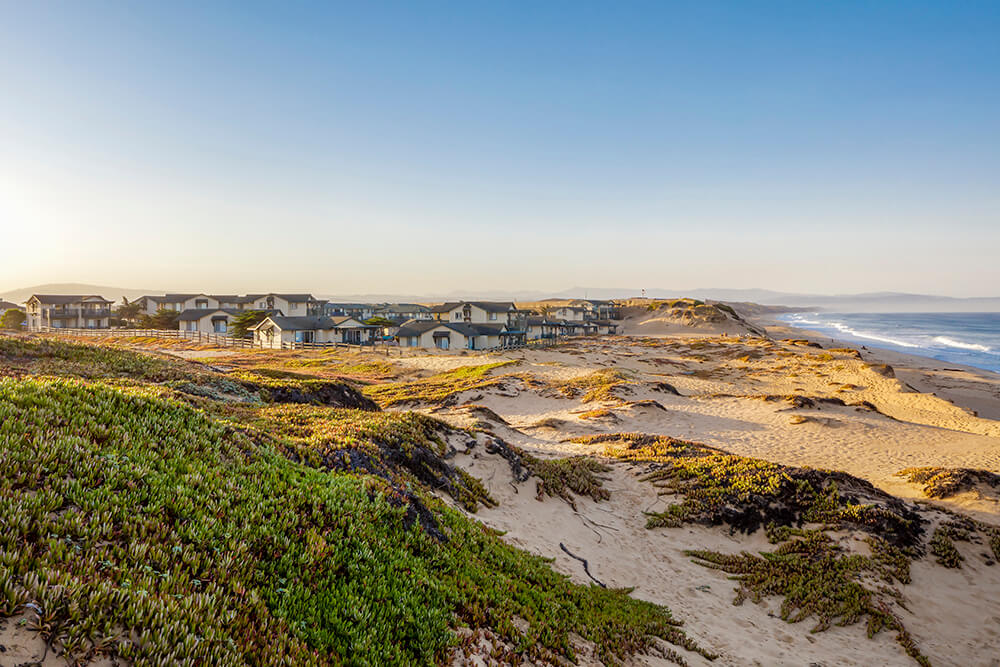 Photo Courtesy of: The Sanctuary Beach Resort
Photo Courtesy of: The Sanctuary Beach Resort
The Sanctuary Beach Resort: Oceanfront Oasis
Woven into 19 acres of shoreline and protected oceanfront dunes, Marina’s The Sanctuary Beach Resort delivers on the promise of its name. The ethos here is seclusion and tranquility, and the instinct is to burrow in, even though it’s an easy hop to the buzzy hubbub of downtown Monterey.
Fully reimagined and reopened in June 2024, the property presents an inviting haven of beachfront bungalows with 60 rooms and suites. Settle in, and let the earthy, serene decor wash over you. Cozy up by a fireplace, relax on the terrace, soak in the views: breathe, unwind, restore.
Configured as a wellness retreat, The Sanctuary Beach Resort lets you choose your own path to replenishment. Perhaps it’s a studio or beach bluff session run by Monterey Bay Moves: morning yoga flow, core training or a sound bath meditation. Sign up for a guided nature walk, hop on a complimentary beach cruiser bike or take a dip in the outdoor heated pool.
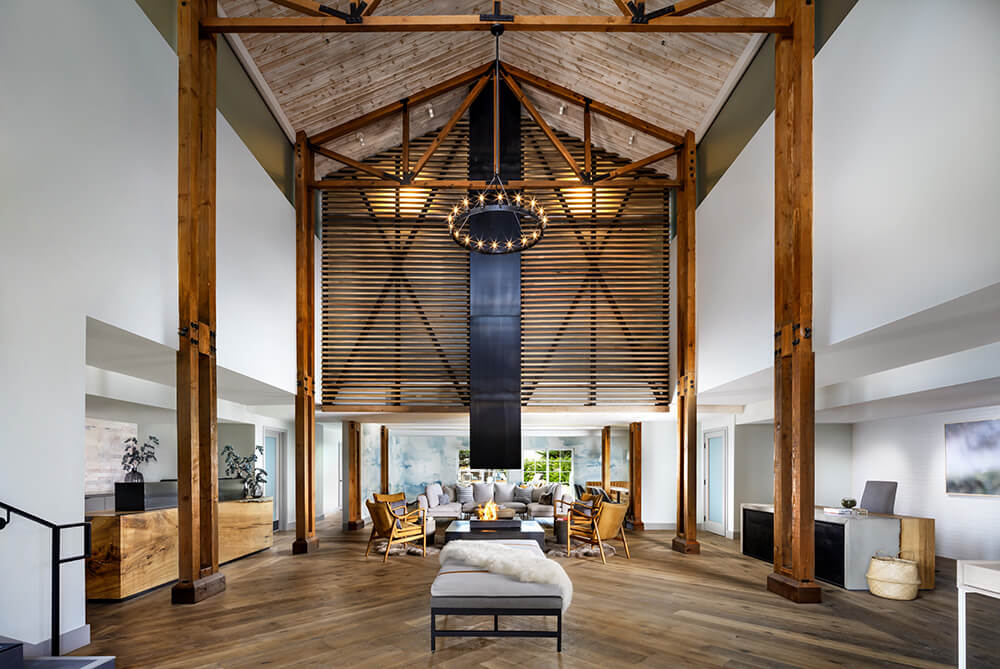
Photo Courtesy of: The Sanctuary Beach Resort
Bury your toes in the sand or swing by the “beach stick library” and play fetch with your dog. Sanctuary’s Renewal Studio & Spa offers seaside-inspired massages and facial treatments with enhancements like infrared therapy, healing hot stones and seaweed mask exfoliation.
There’s nourishment for the soul—and then there’s the belly. On-site restaurant Salt Wood Kitchen & Oysterette serves up traditional, lounge and al fresco dining including a “paw-tio menu.” With striking aesthetics anchored by a central live-fire kitchen and oyster bar, Salt Wood specialties include ultra-fresh oysters, whole wood-grilled catch-of-the-day and Pacific spiny lobster pasta. Salt Wood is open for brunch on the weekends. Weekdays, complement your view of sand dunes and surf with breakfast (hmmm … brioche French toast or an omelet?) delivered by picnic basket to your room.
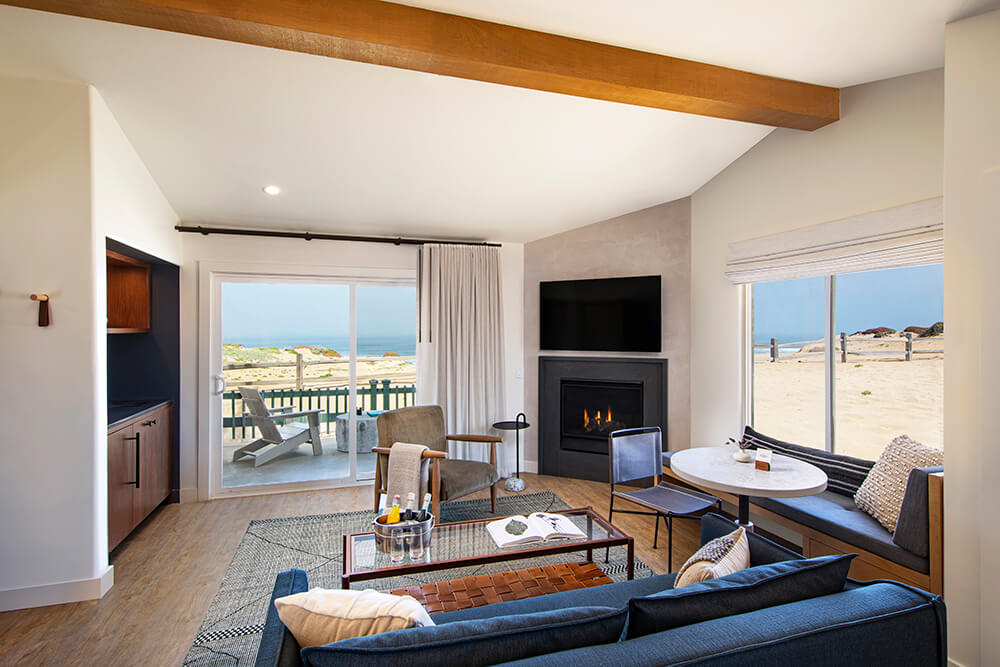 Photo Courtesy of: The Sanctuary Beach Resort
Photo Courtesy of: The Sanctuary Beach Resort
Ocean Lullaby & Good Night
With a seaside escape, you can count on the ocean’s therapeutic presence to infuse every moment of your stay. Make time to fully indulge your senses. Under the night sky, linger by a beach bonfire or fire pit. Sync your breath to the rhythmic lapping of the waves, inhale the cleansing scent of saltwater and feel the gentle touch of ocean breezes. Let all that mind chatter be lulled away before drifting off to sleep.

